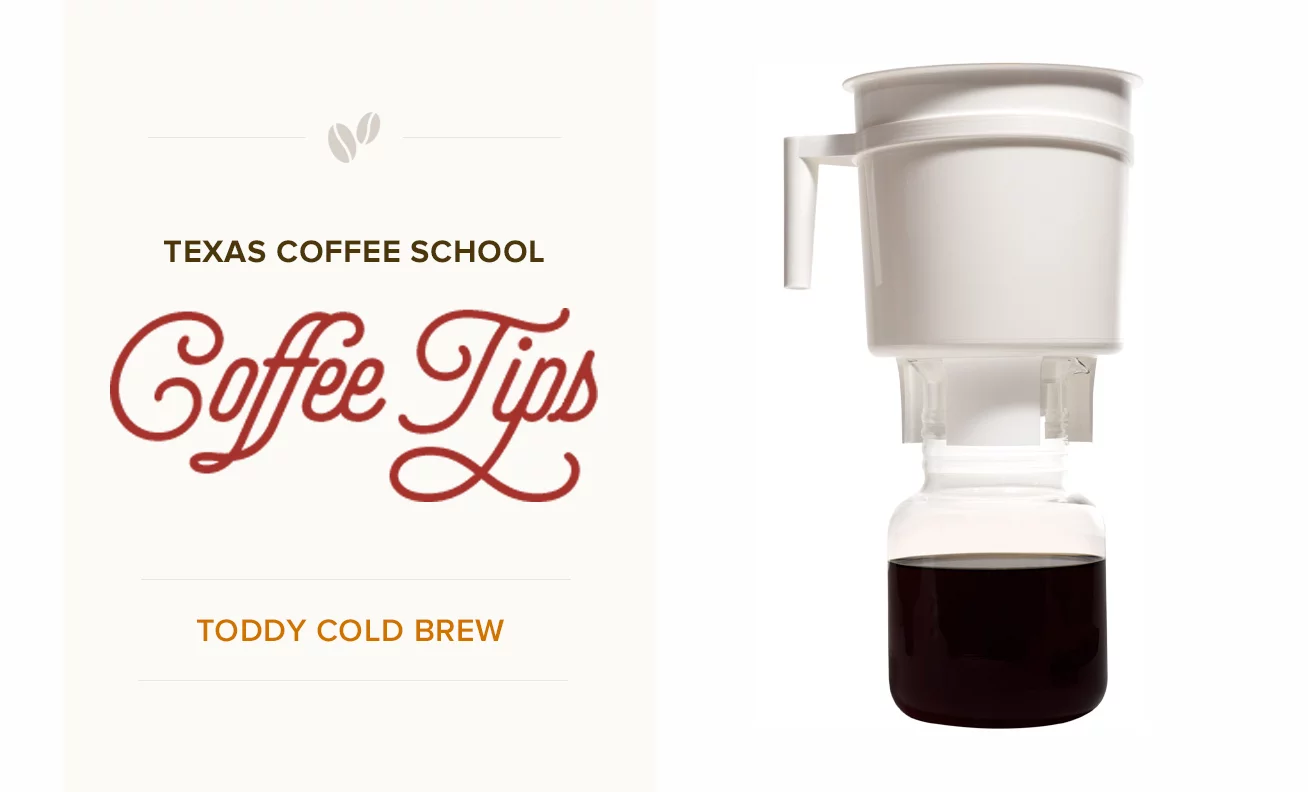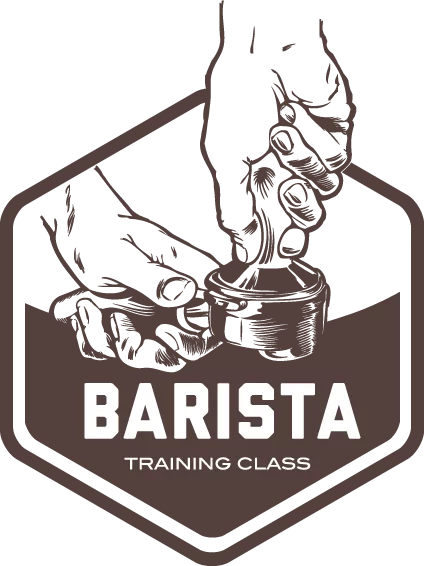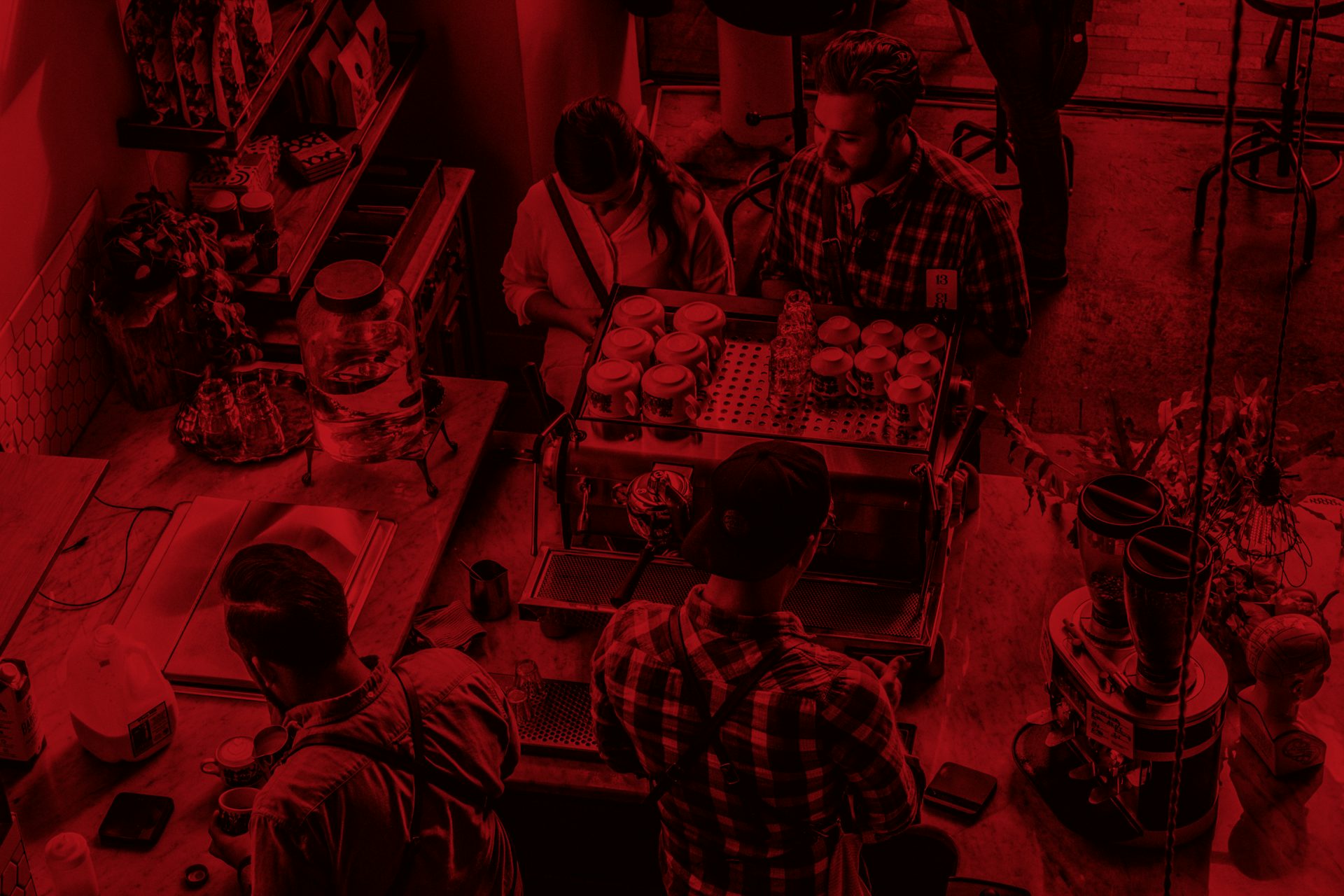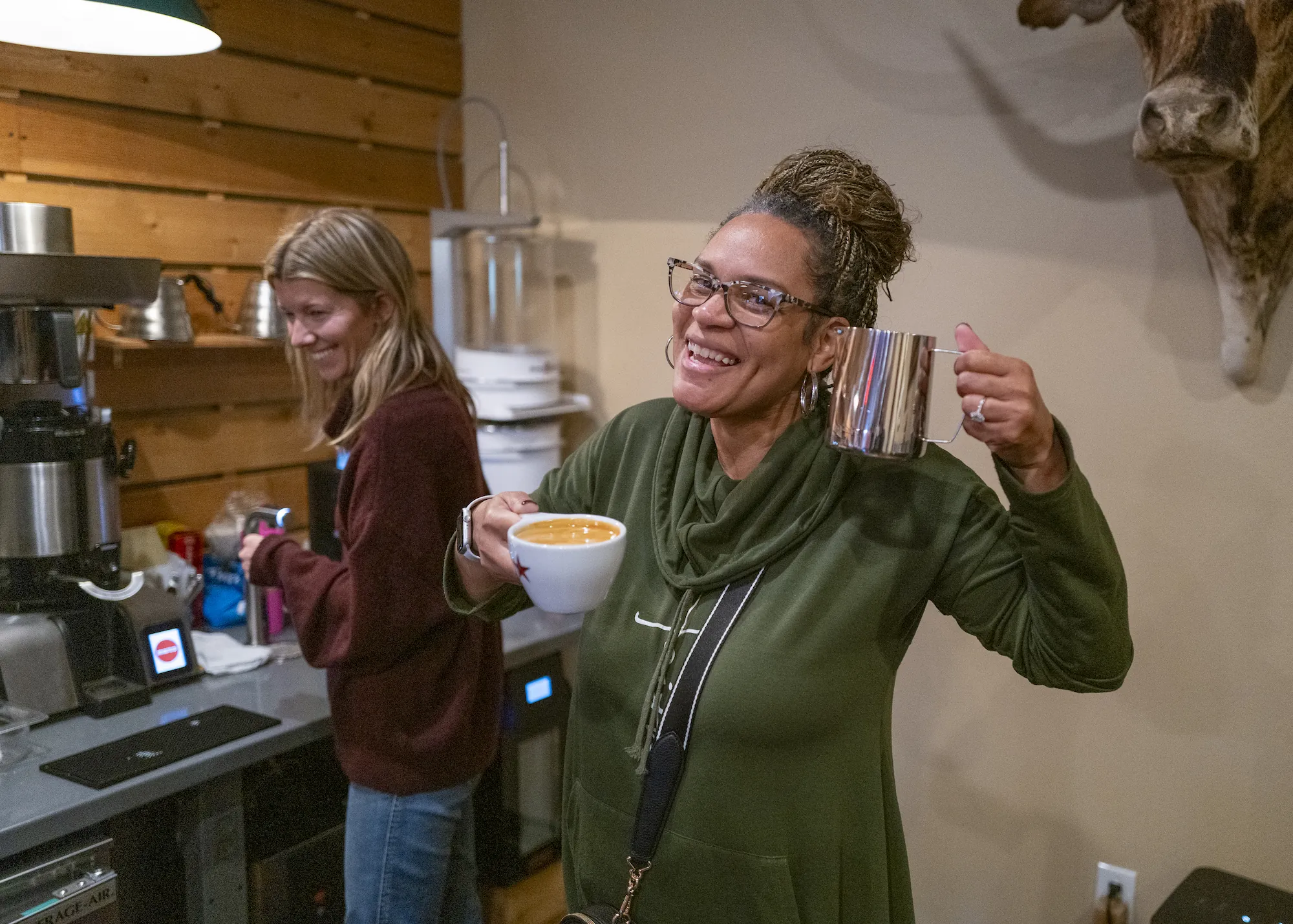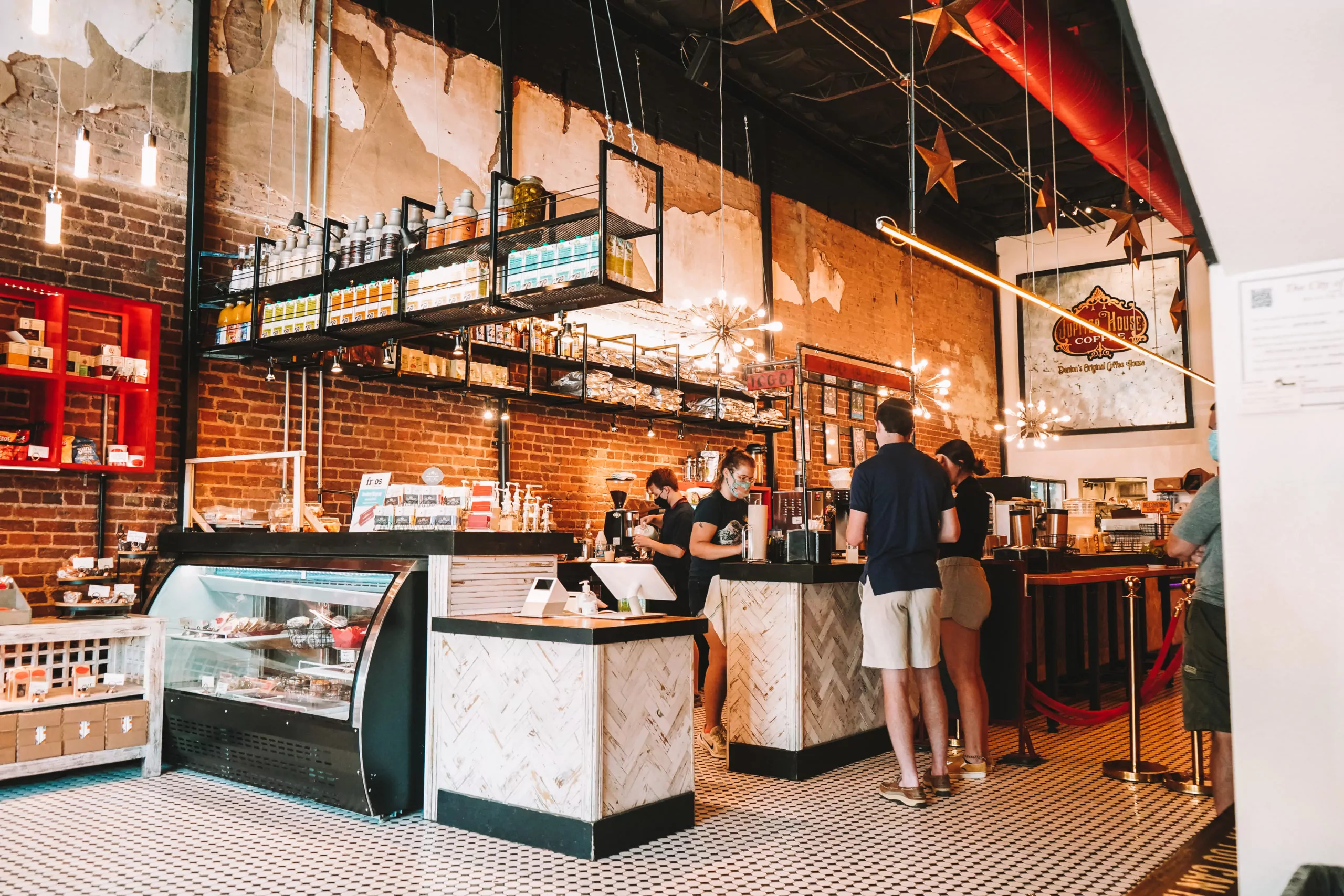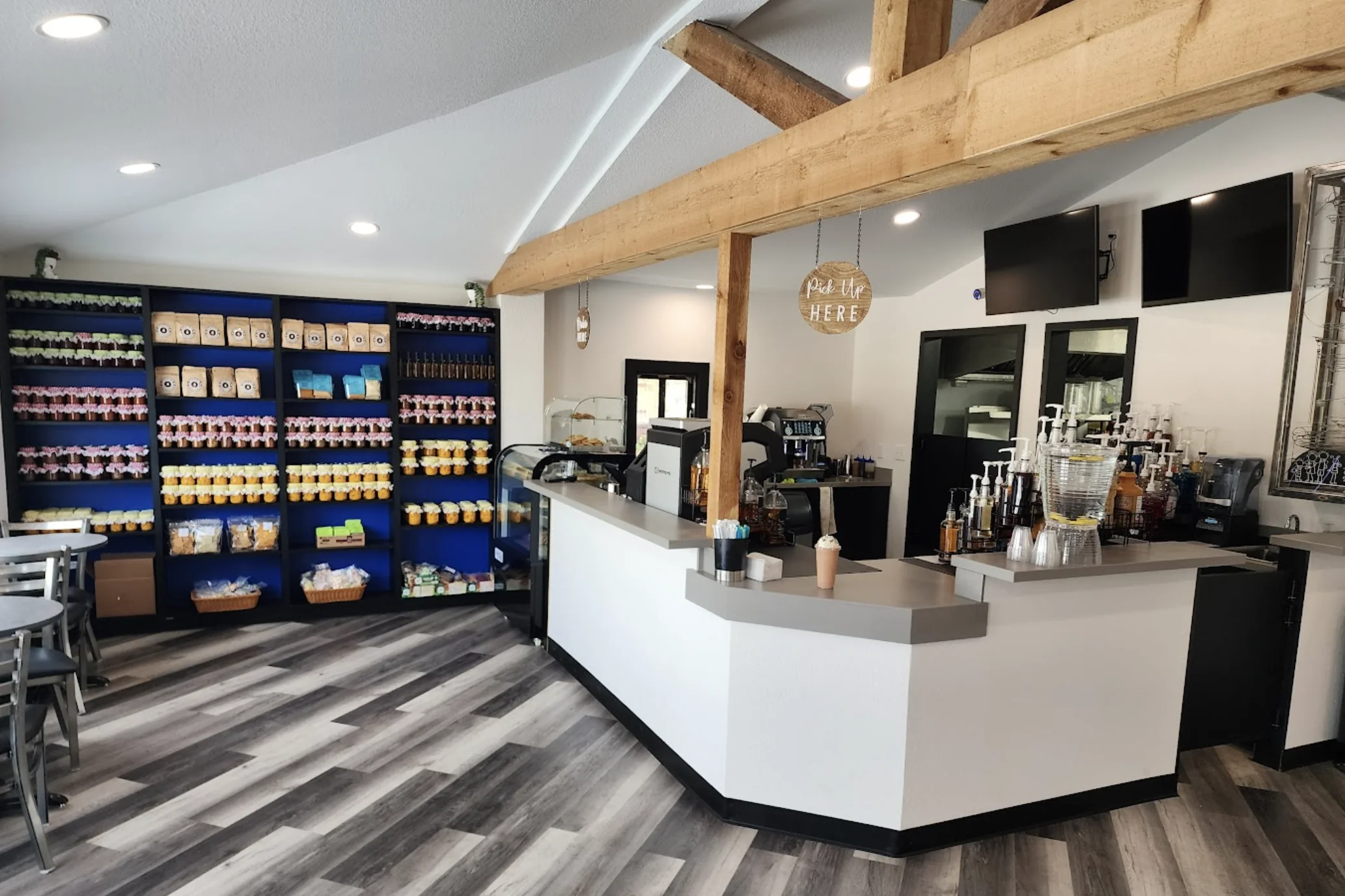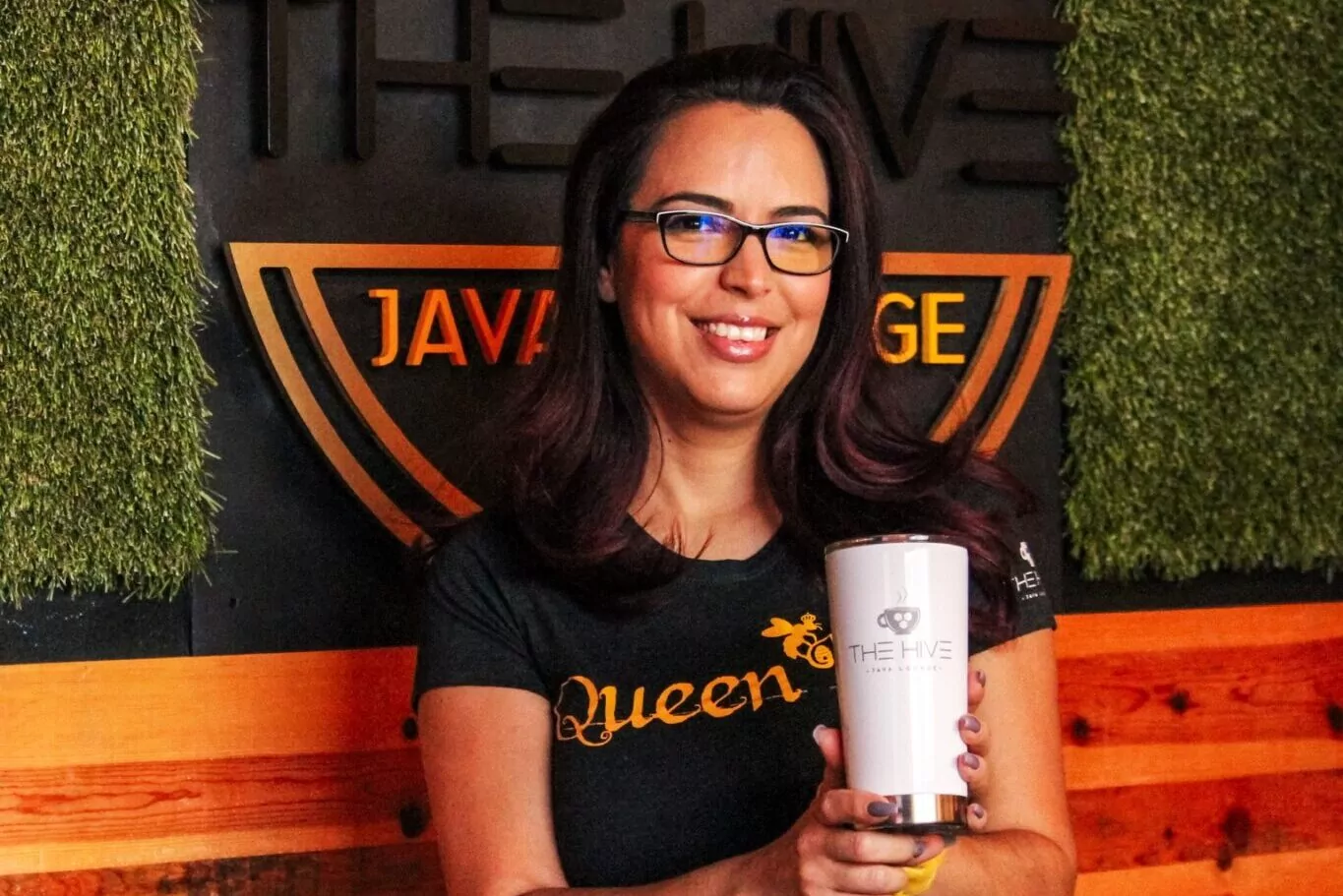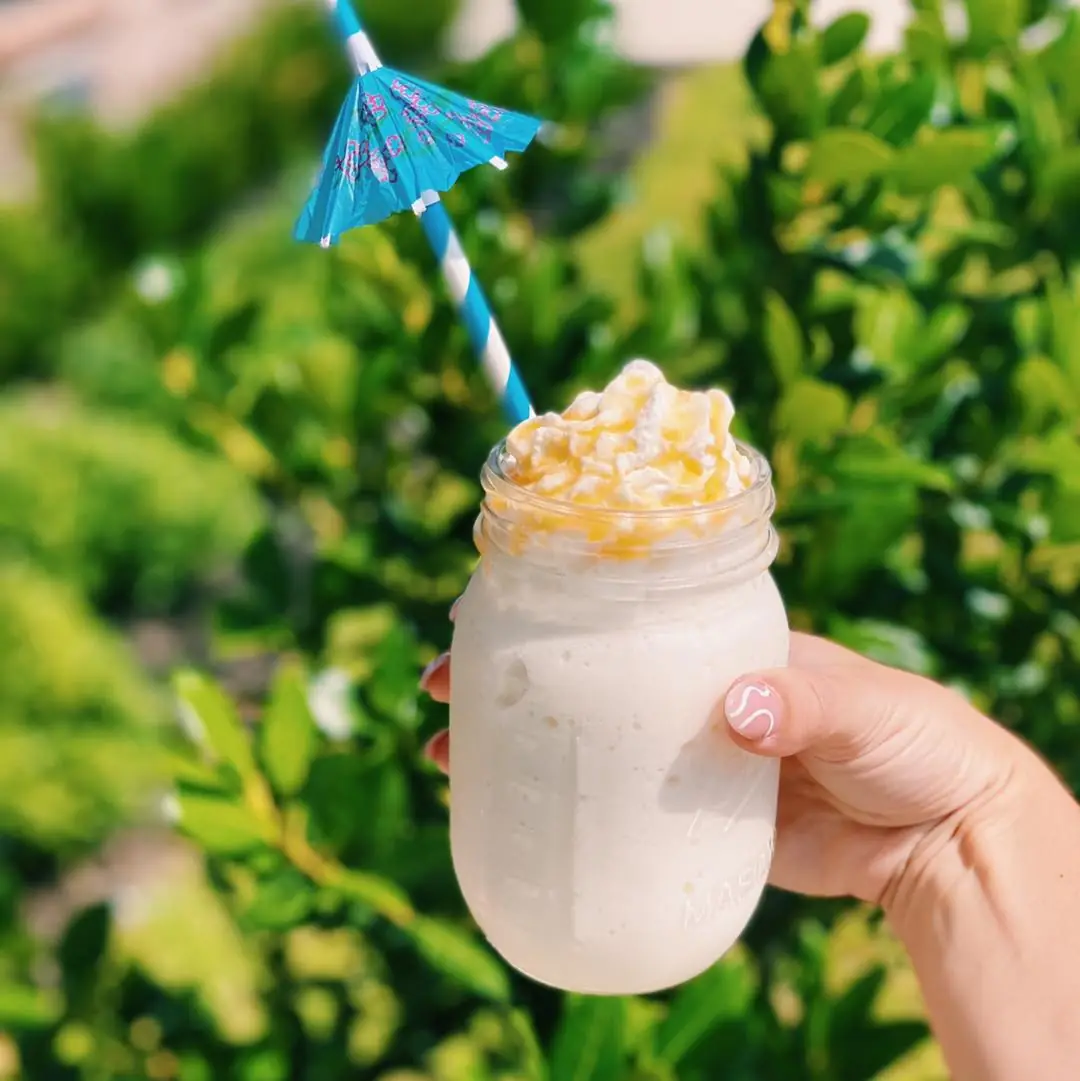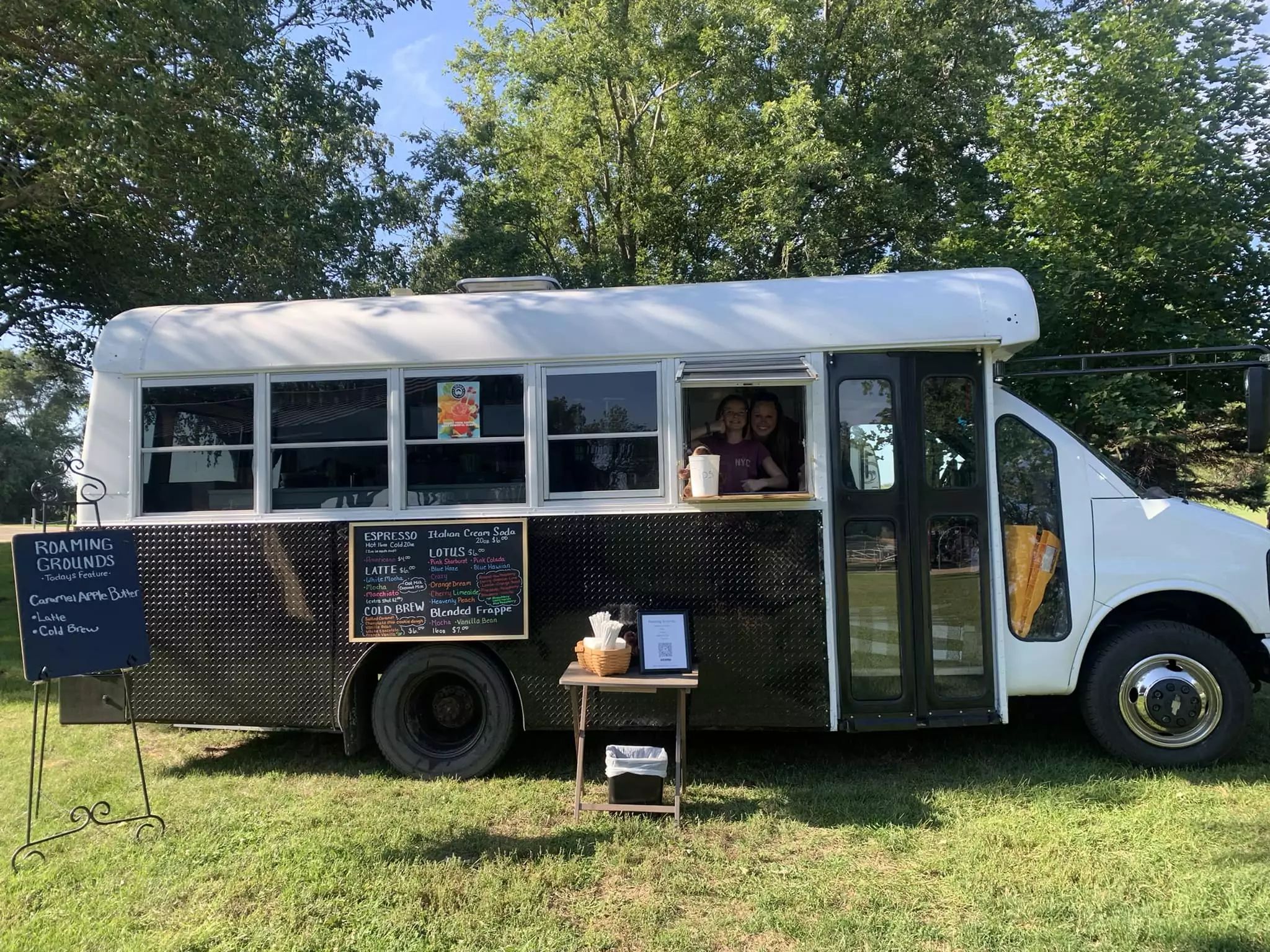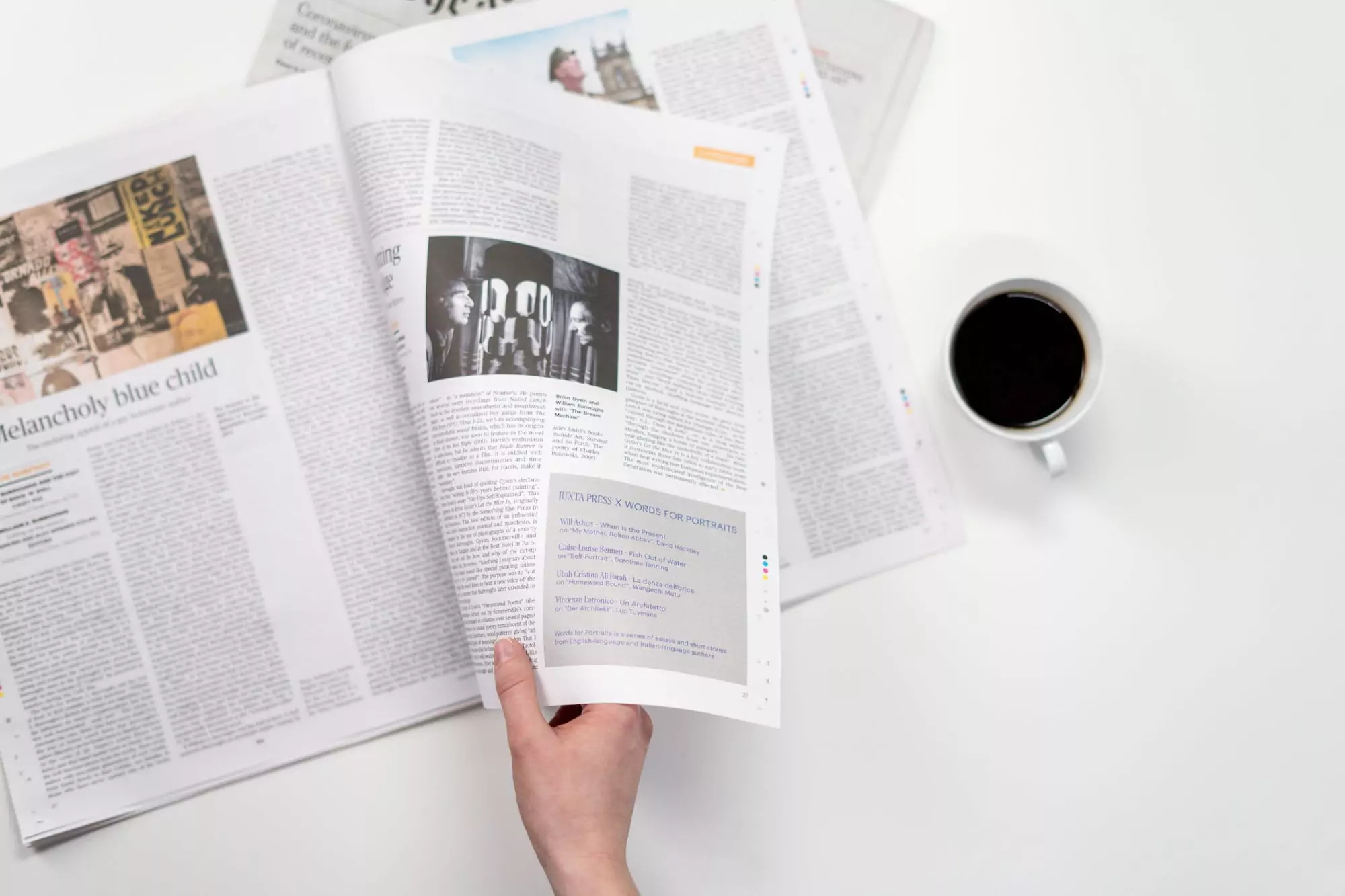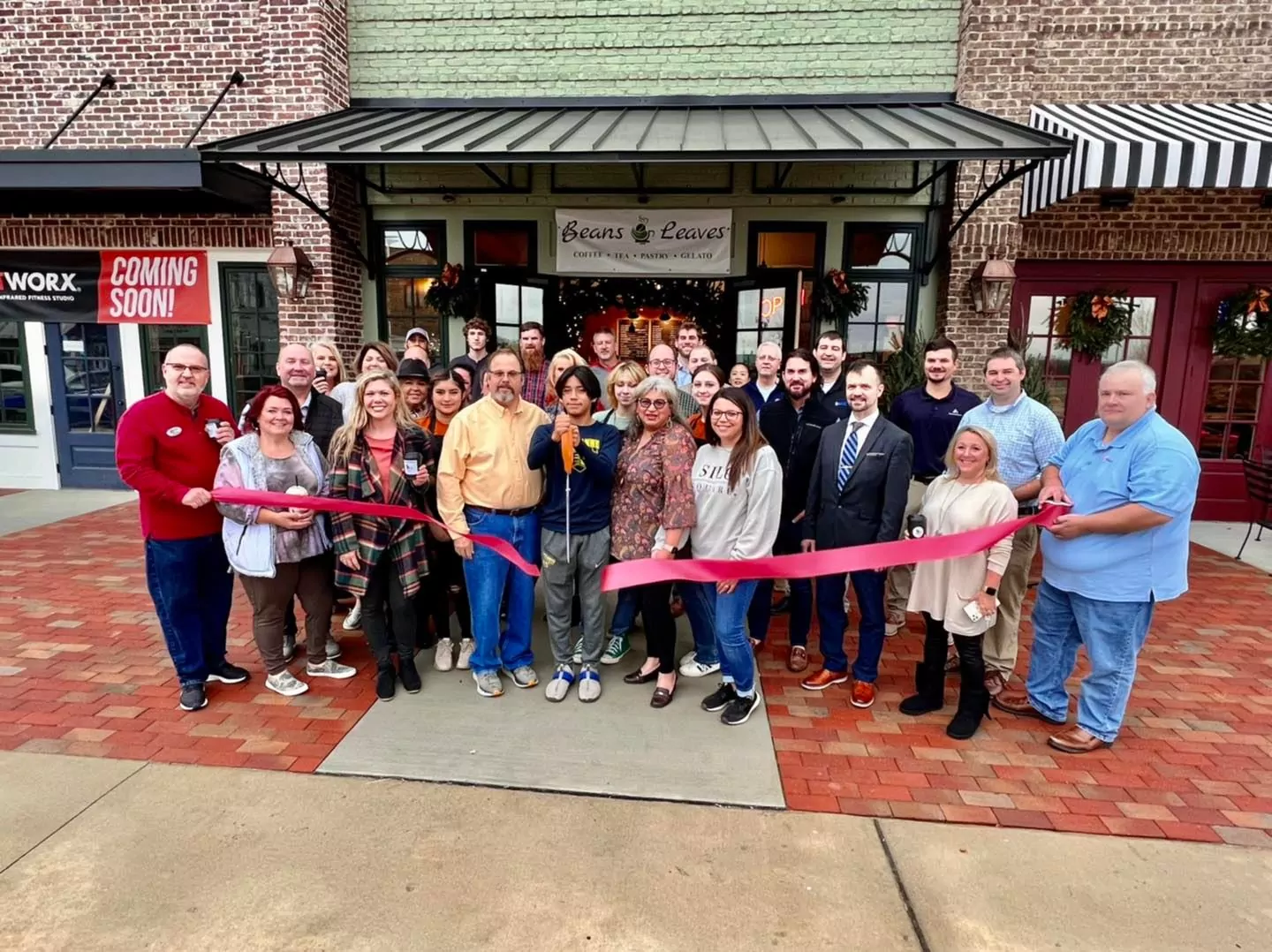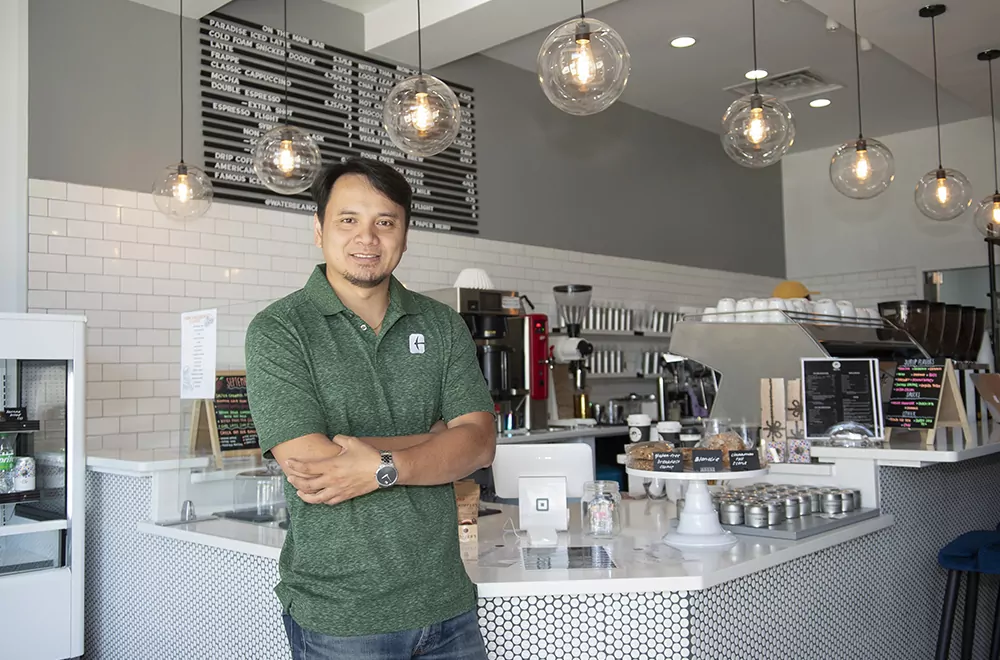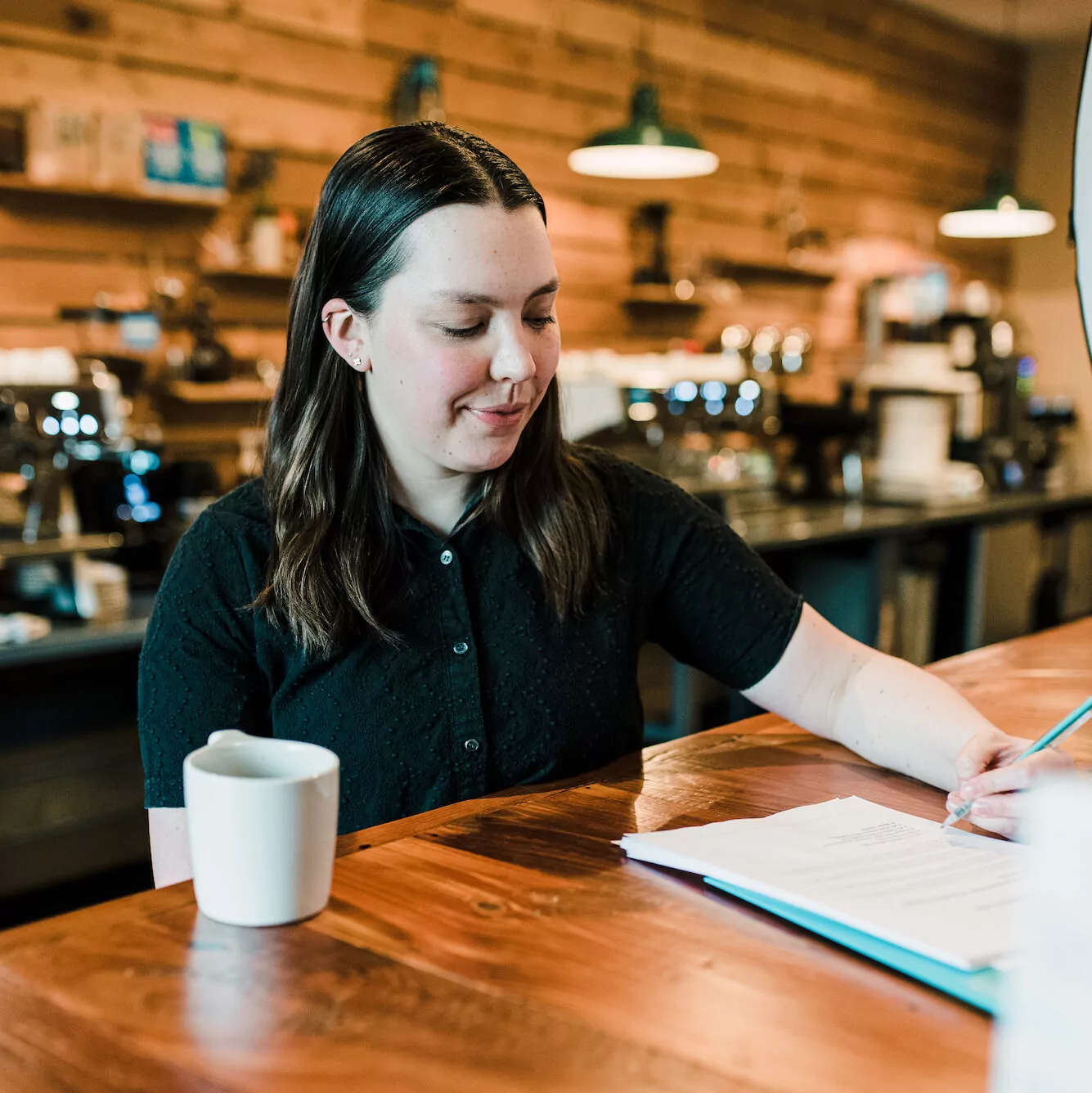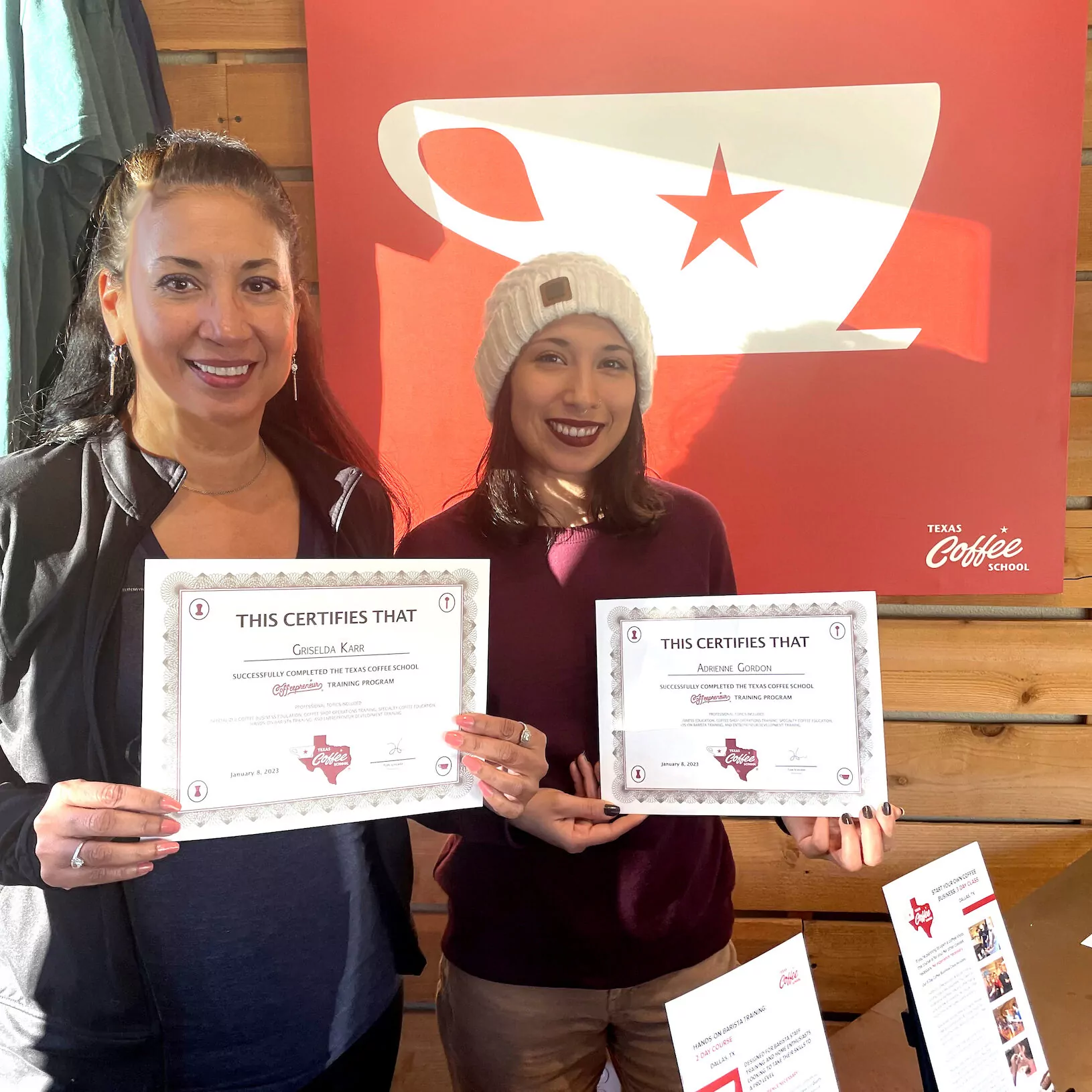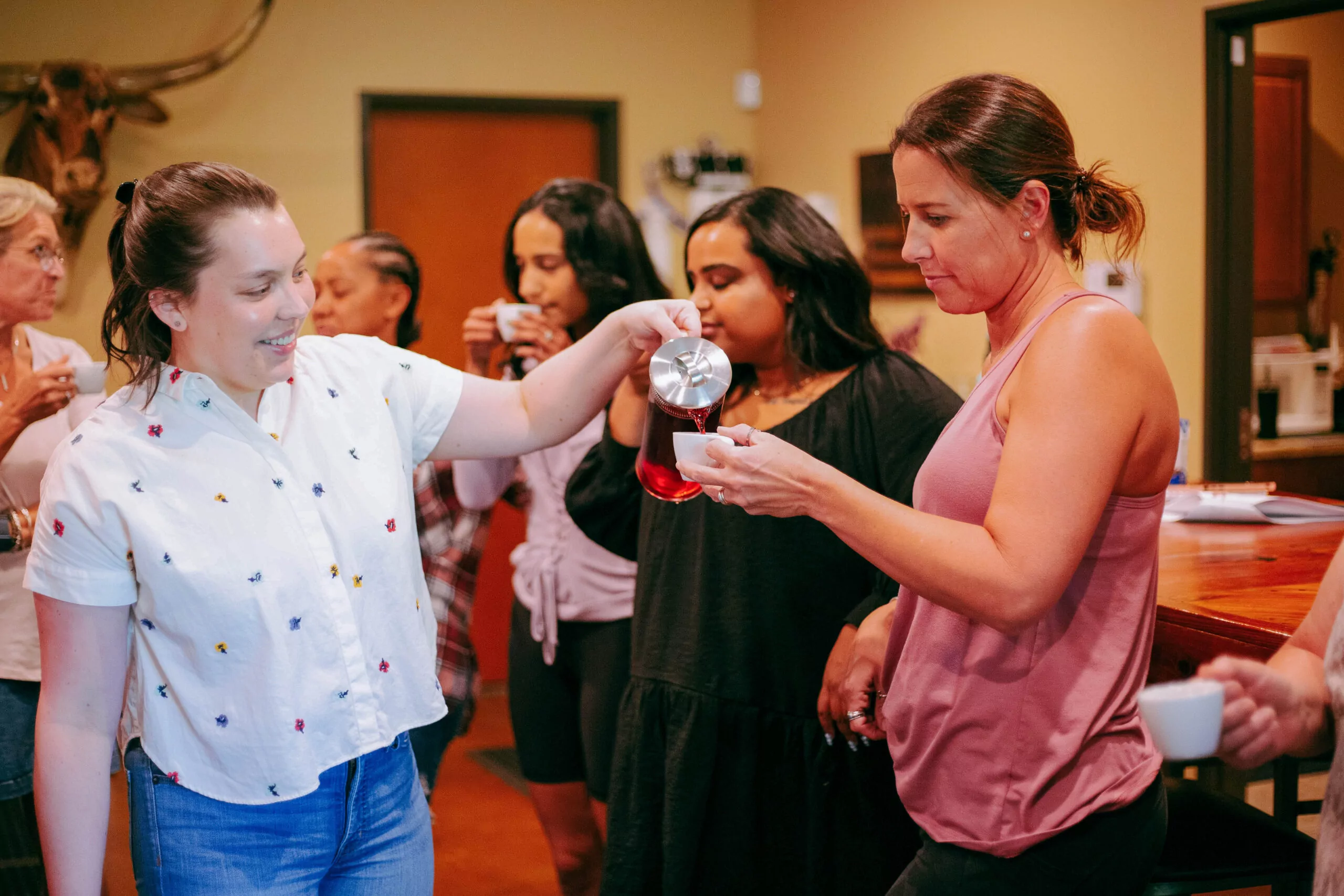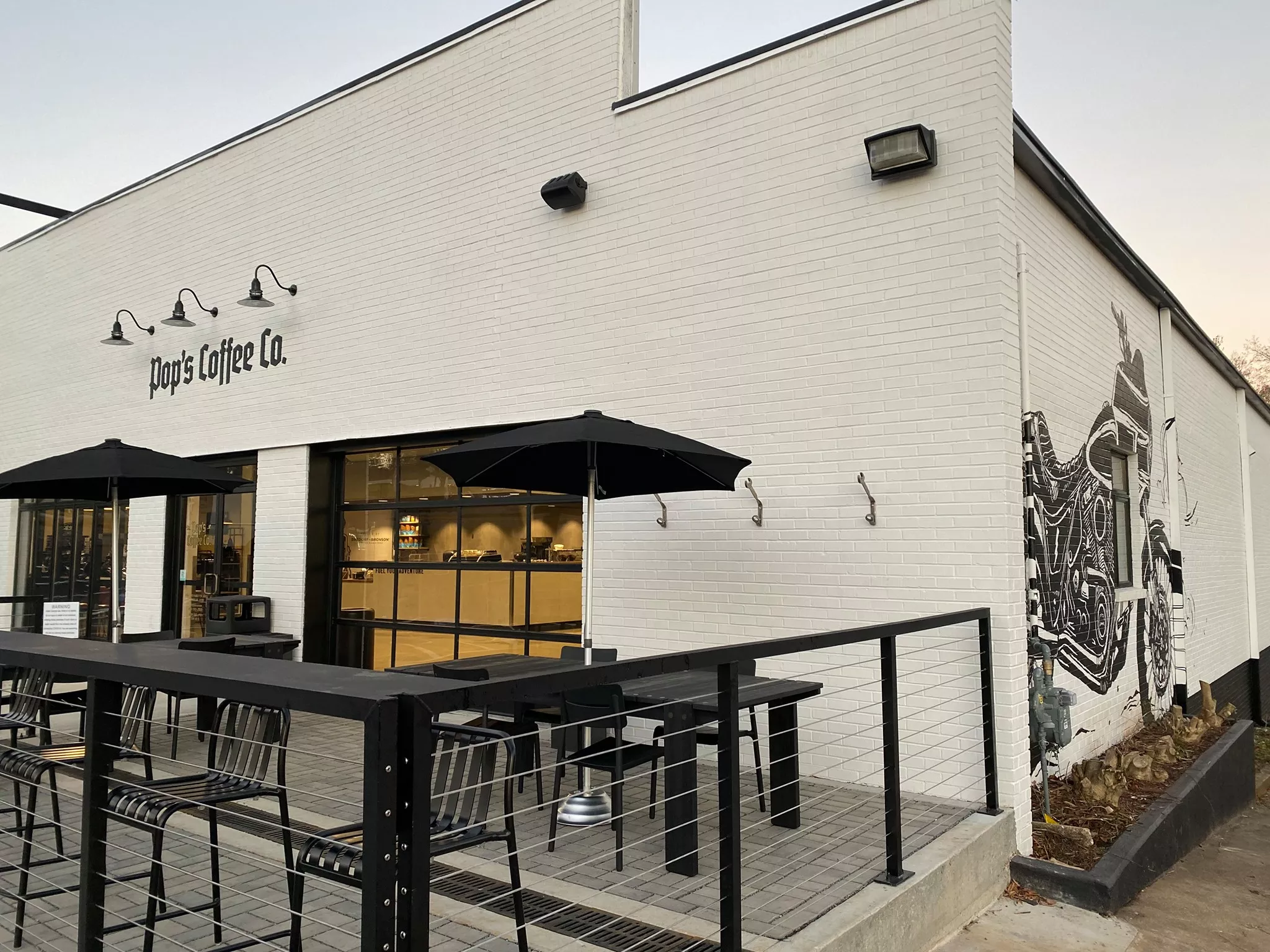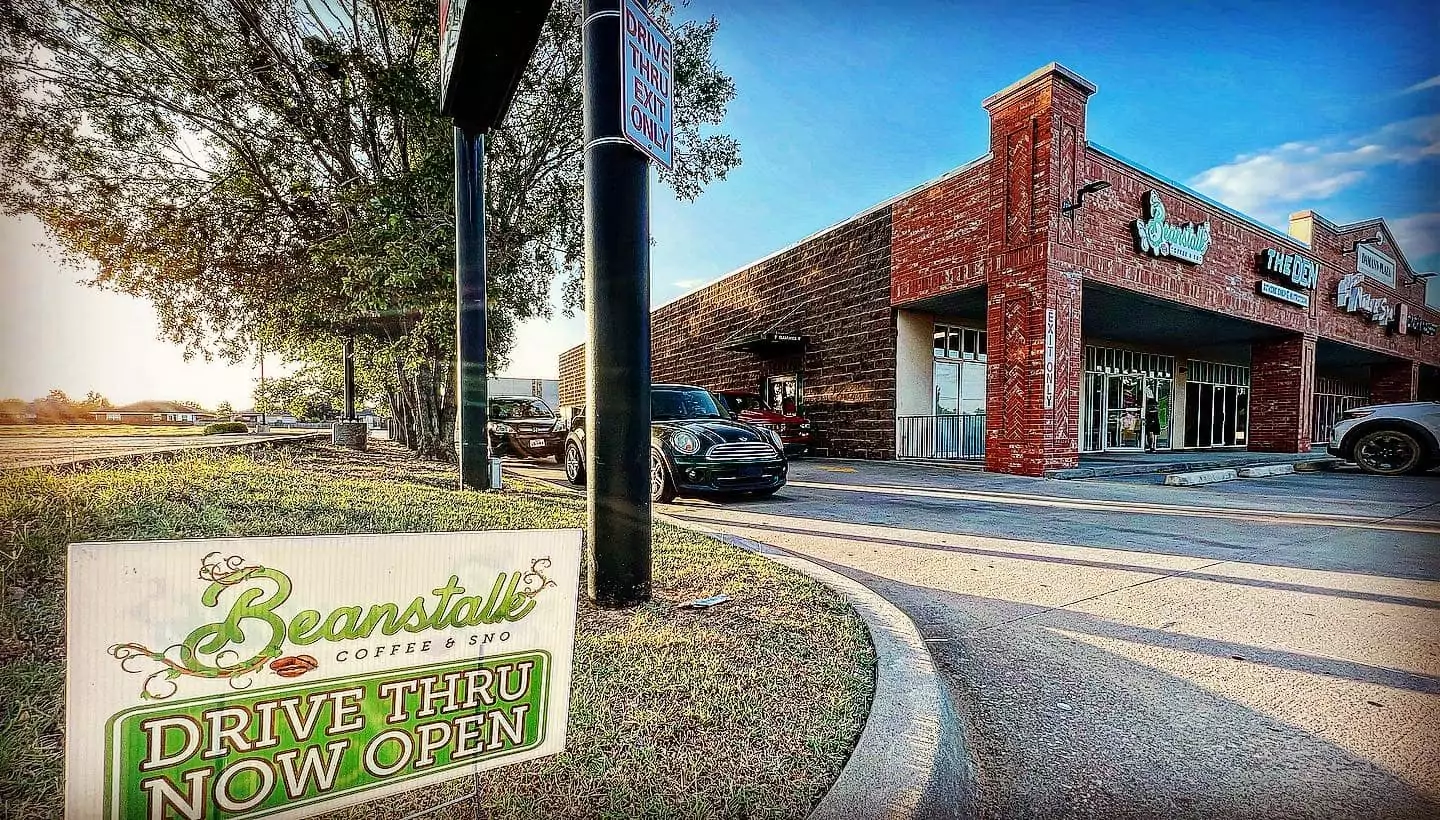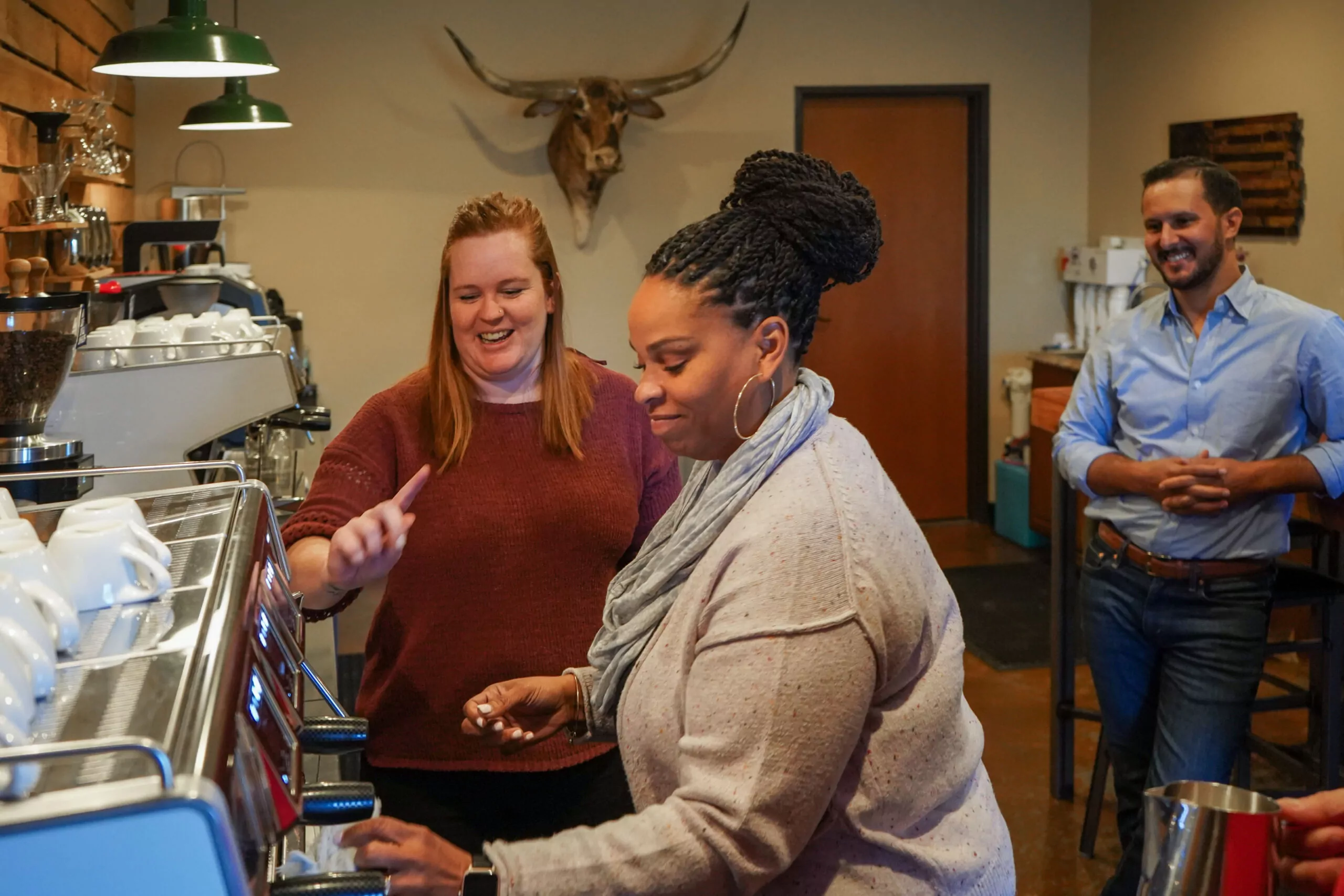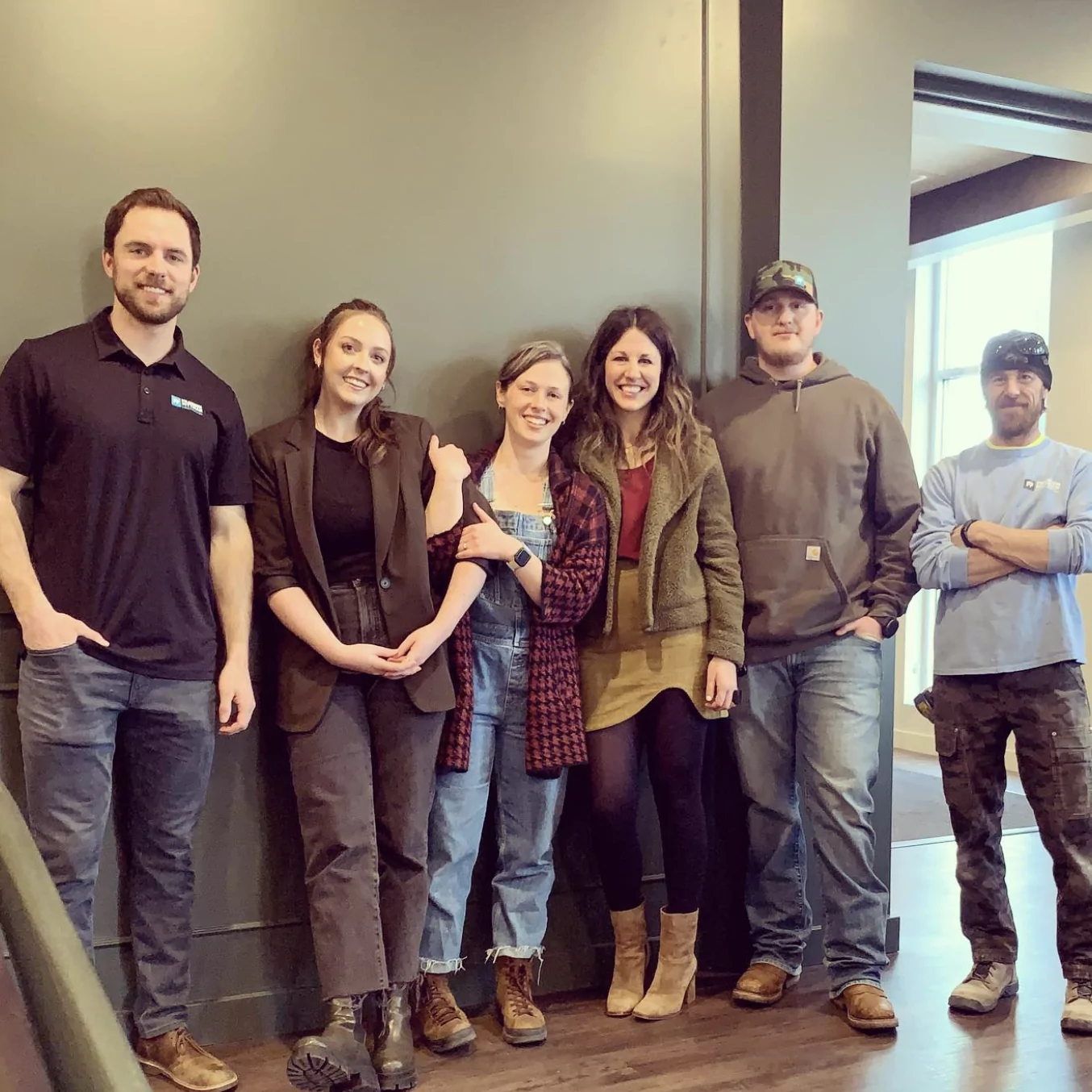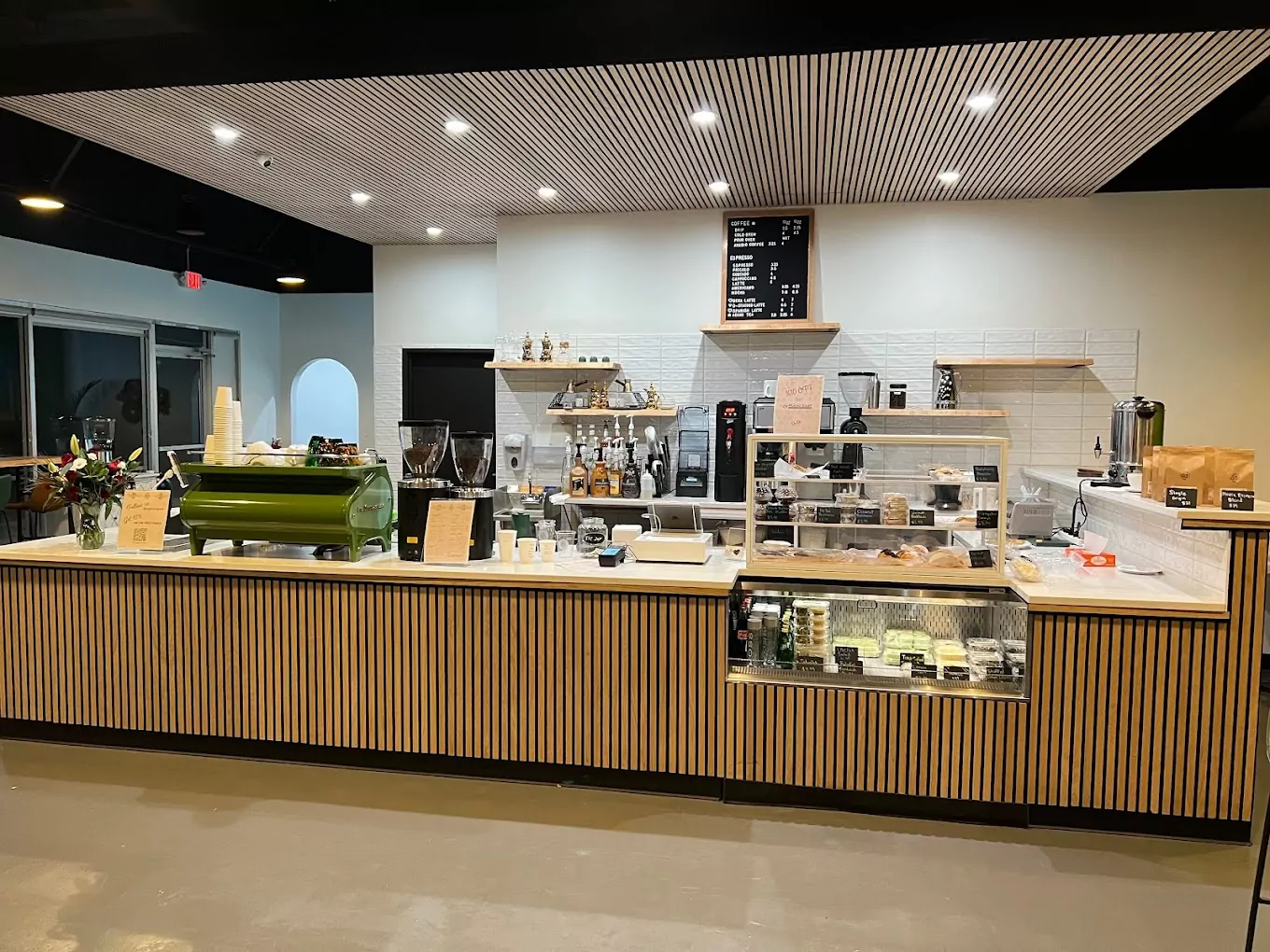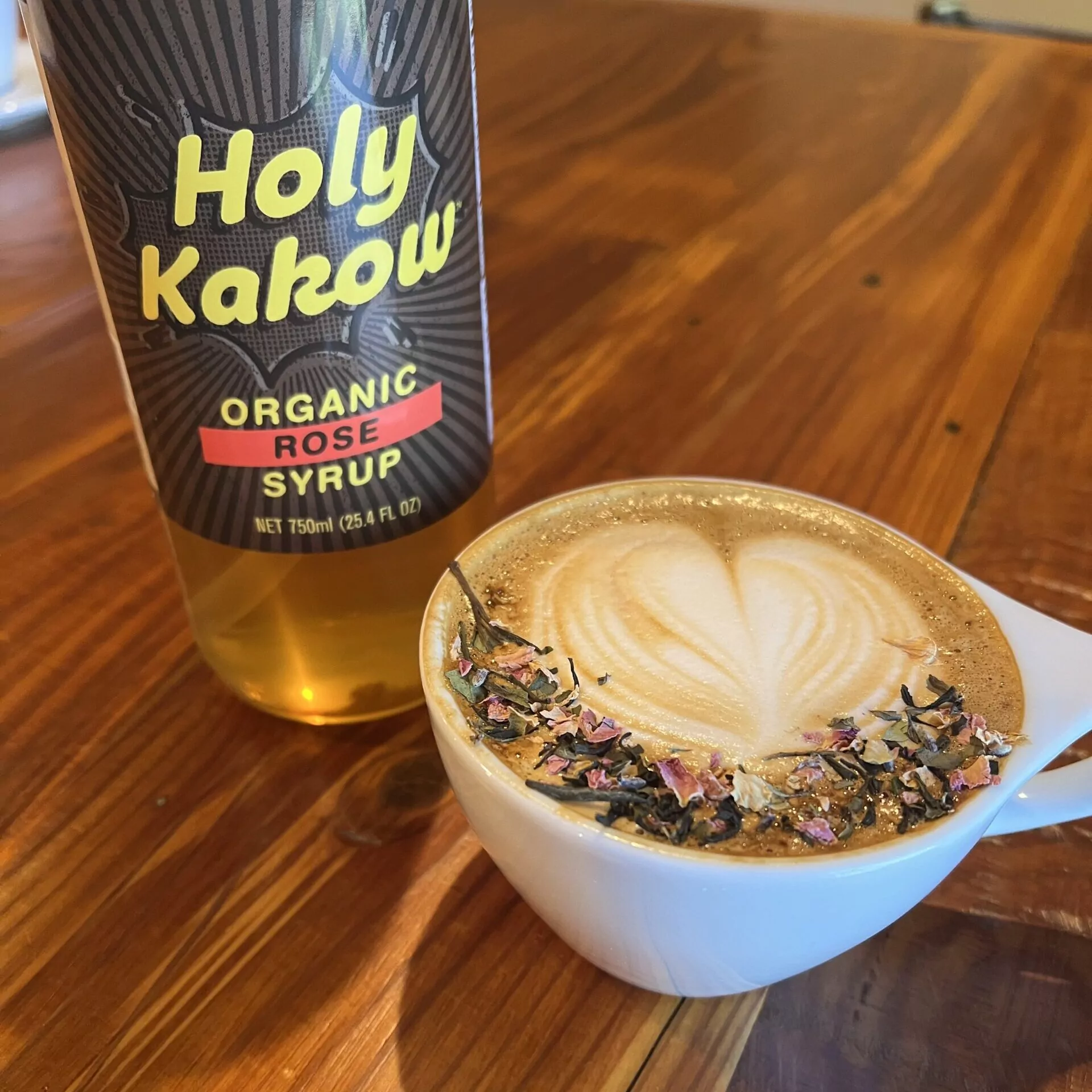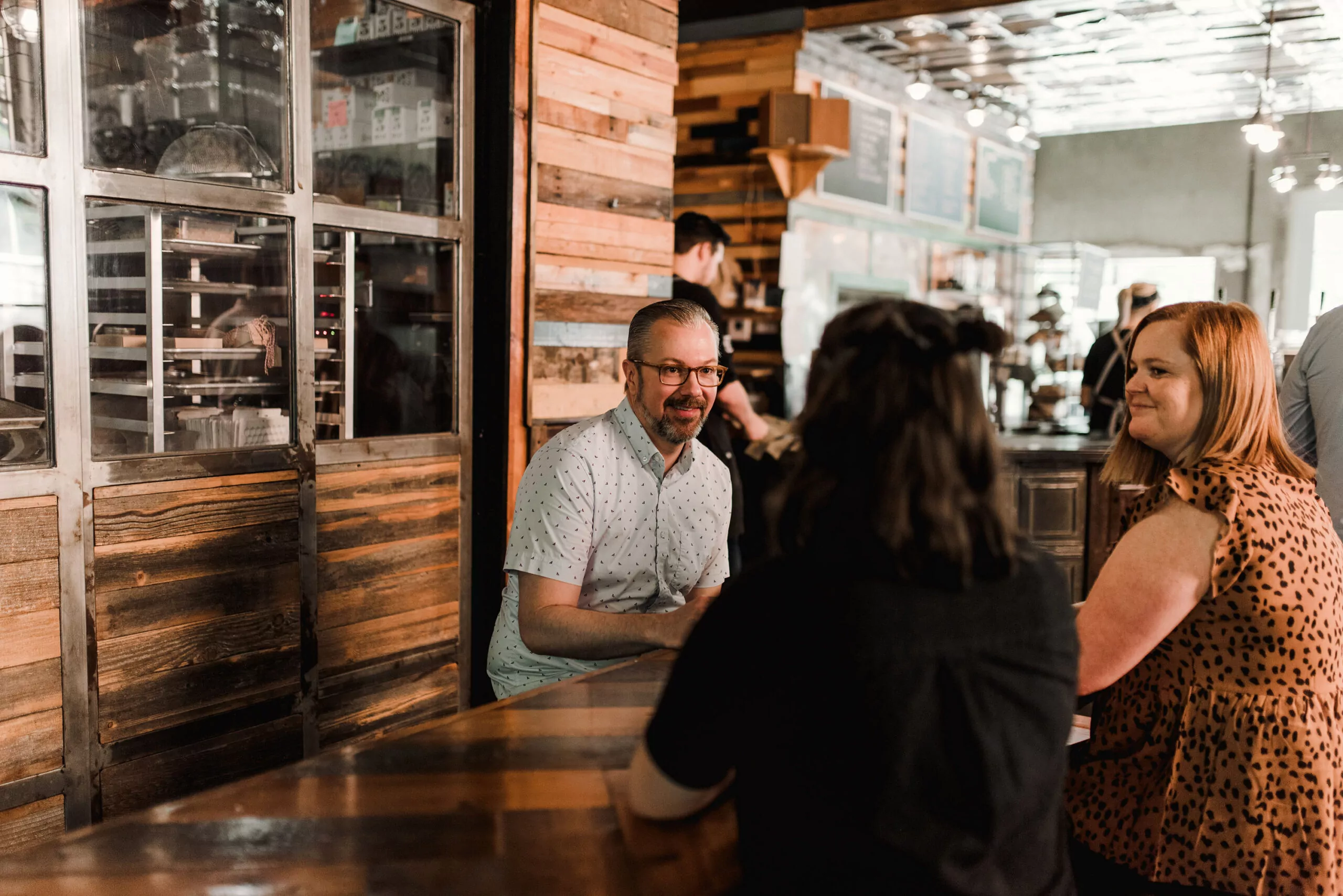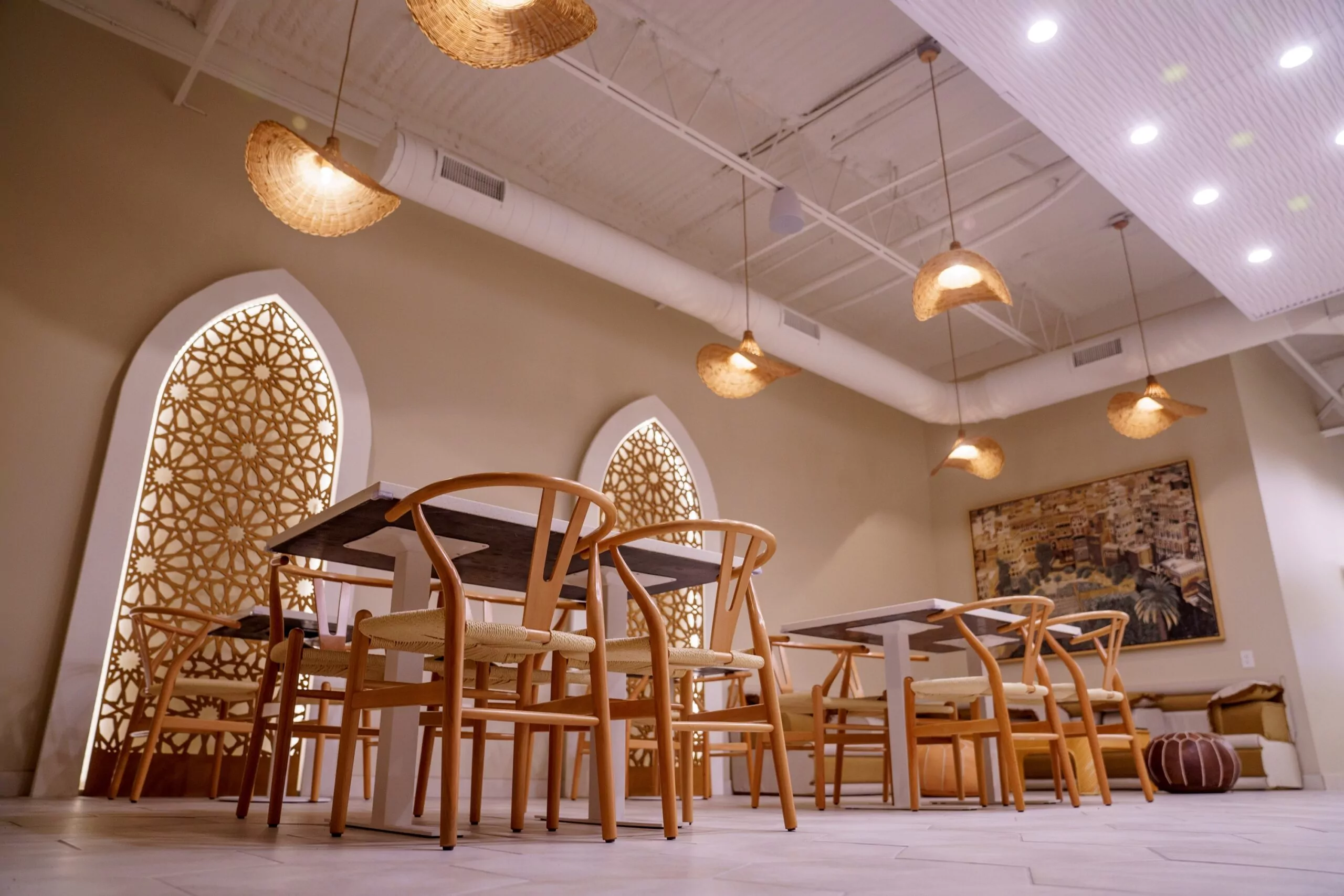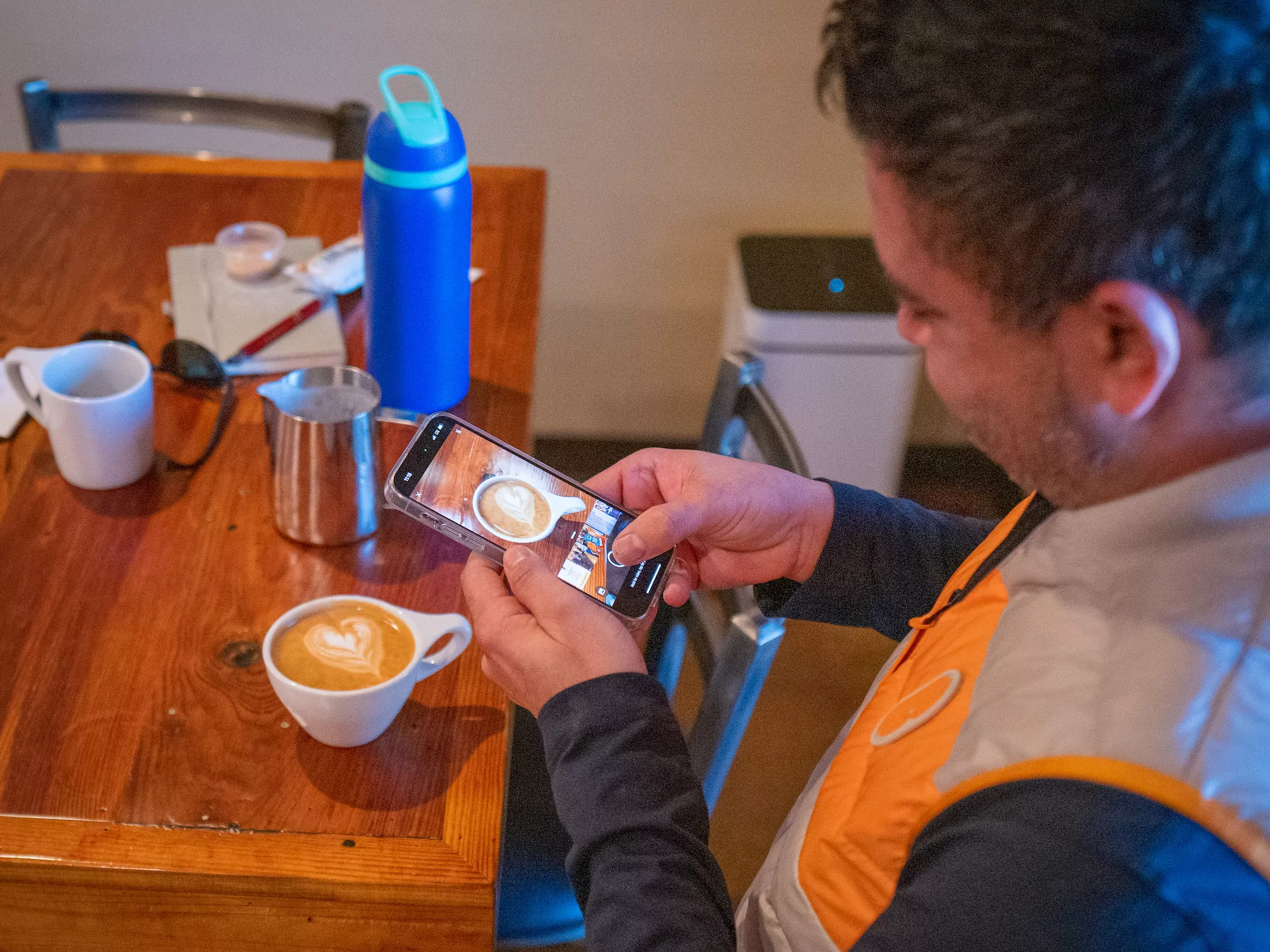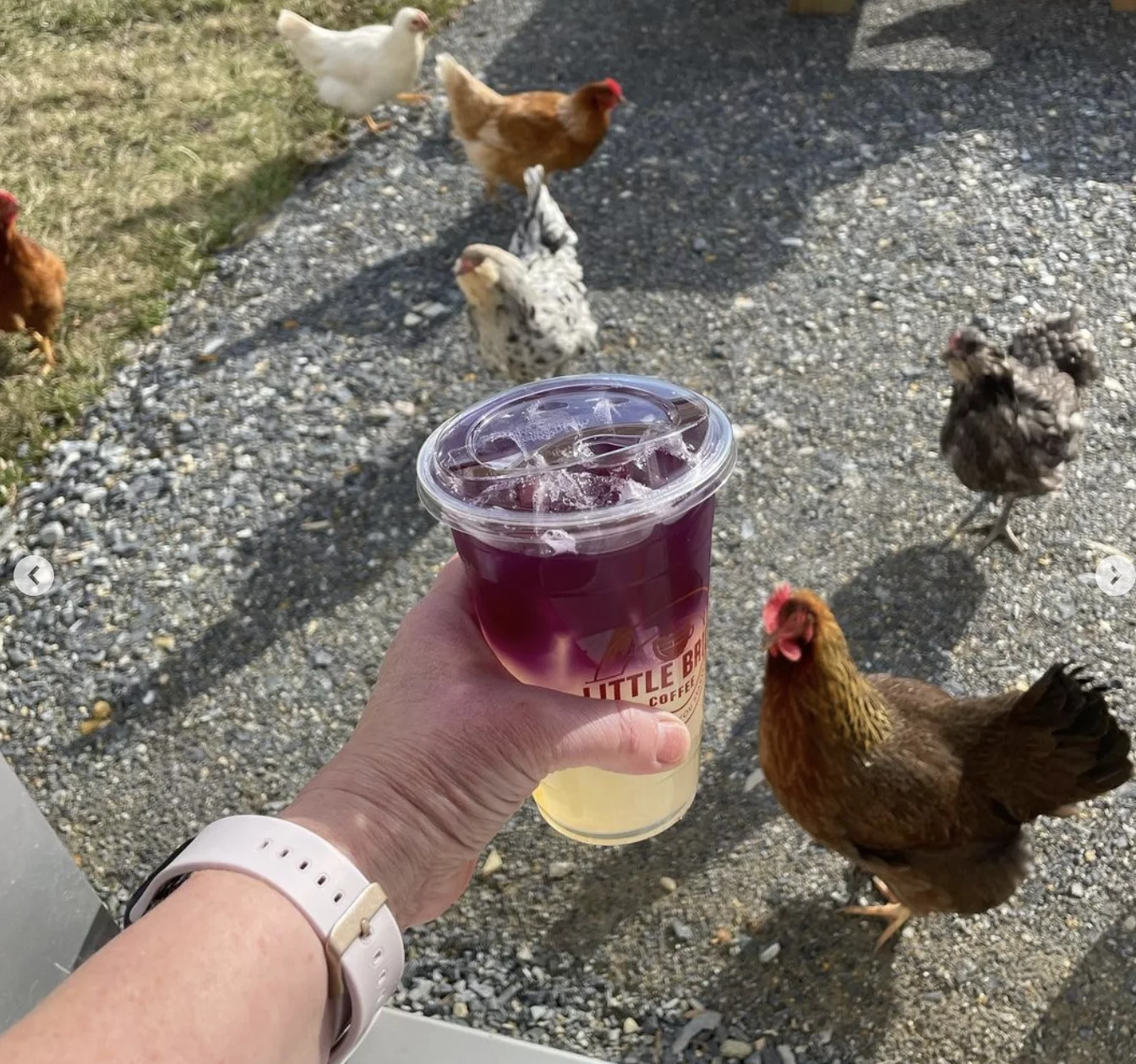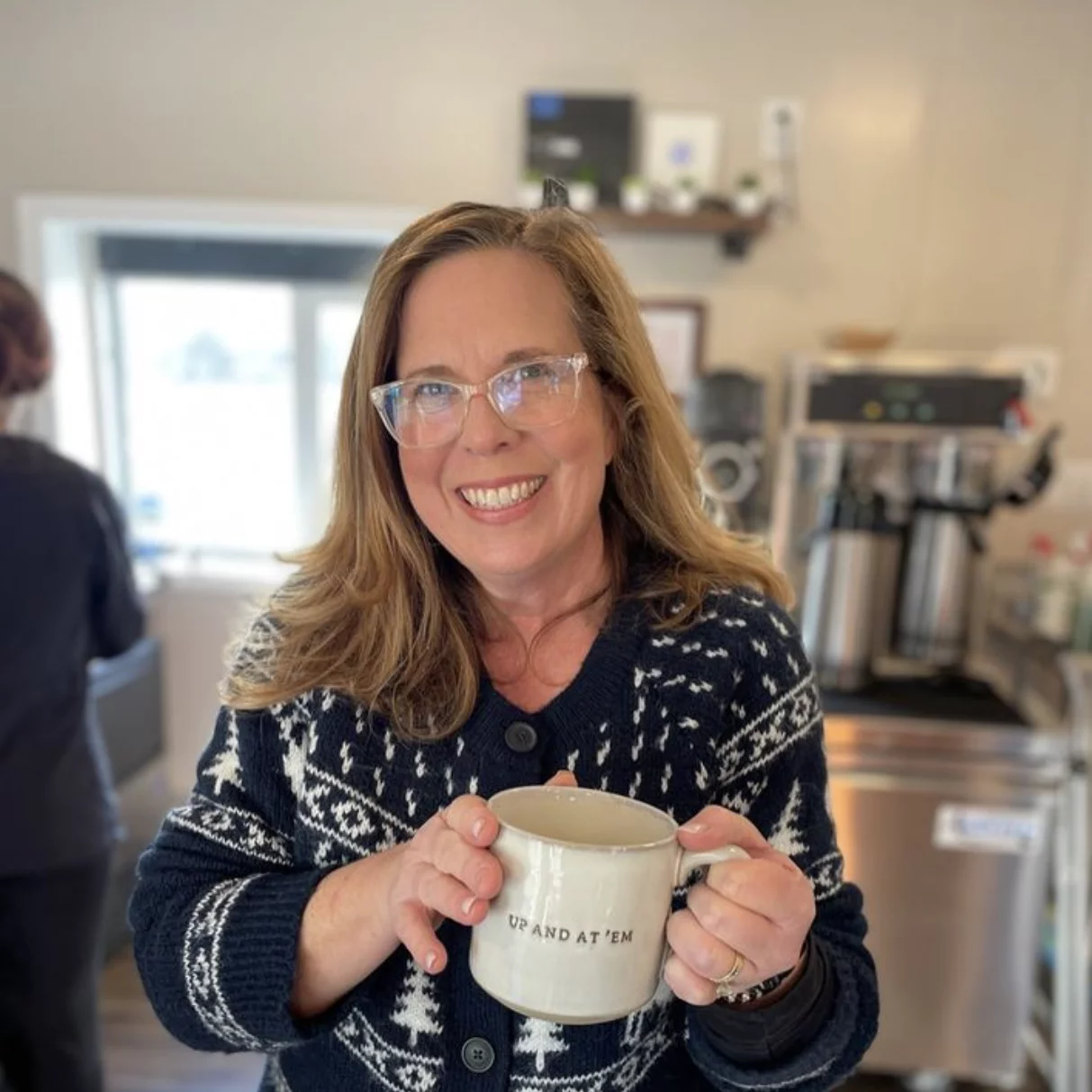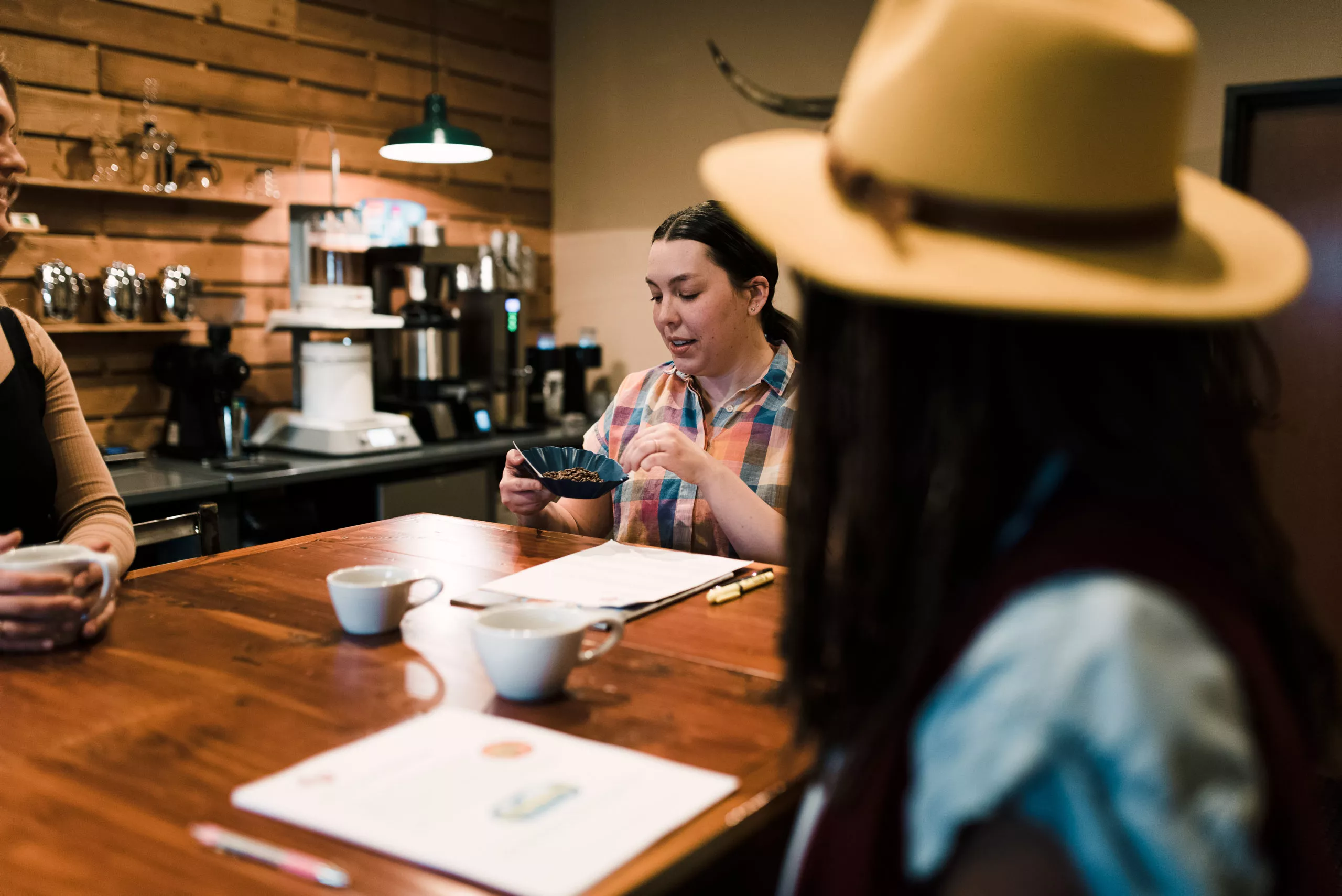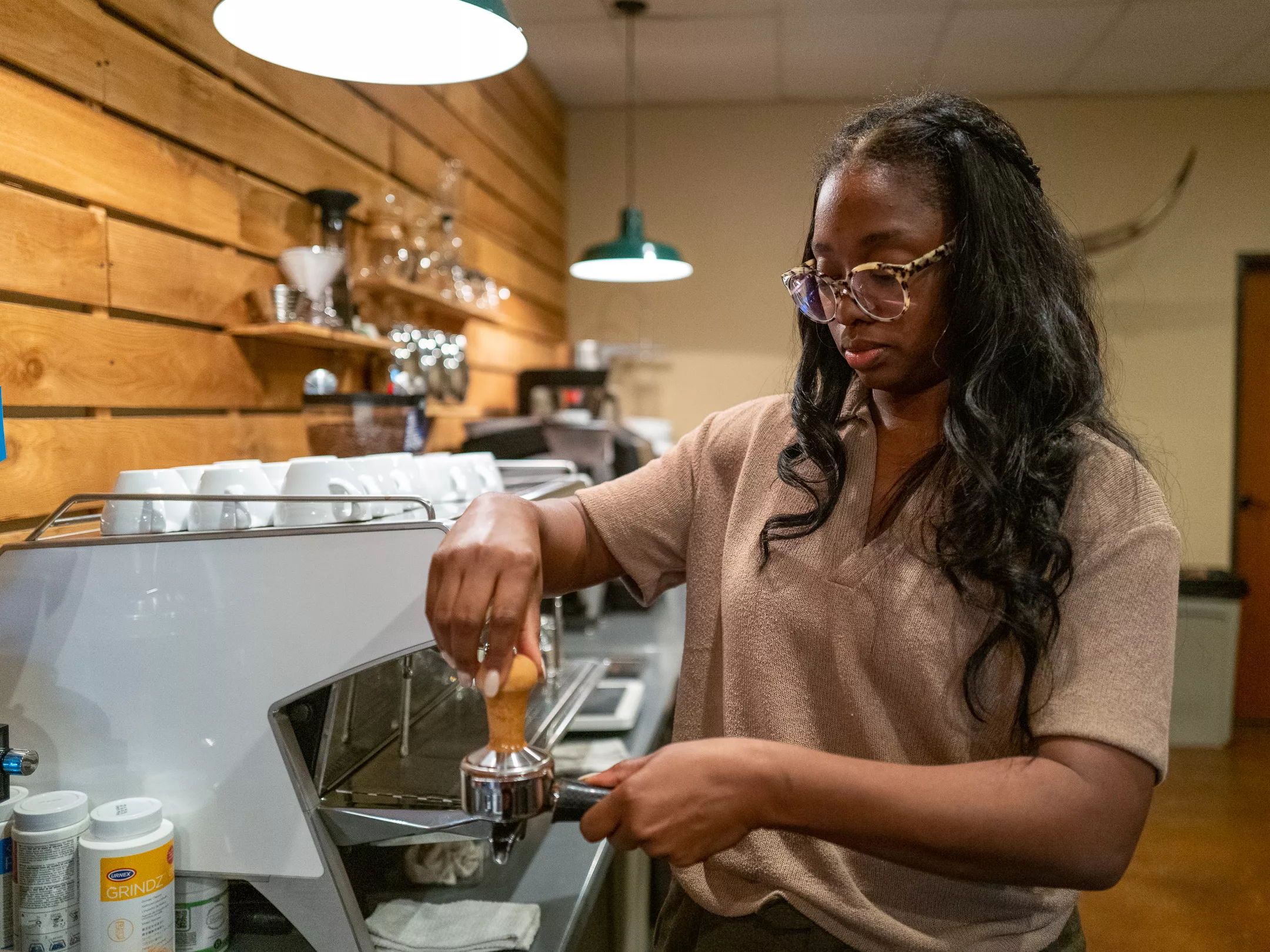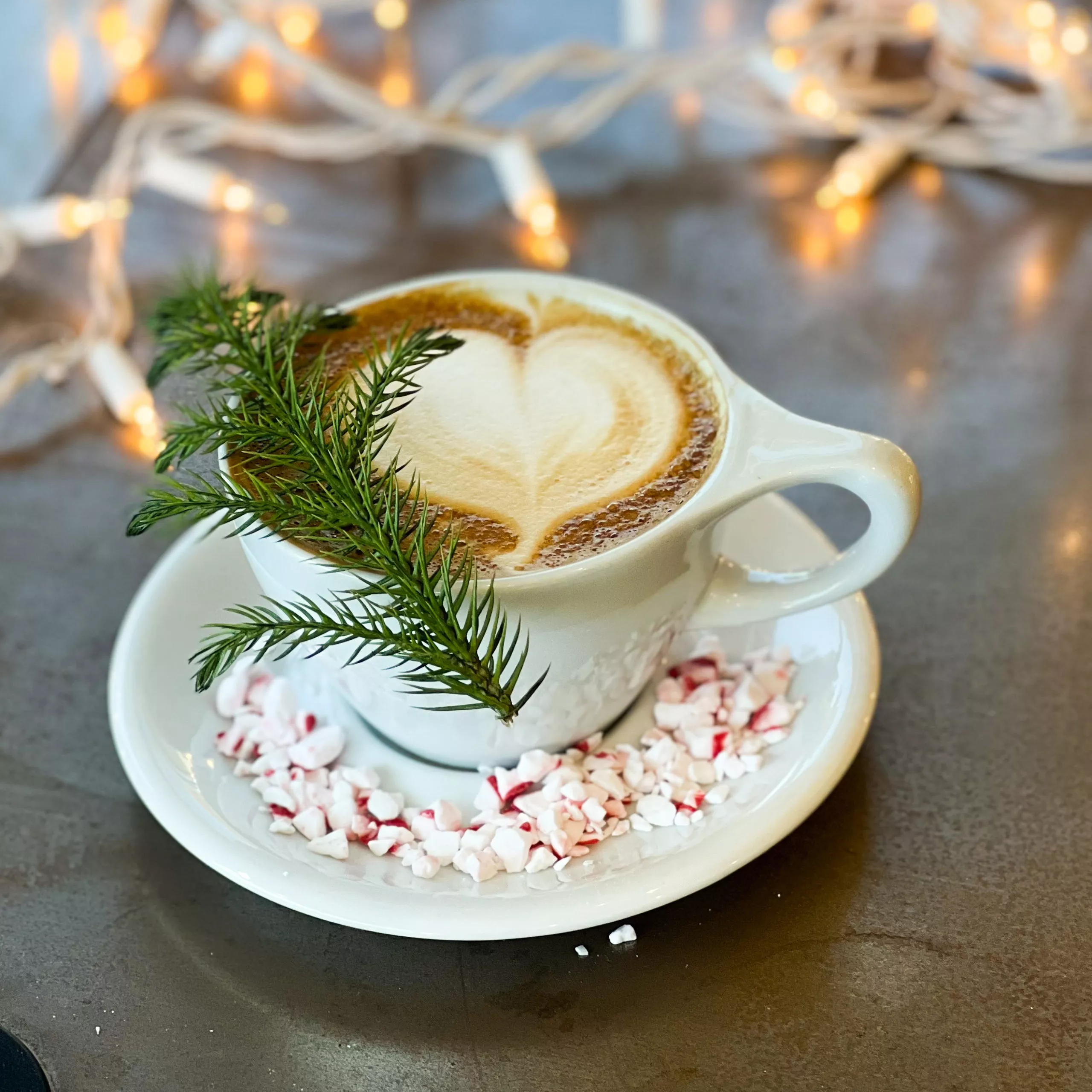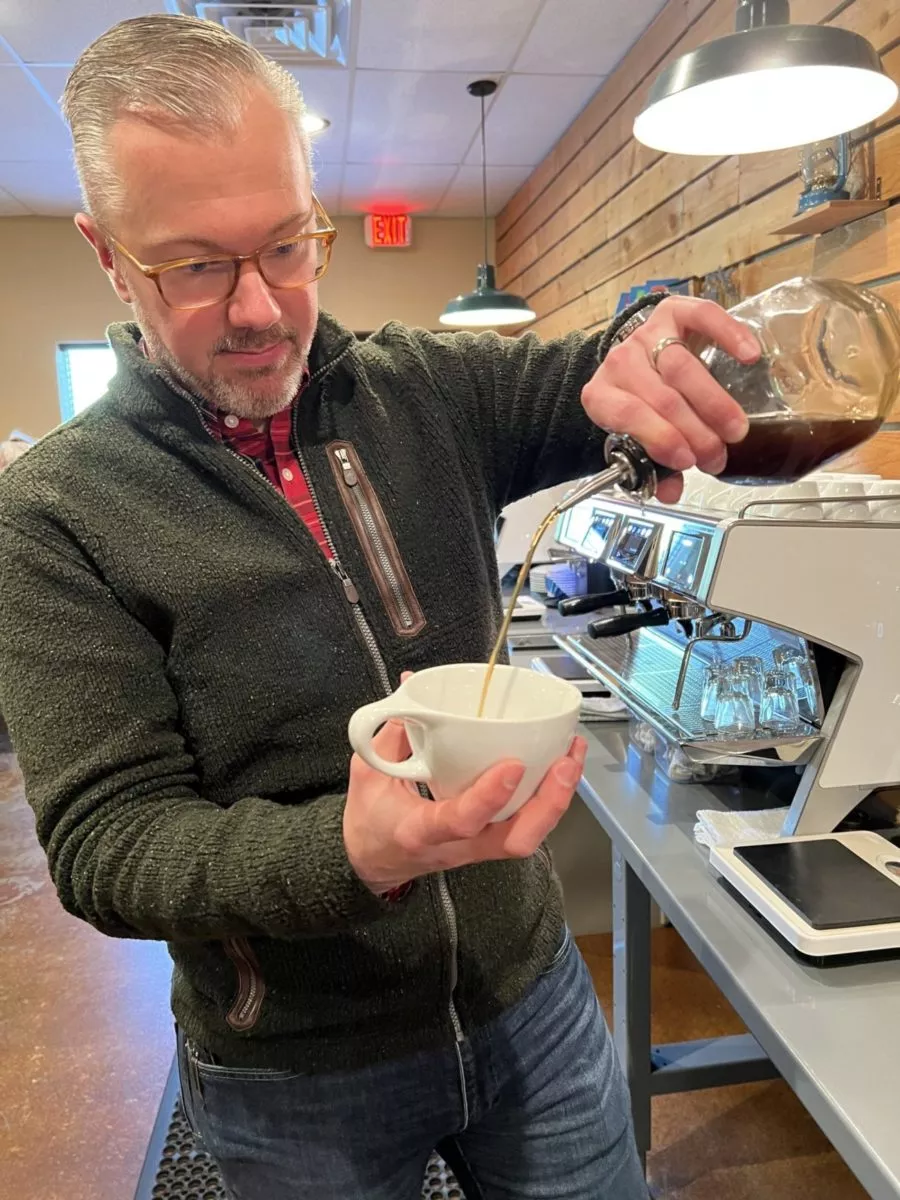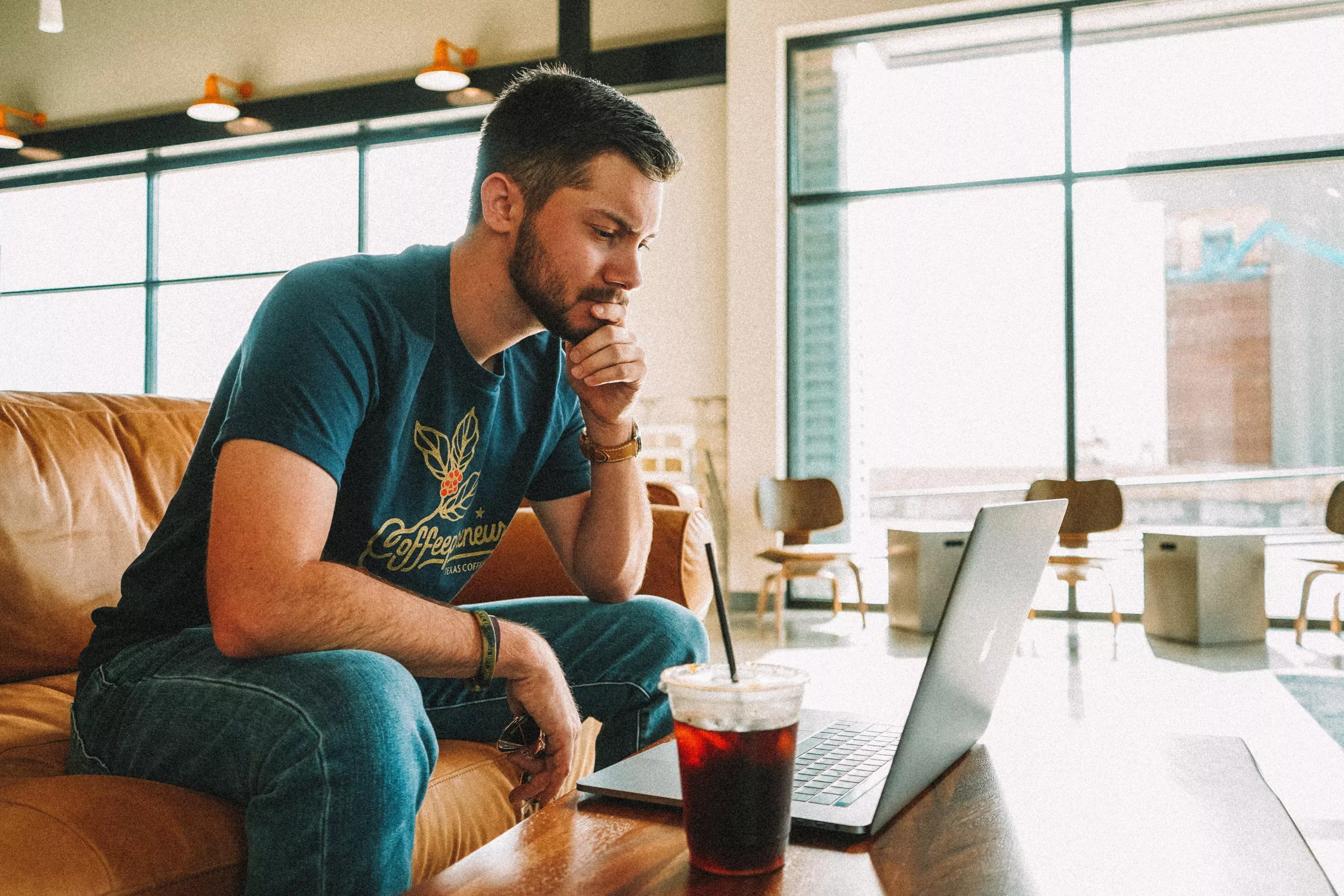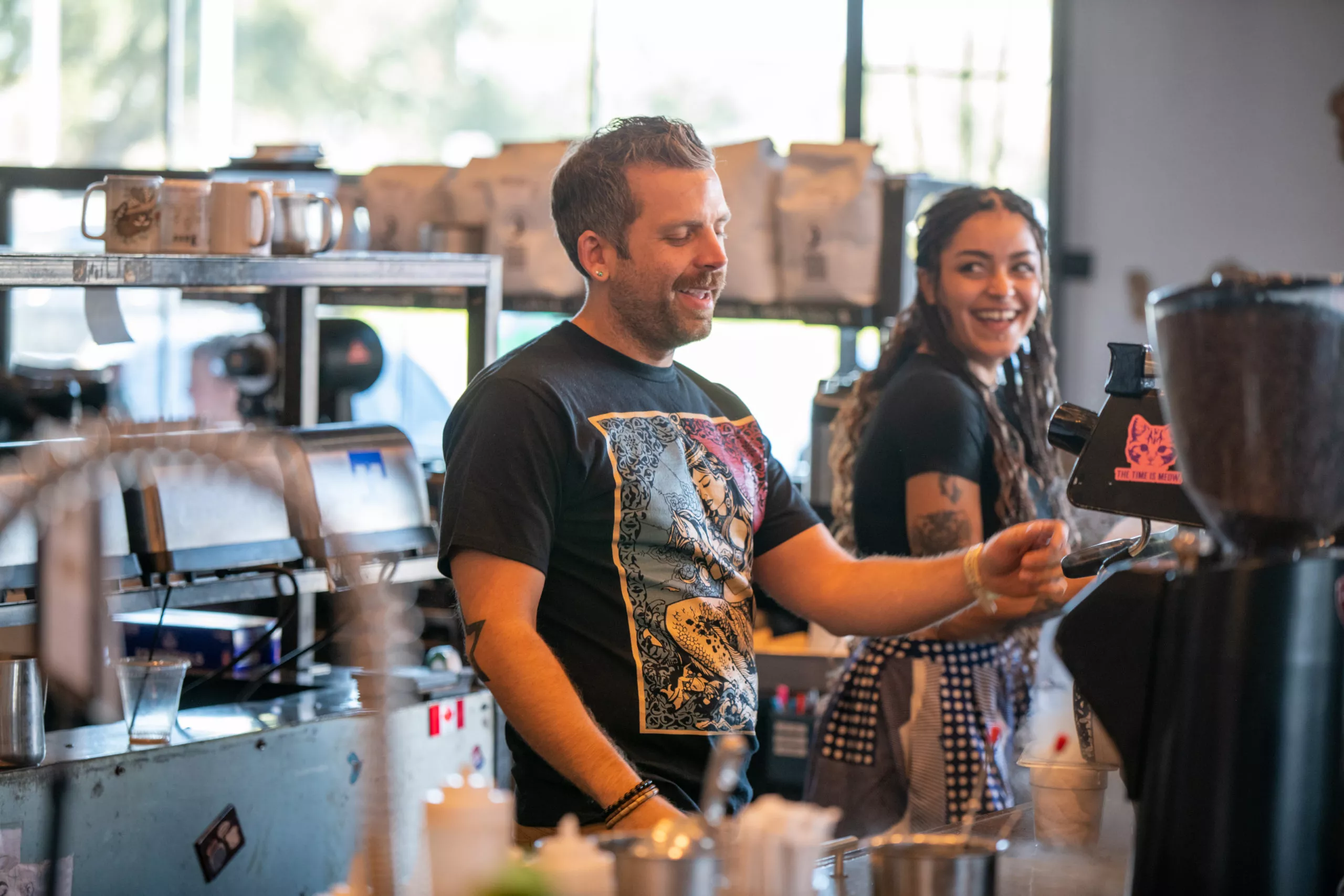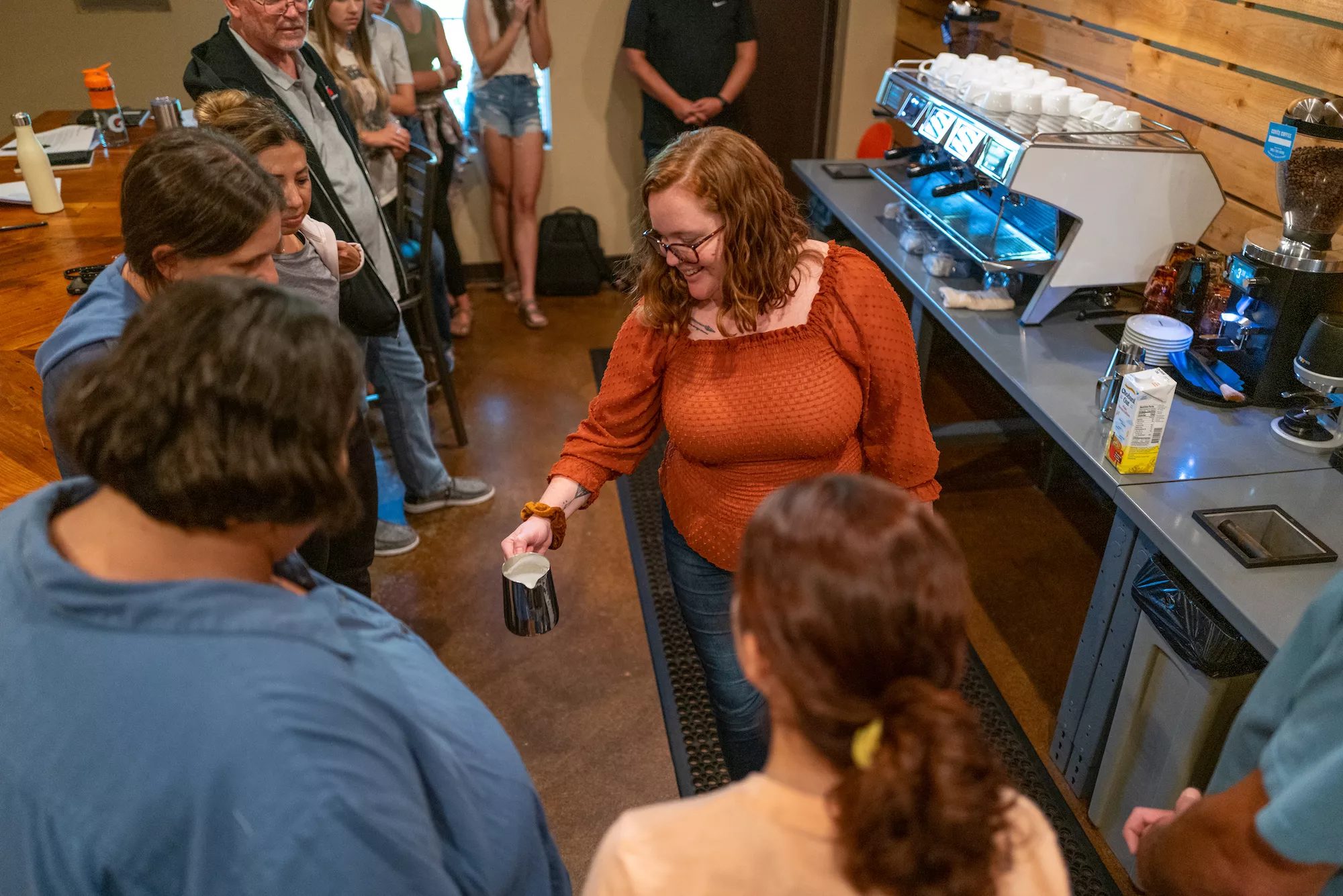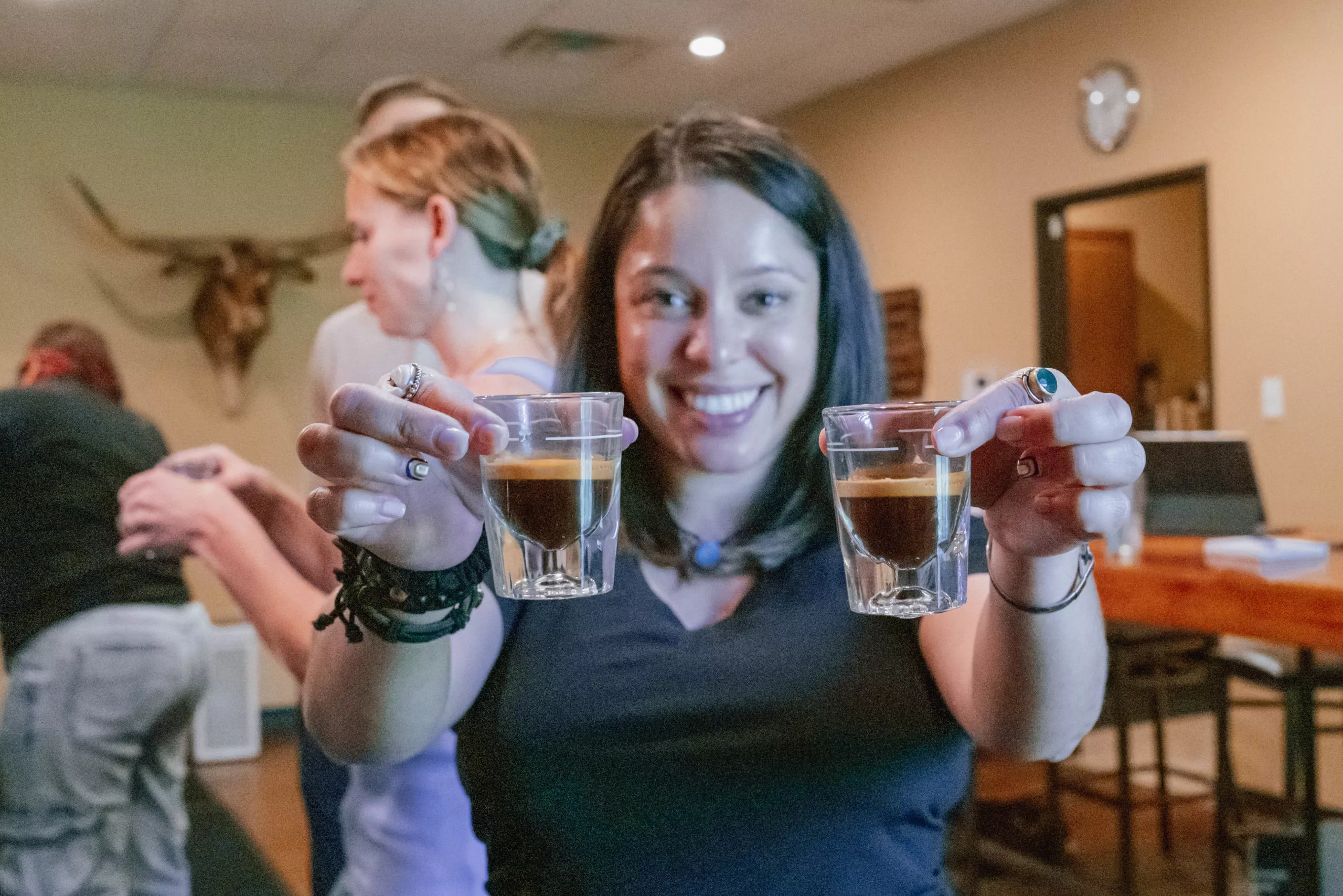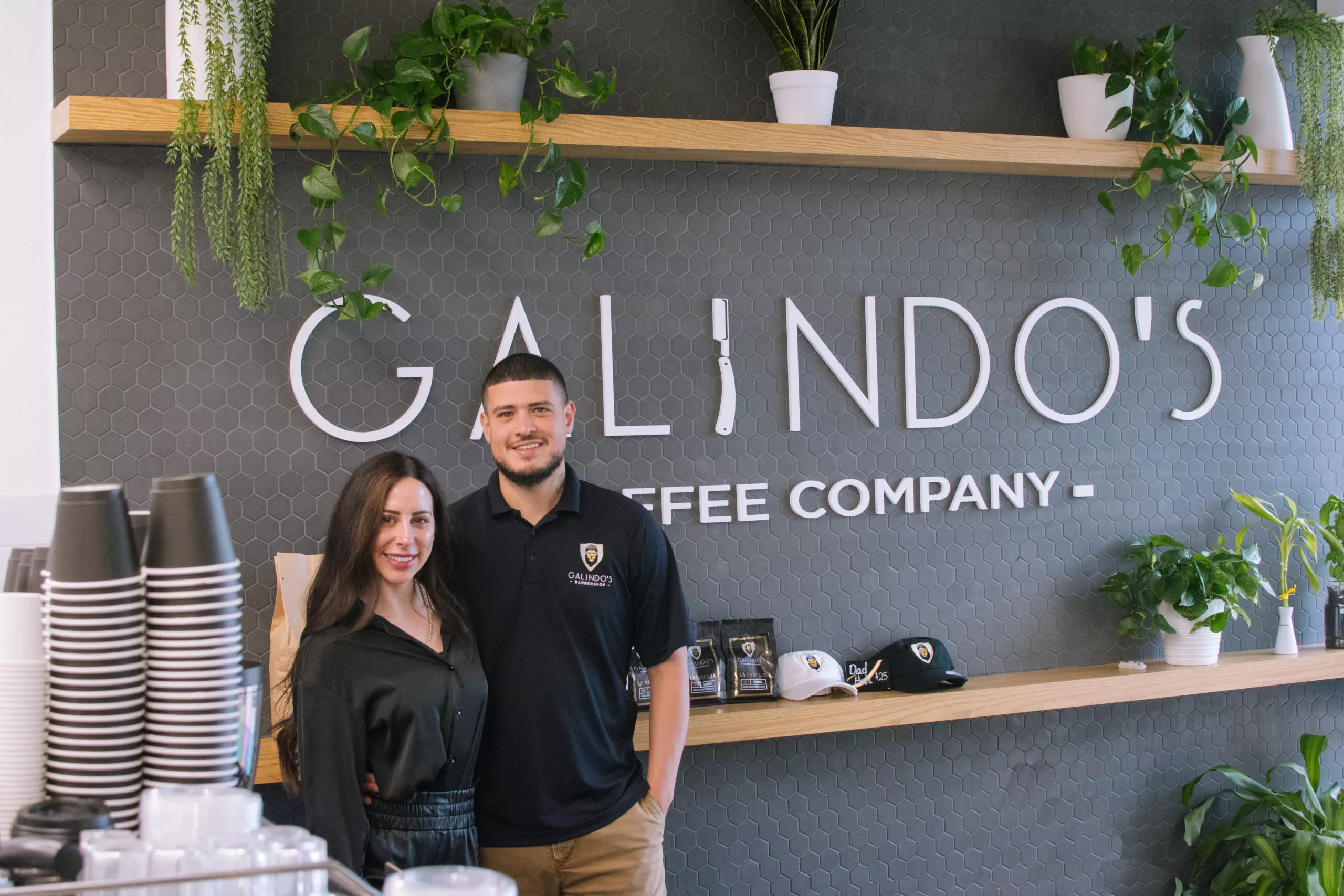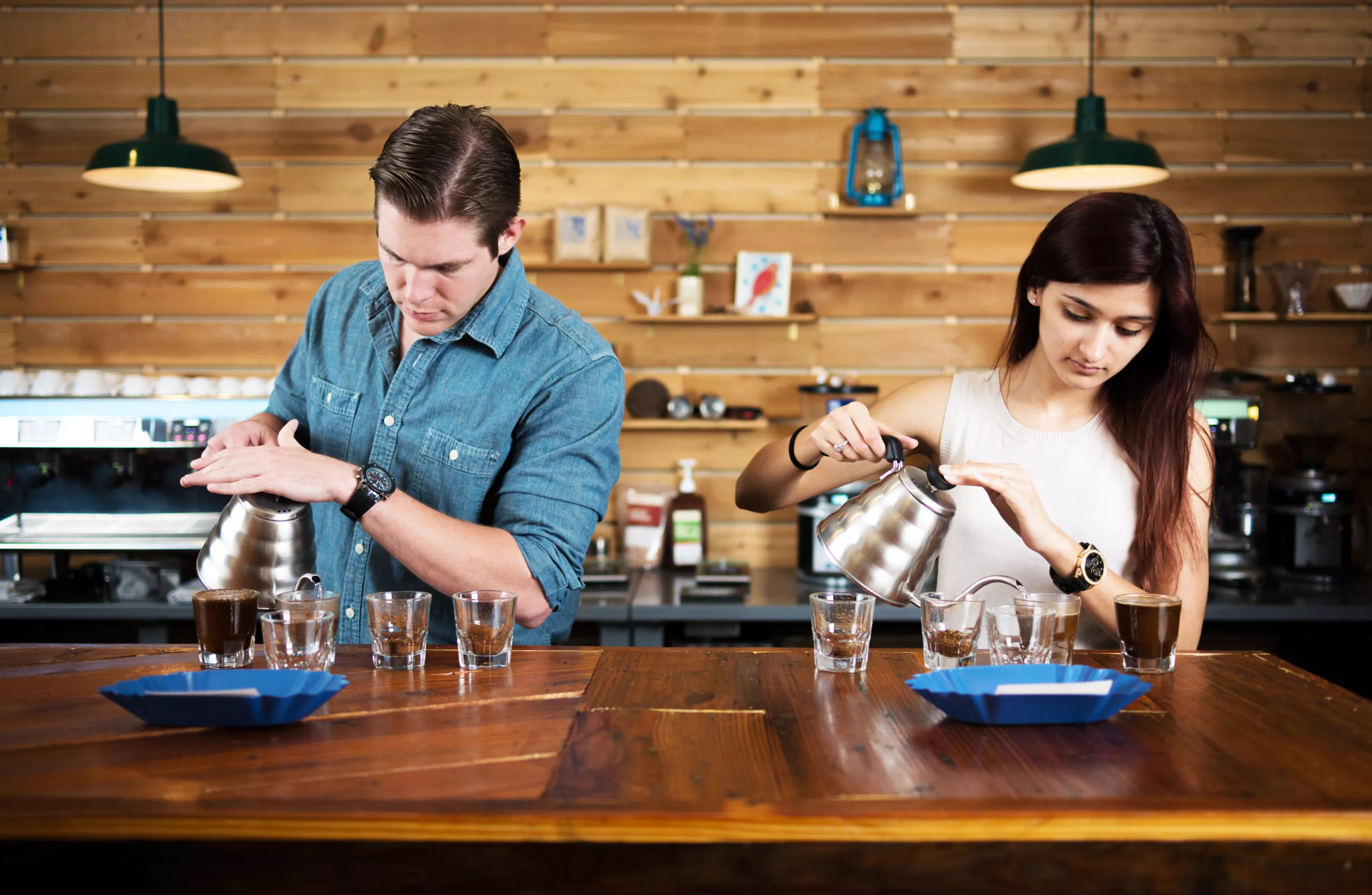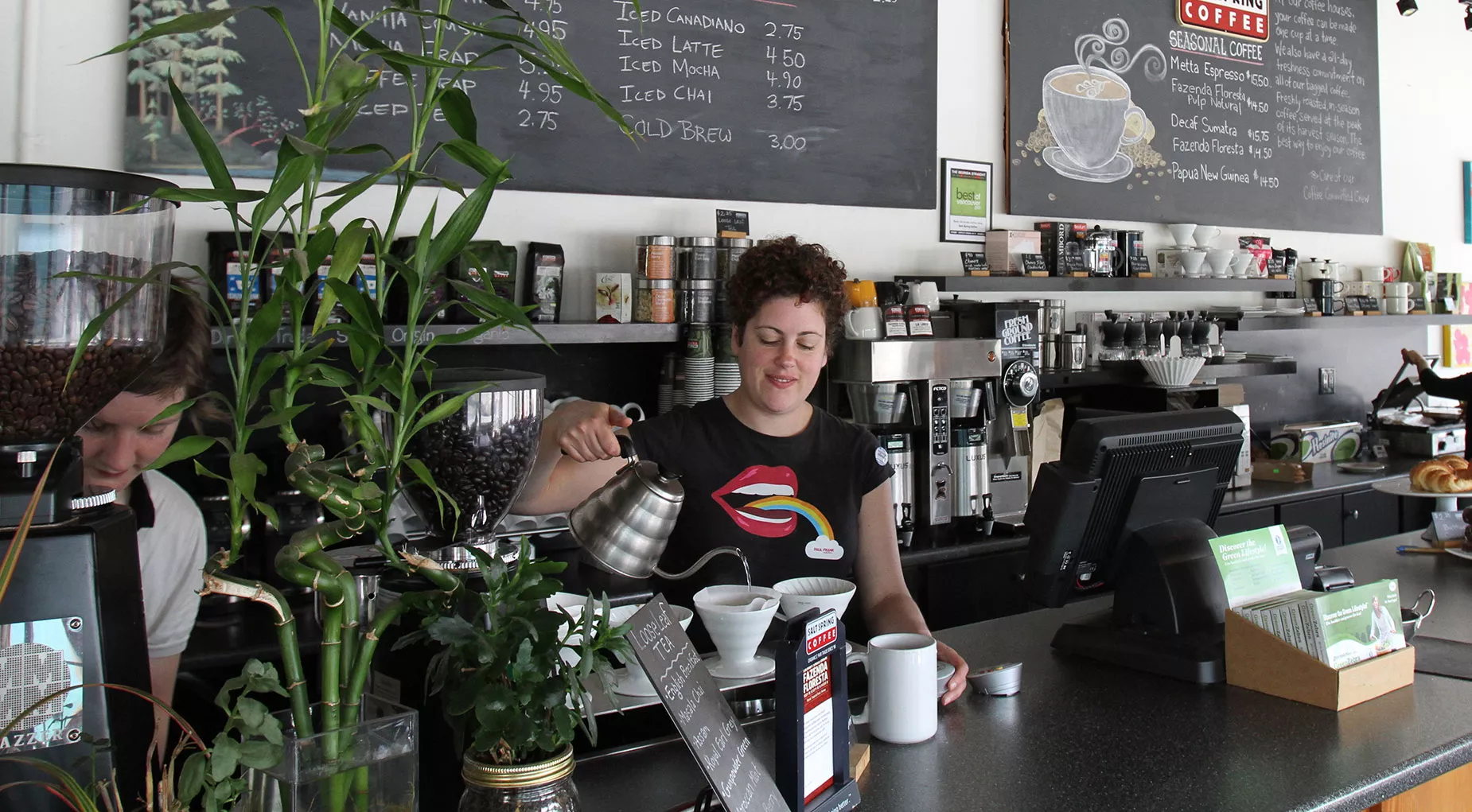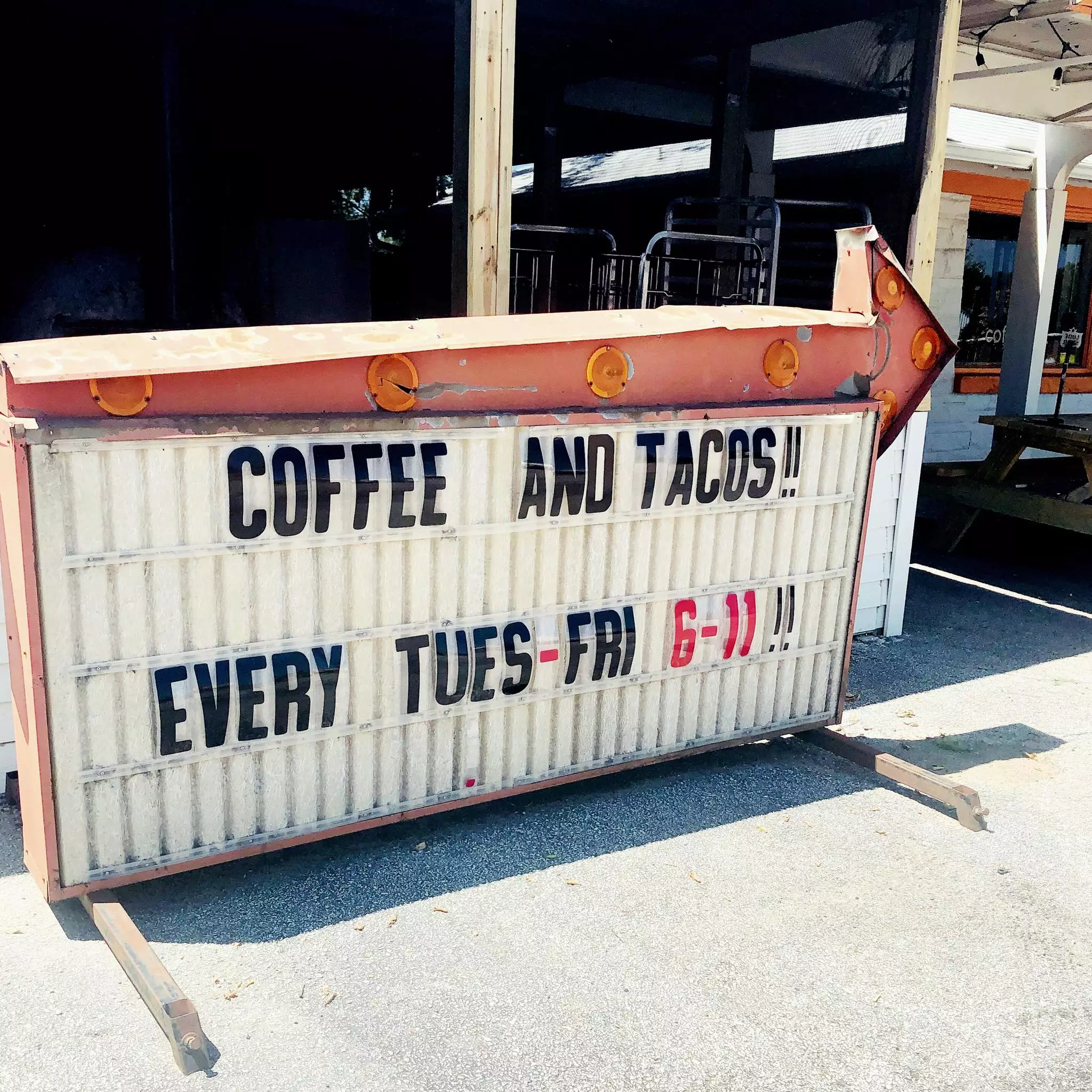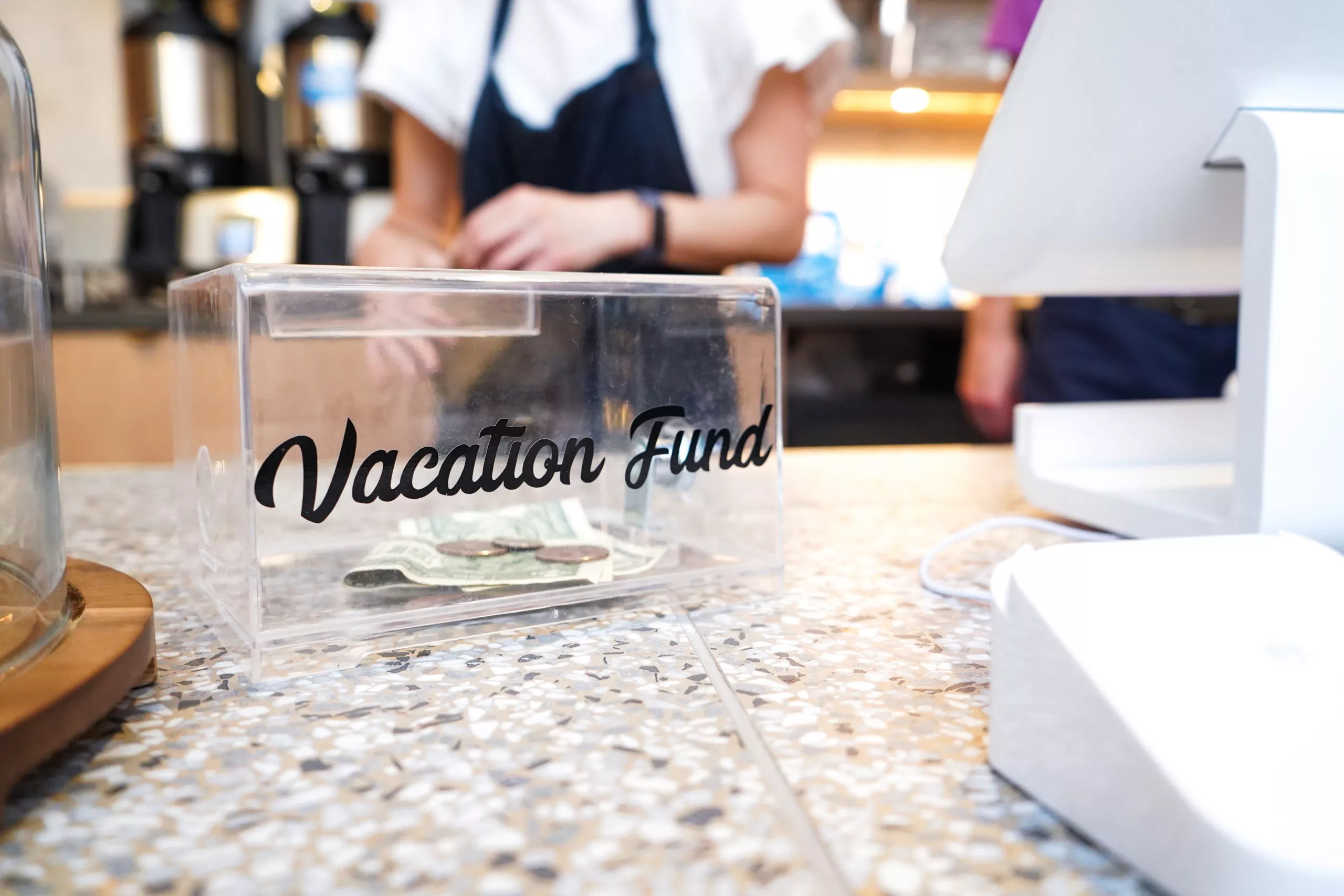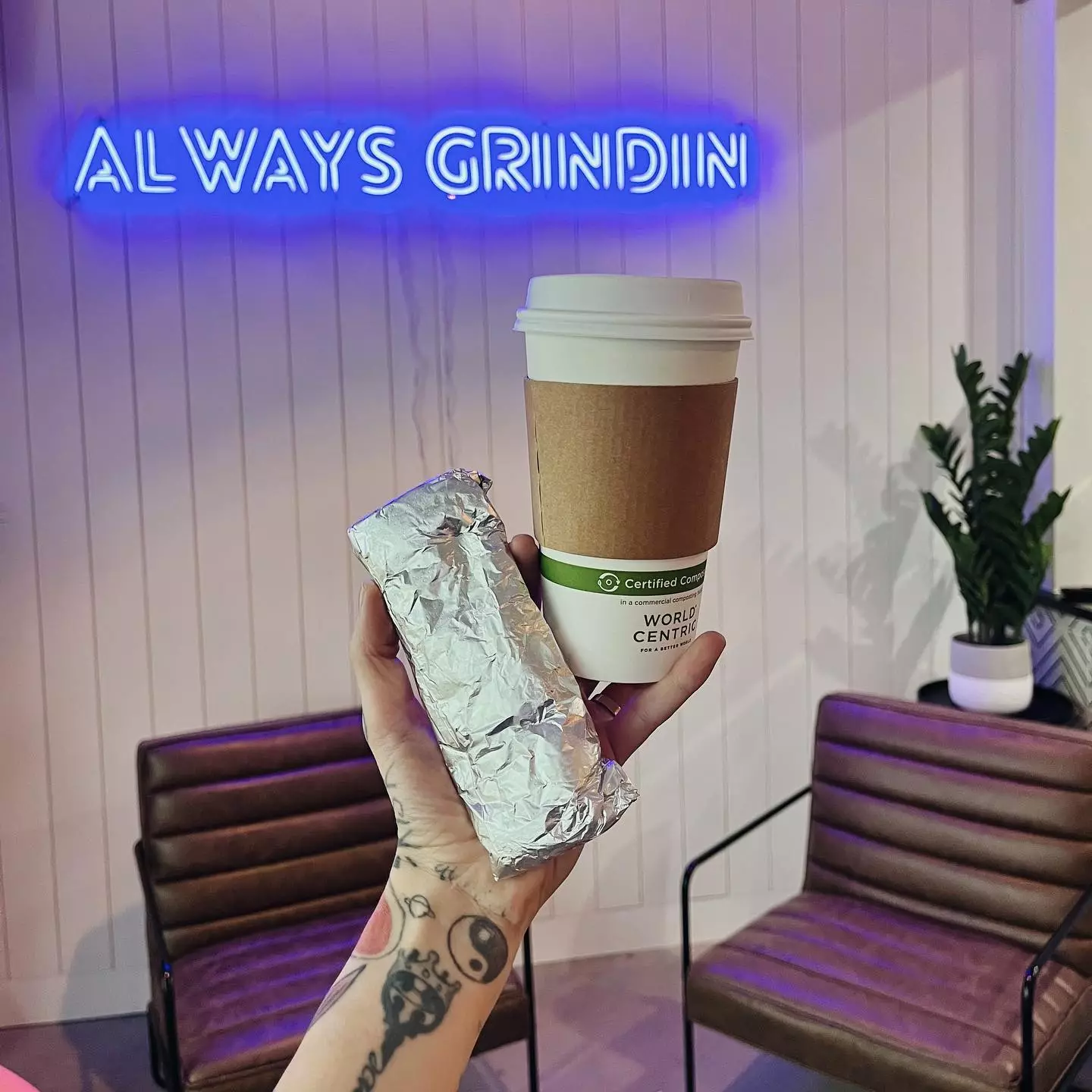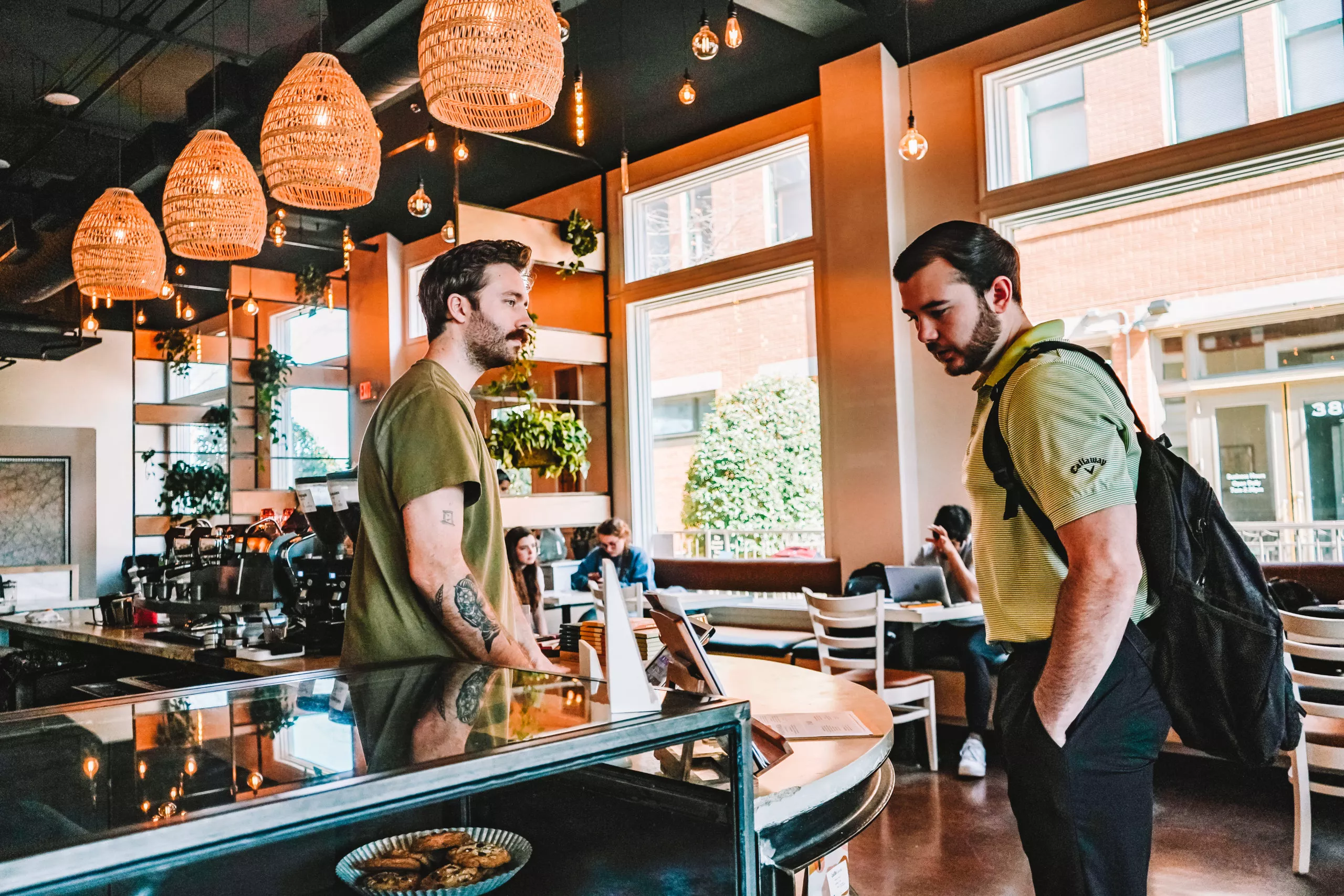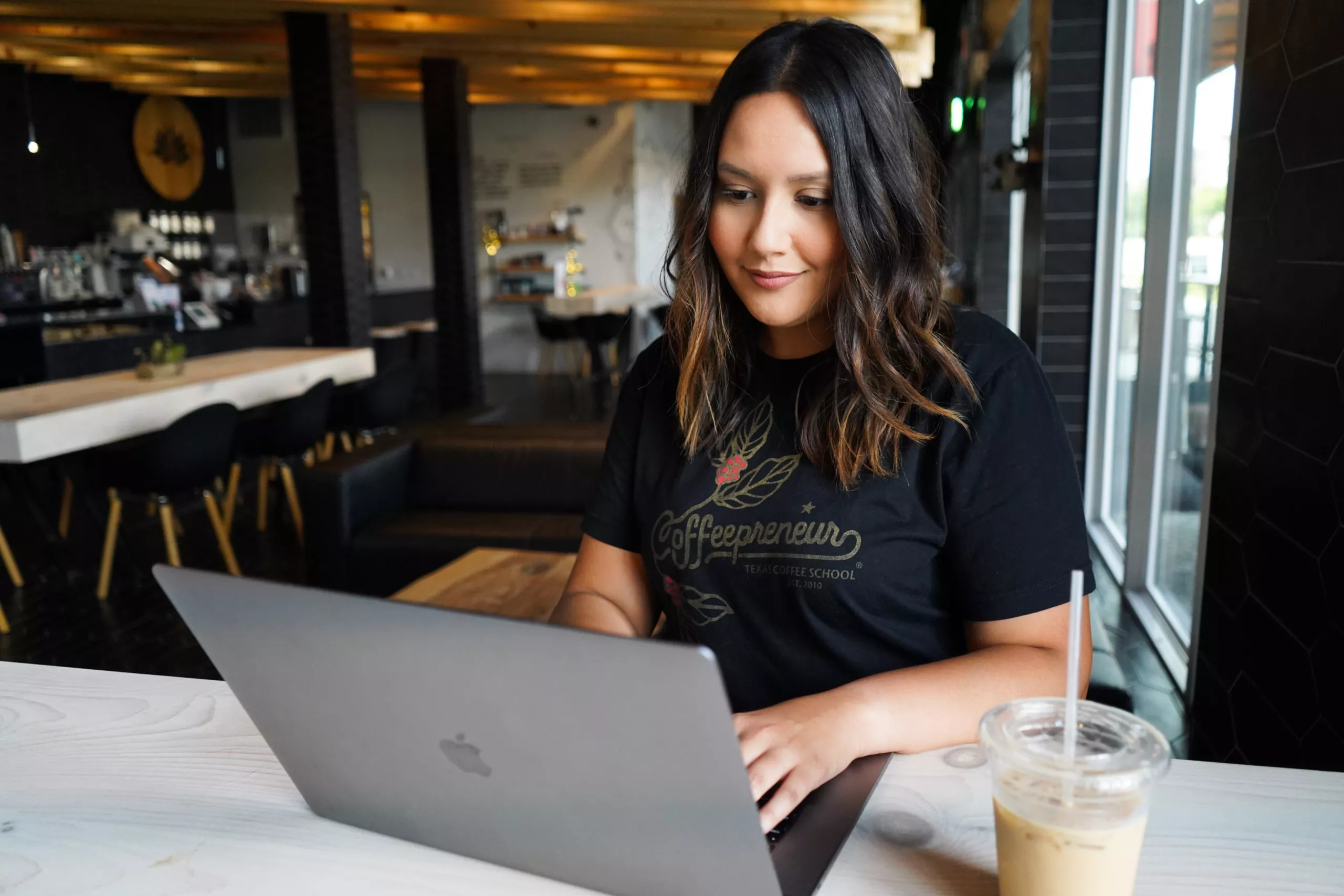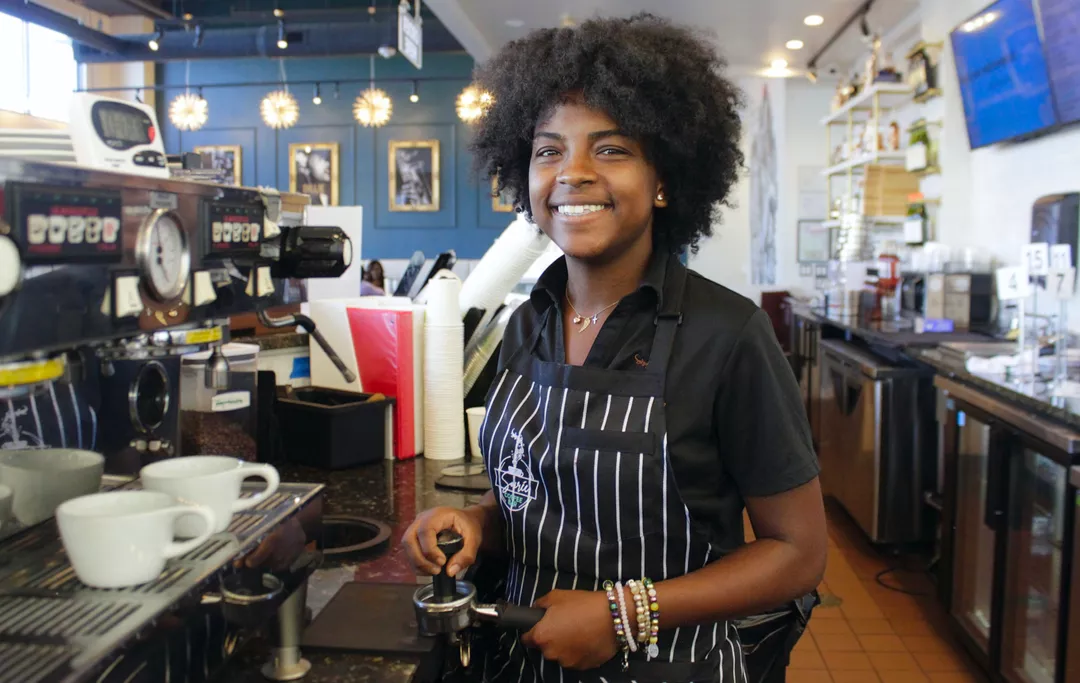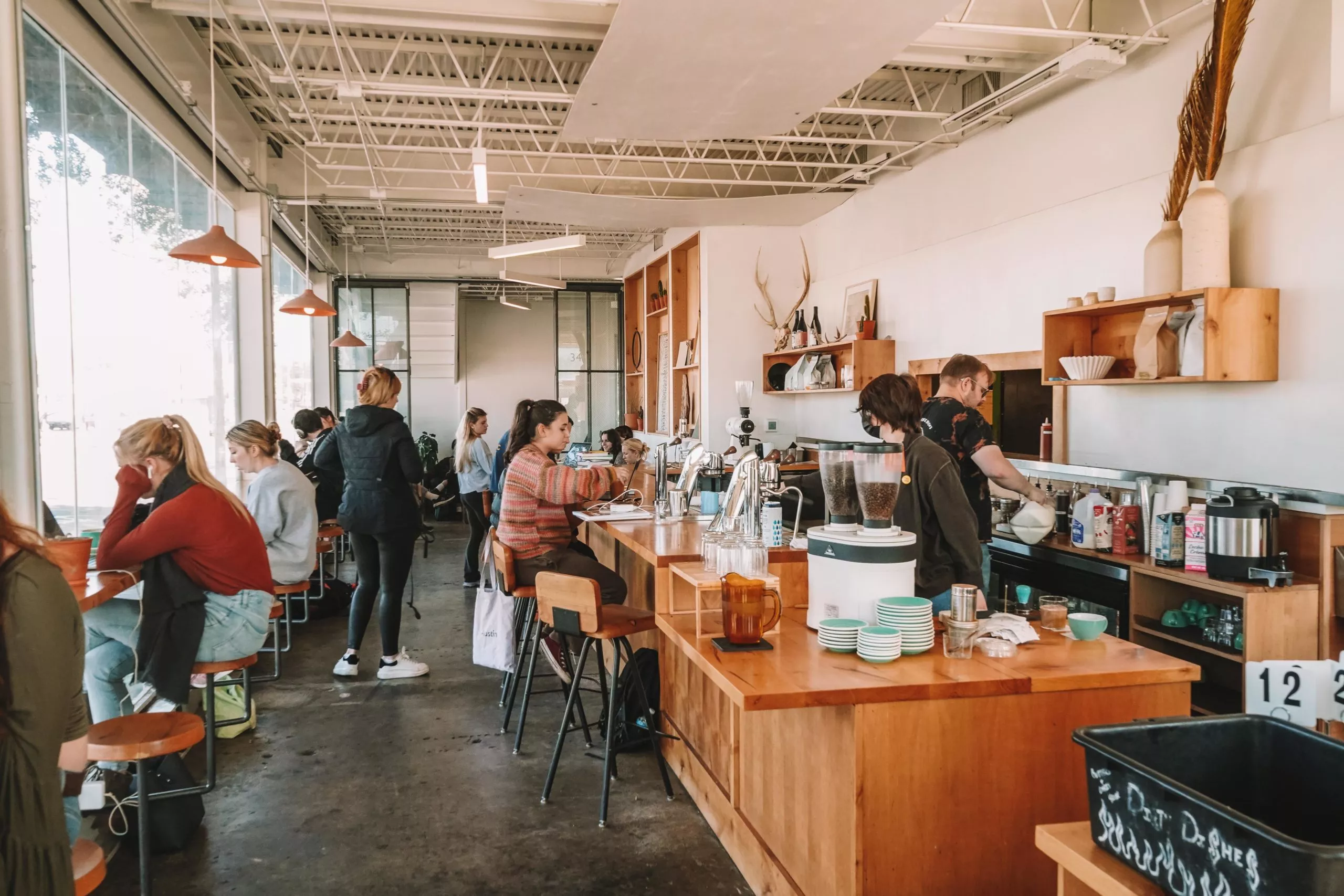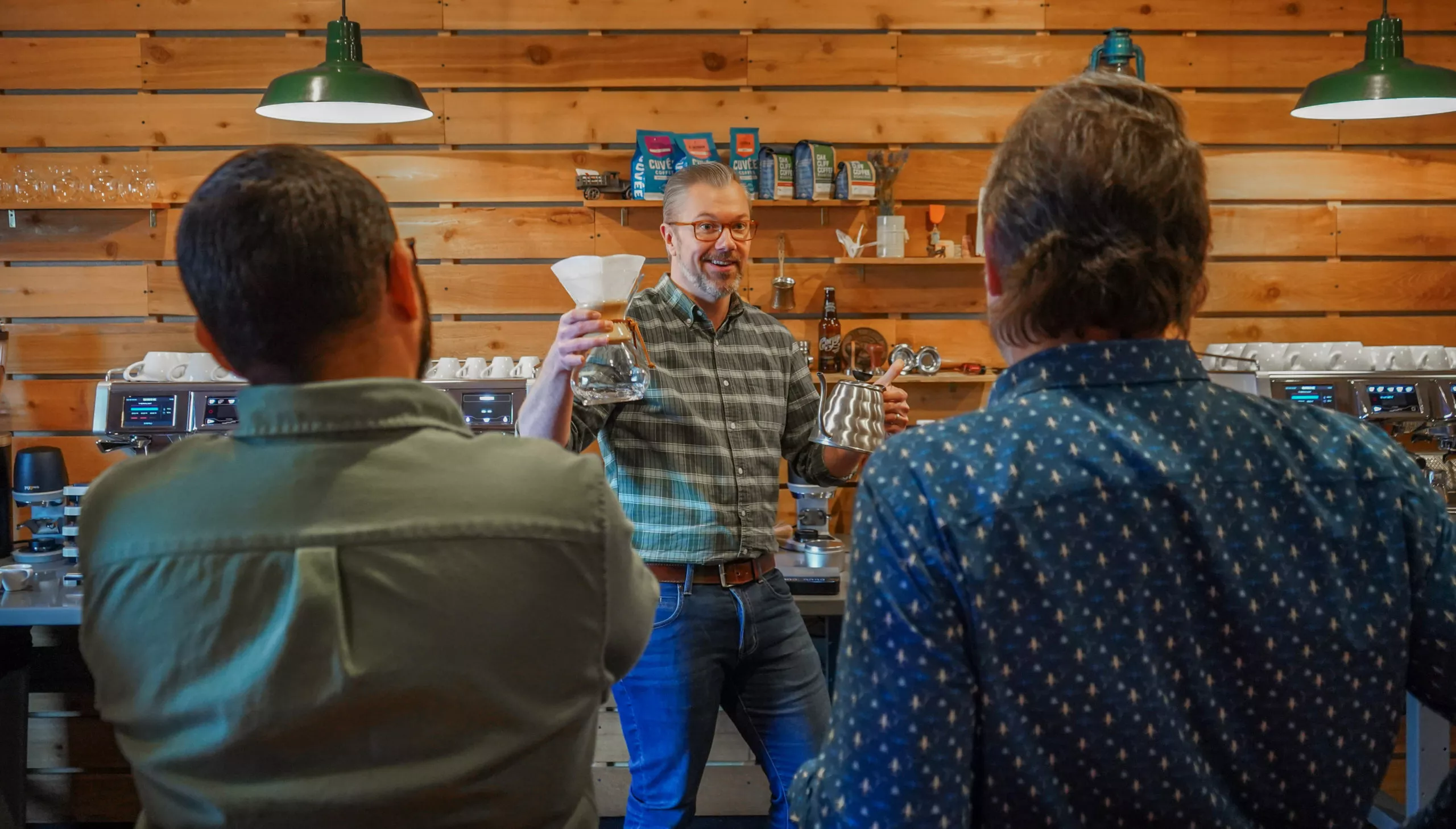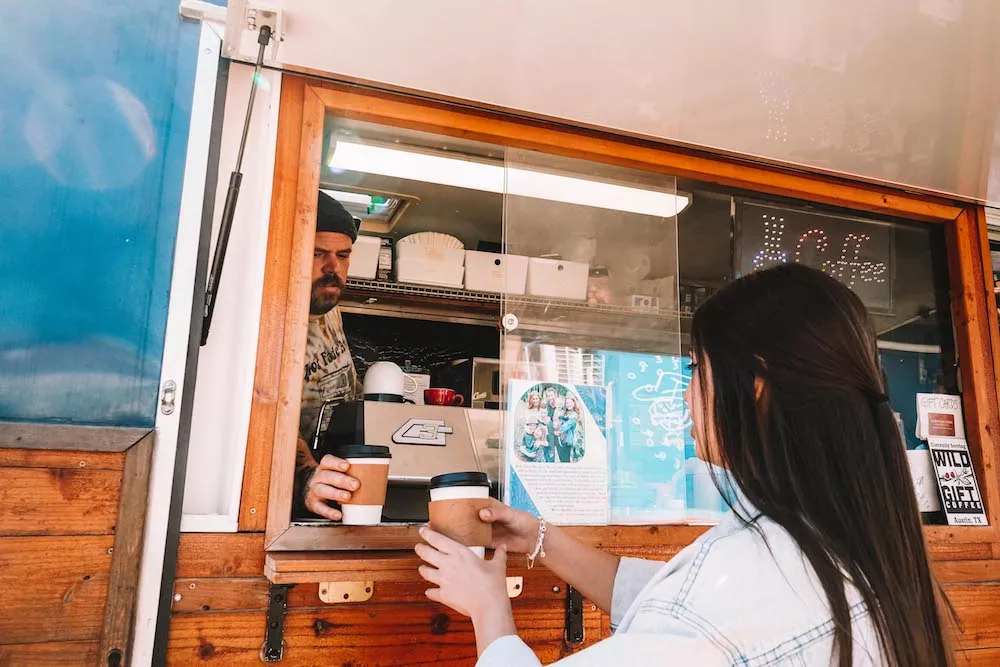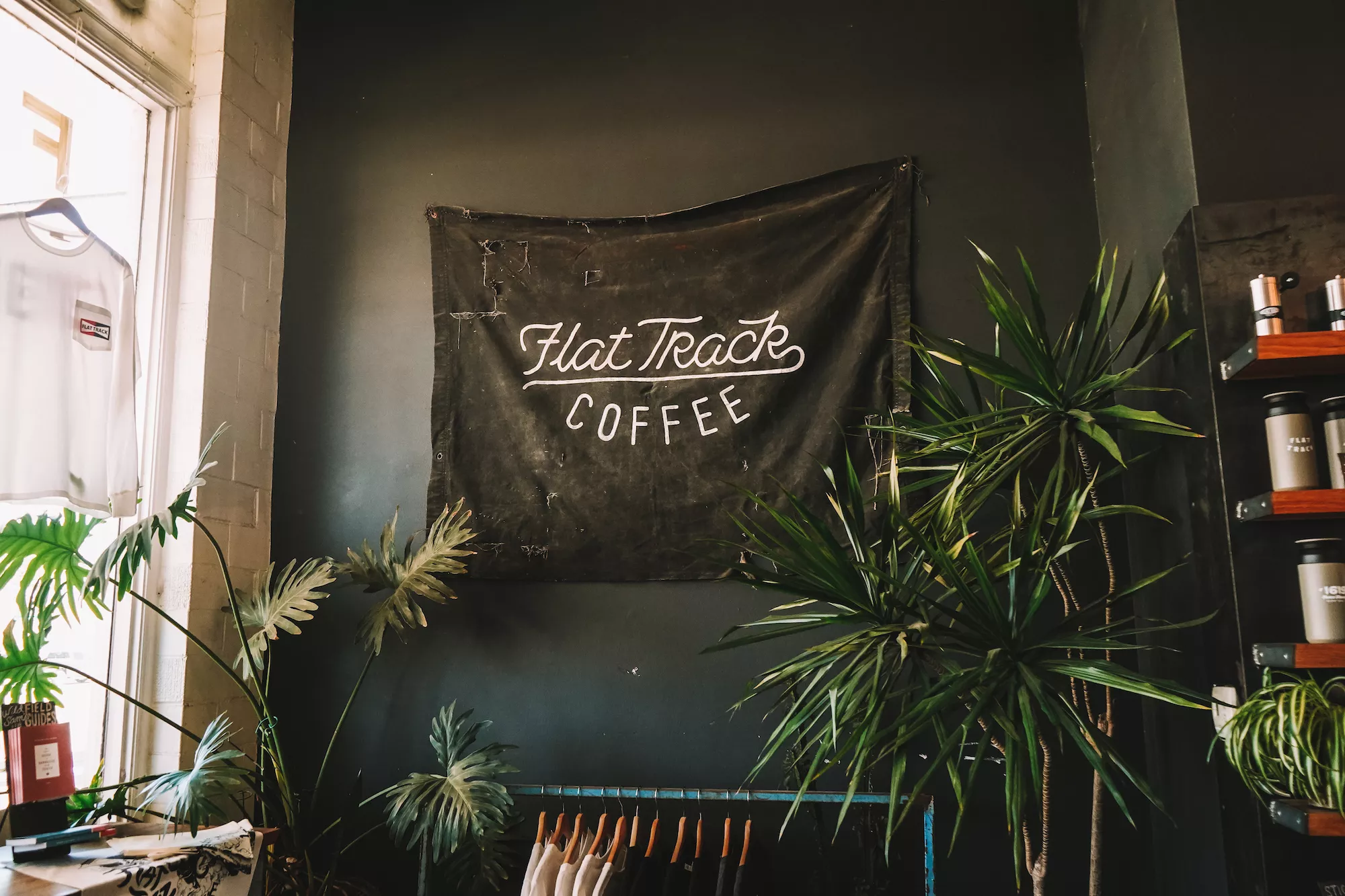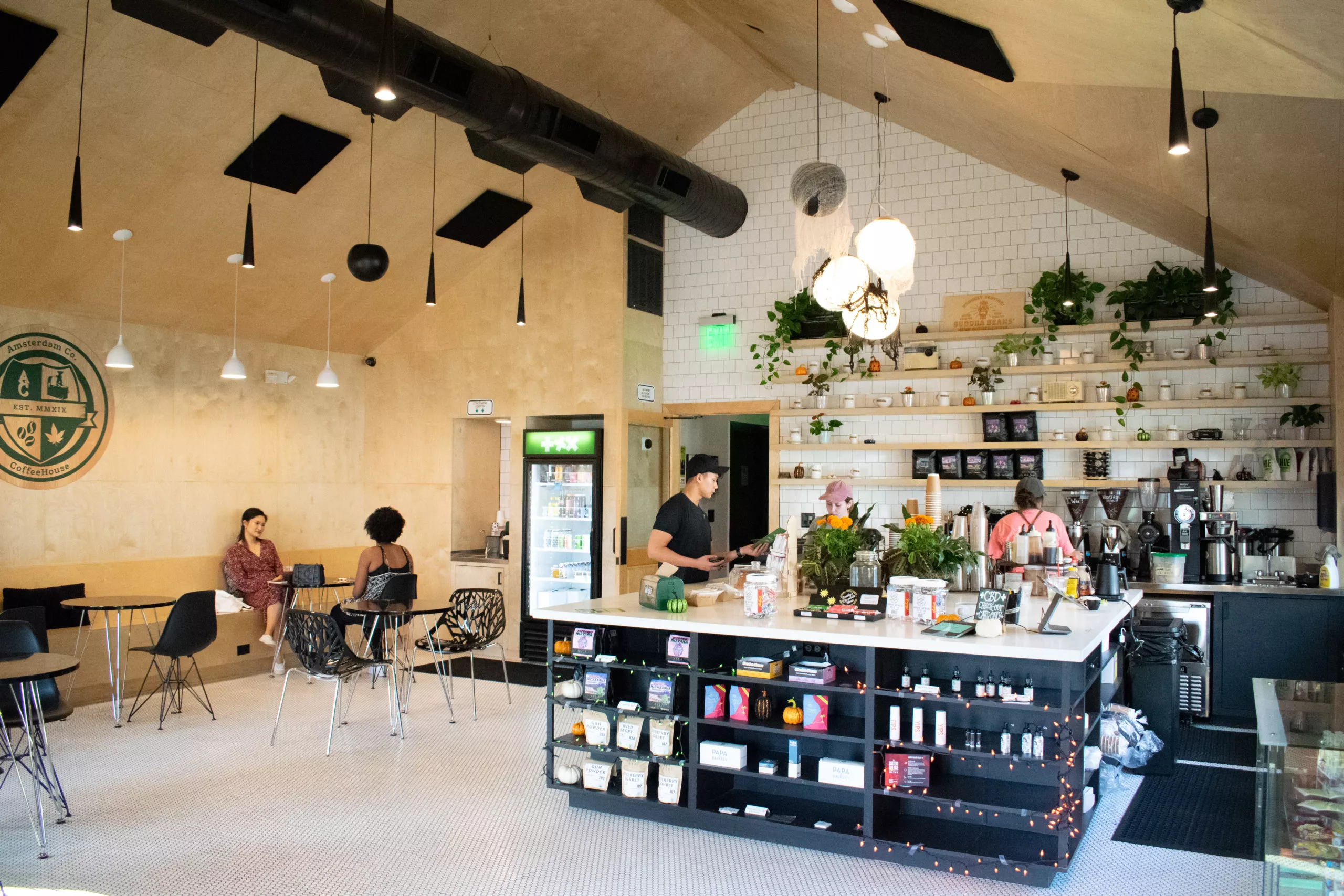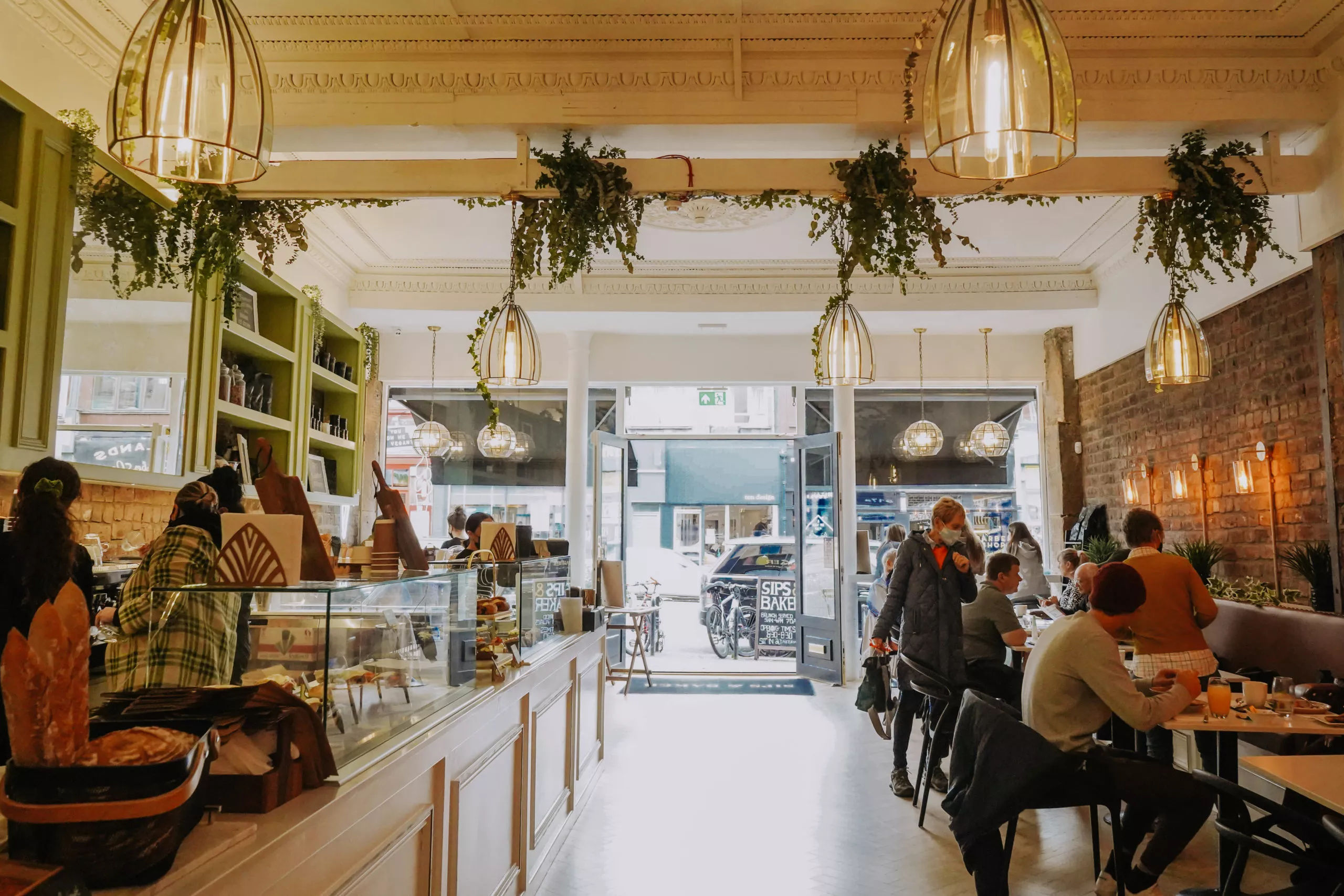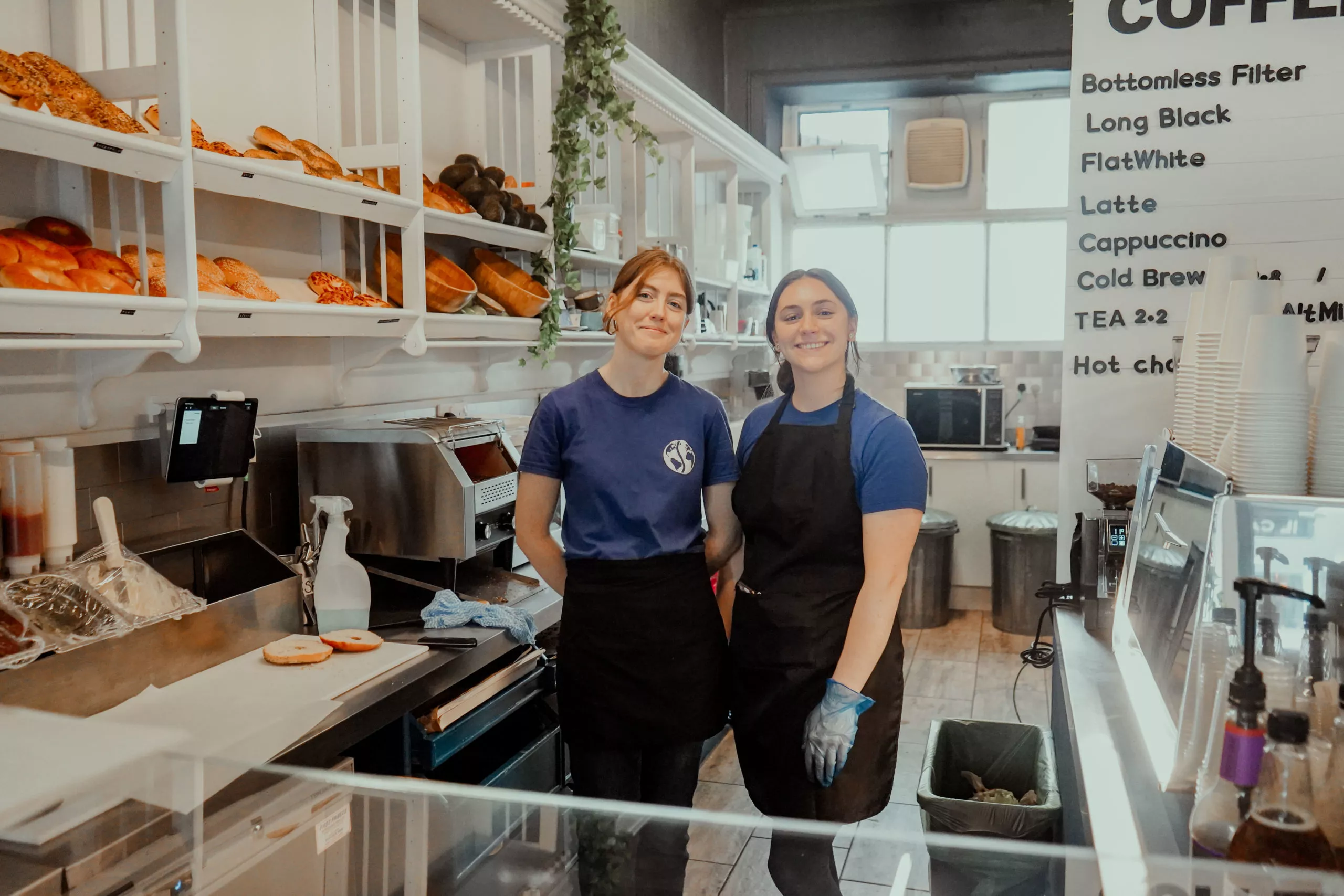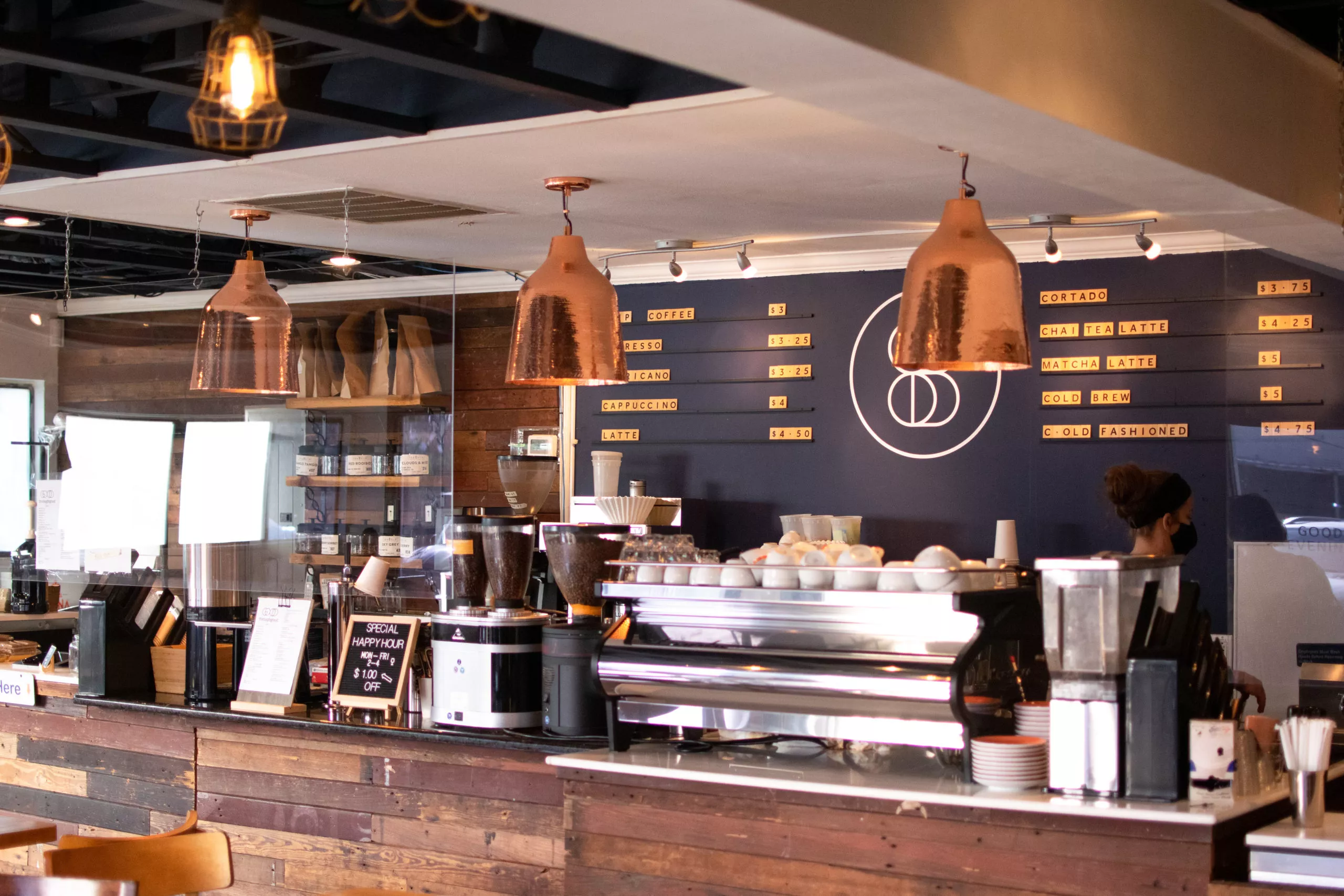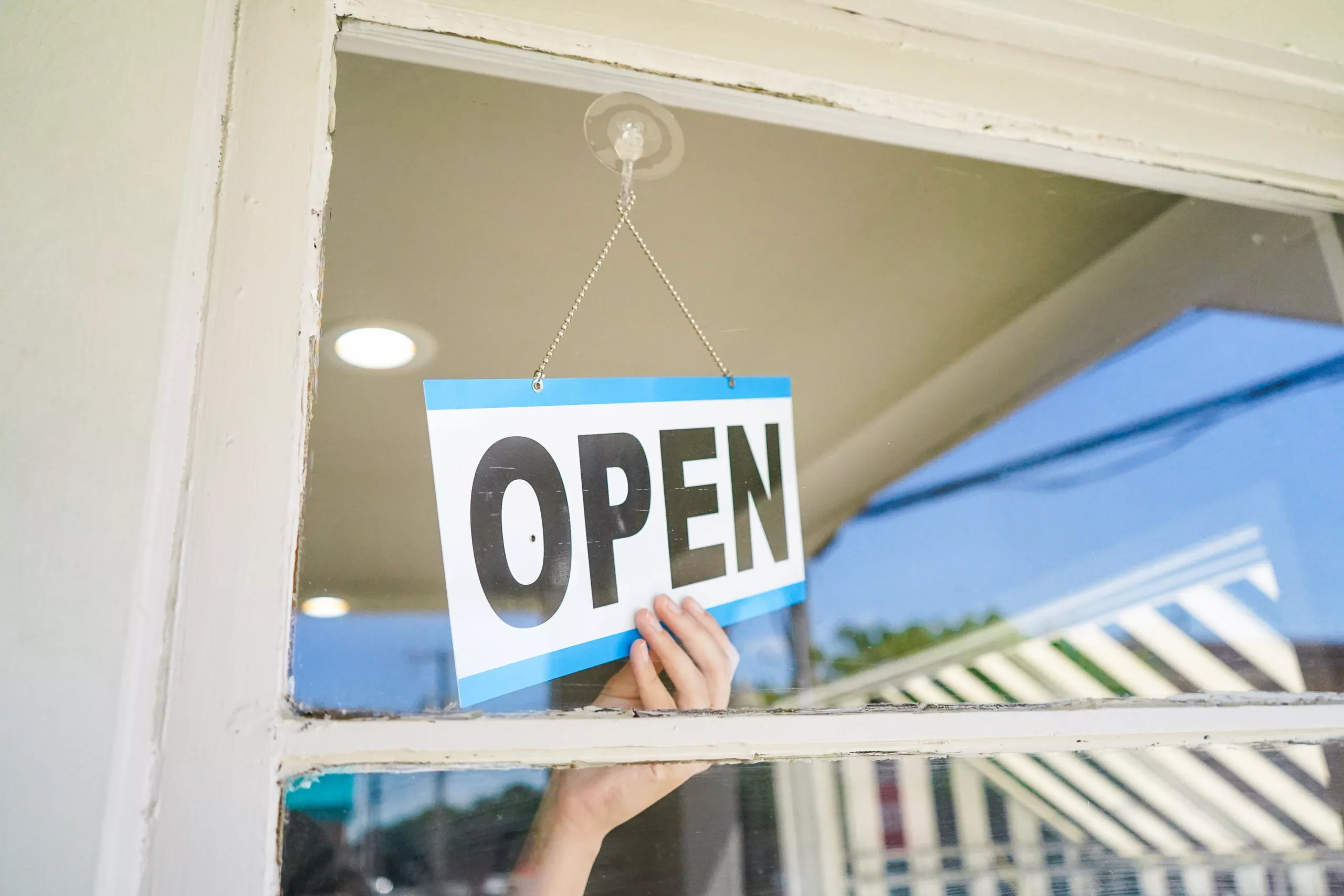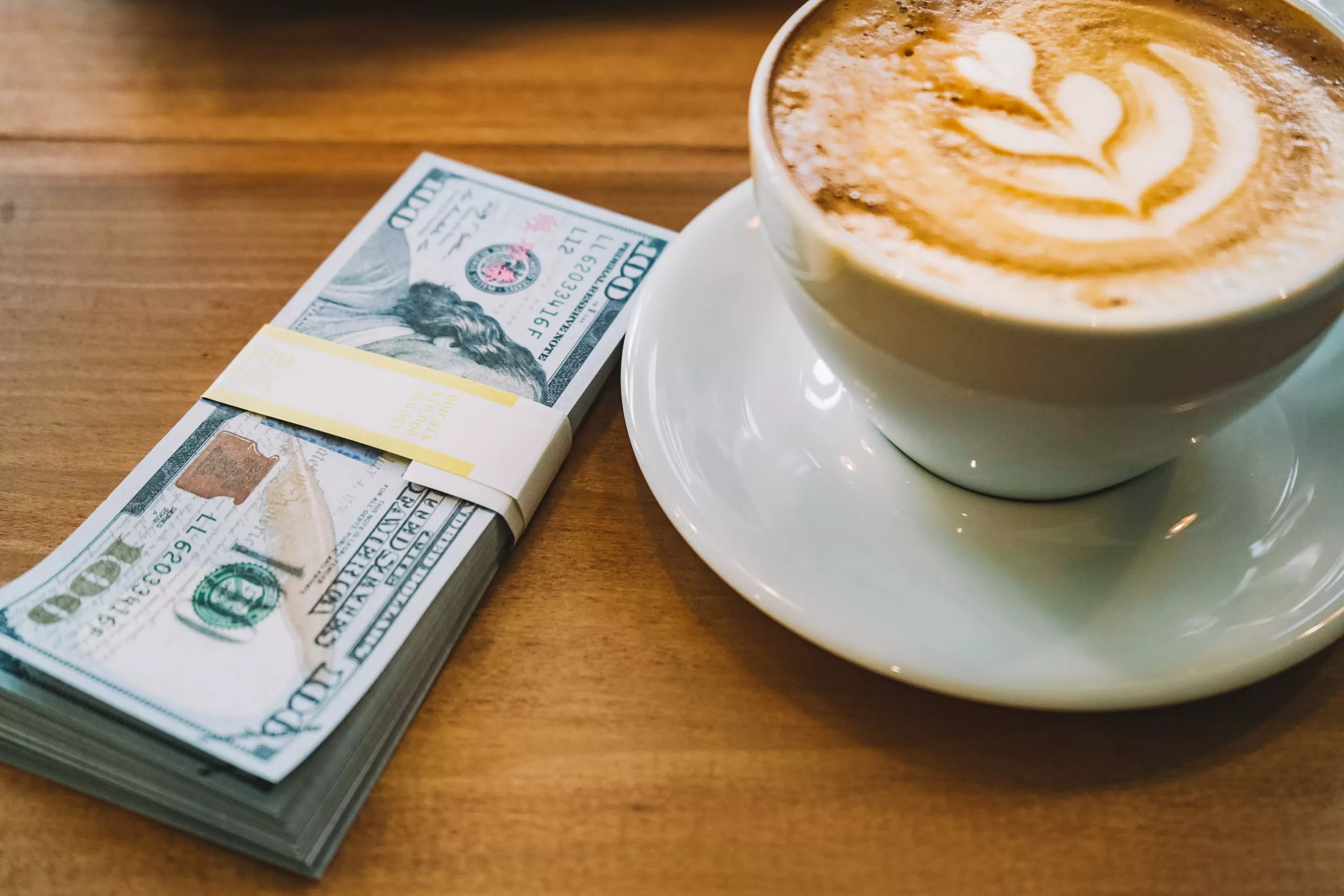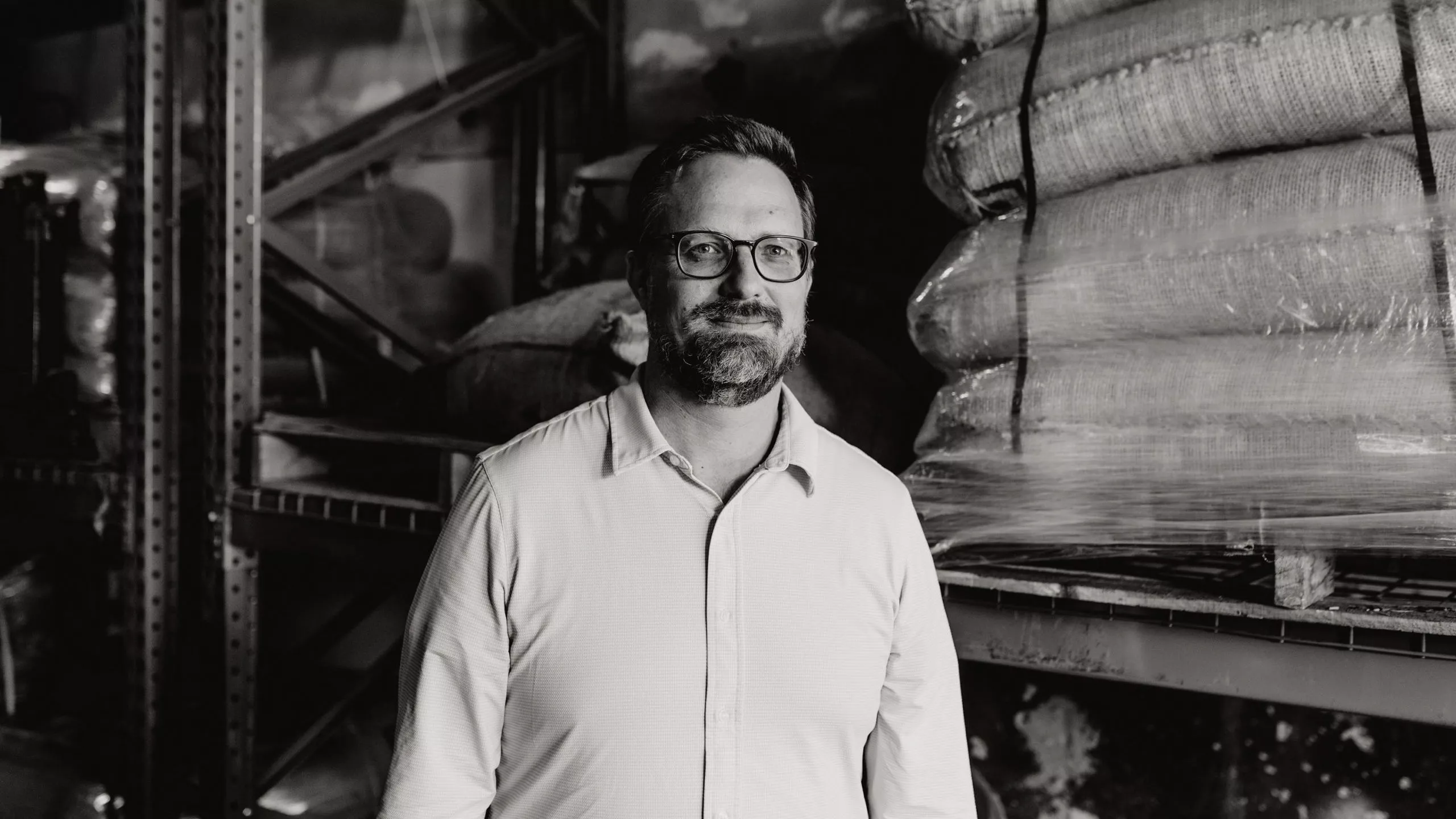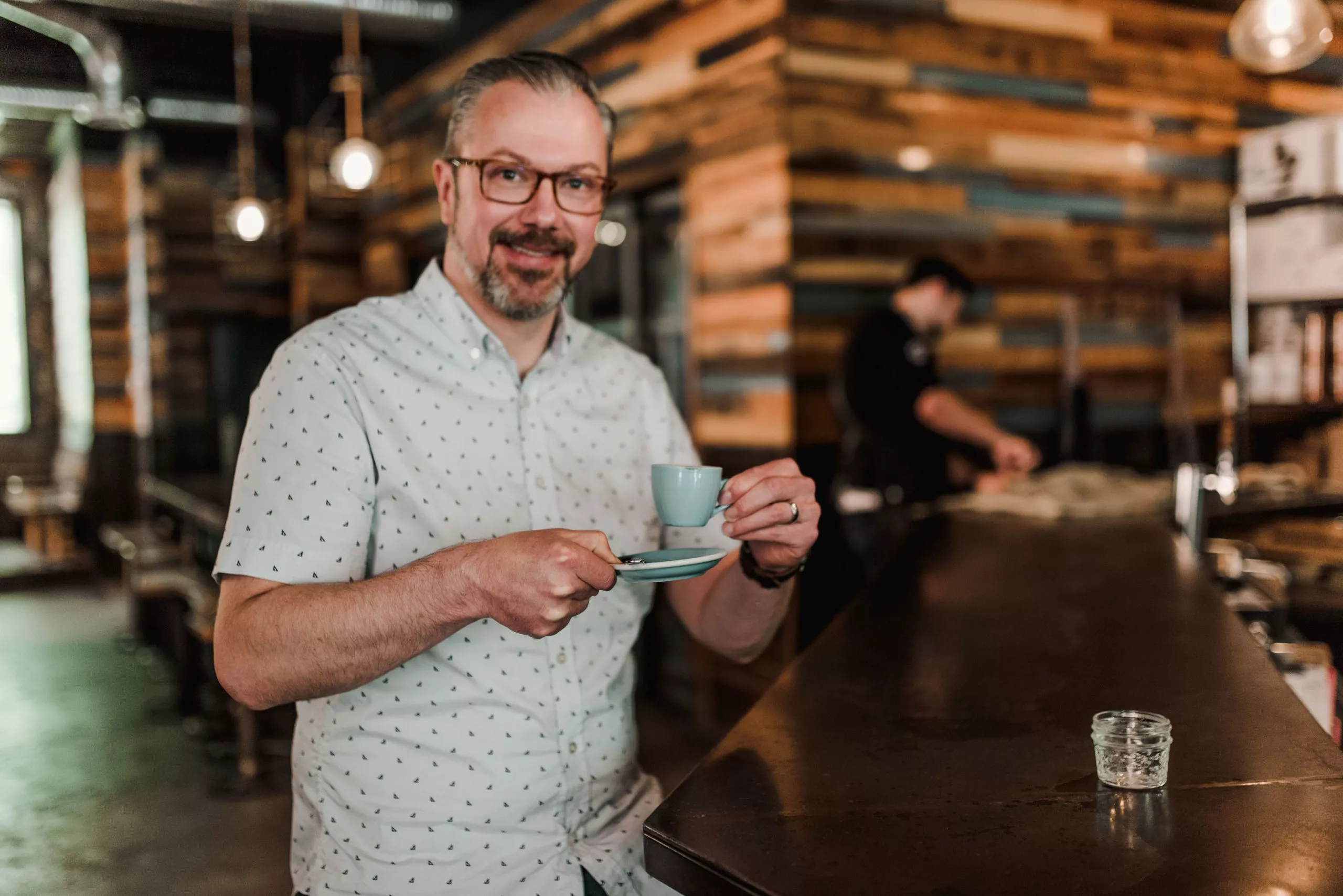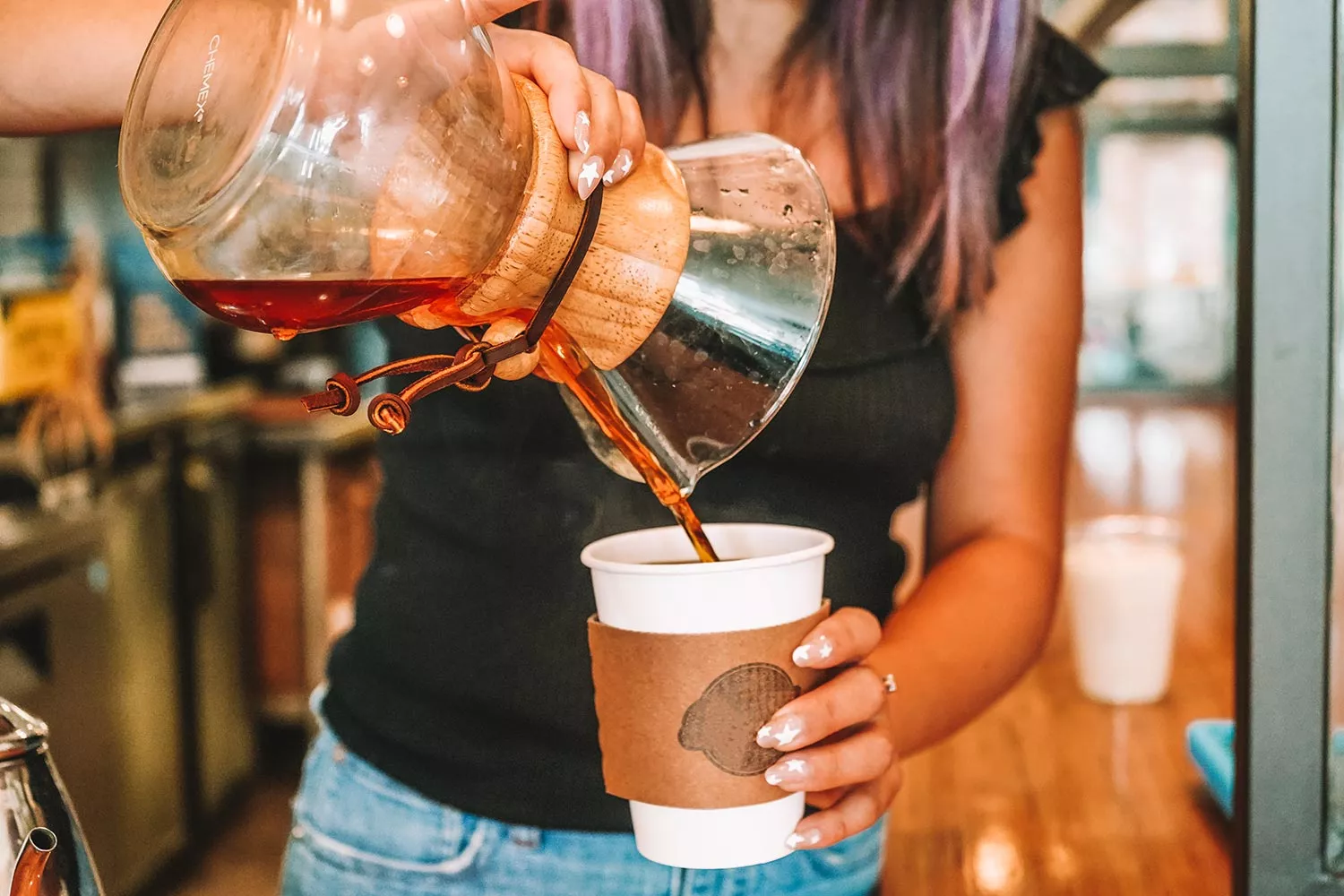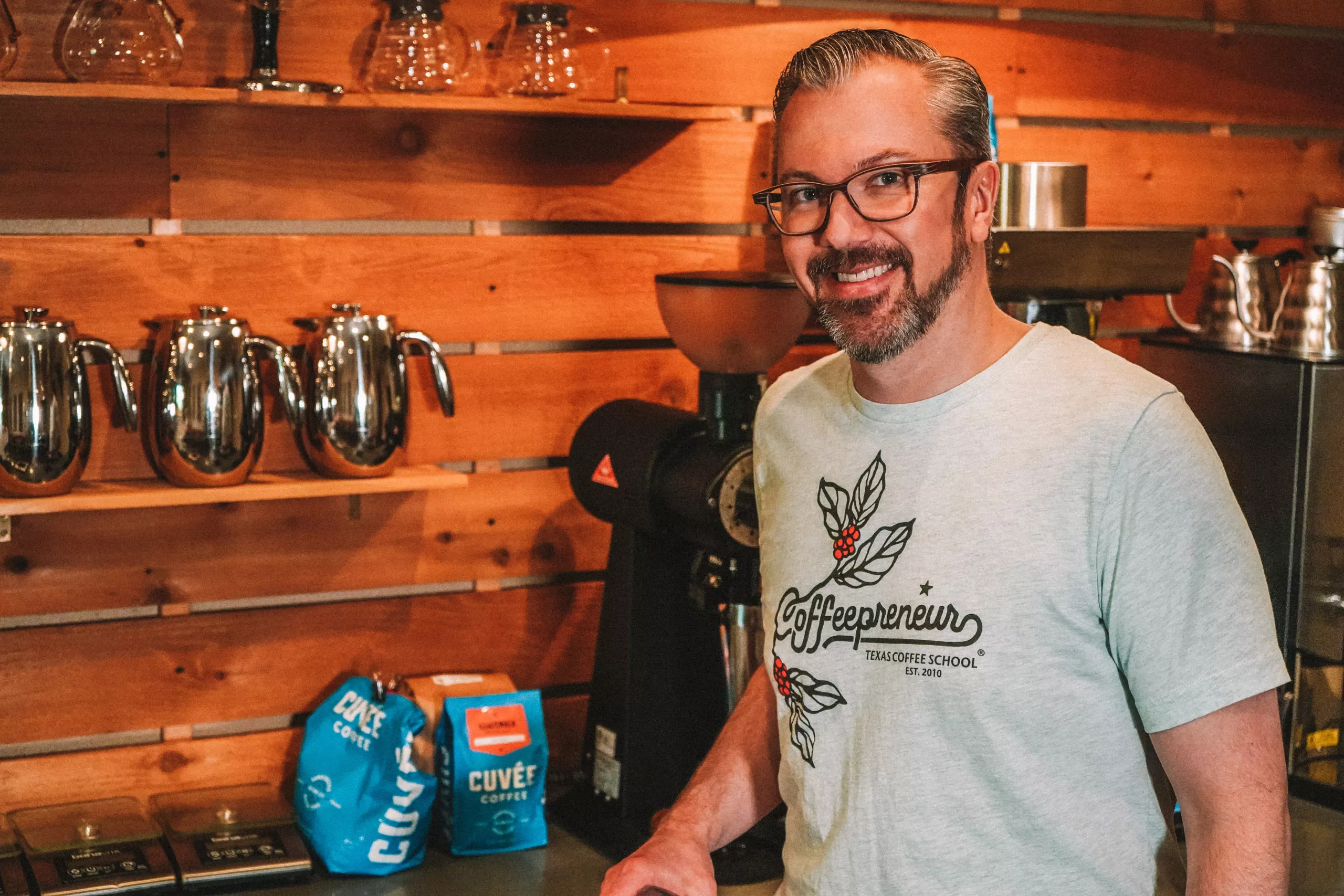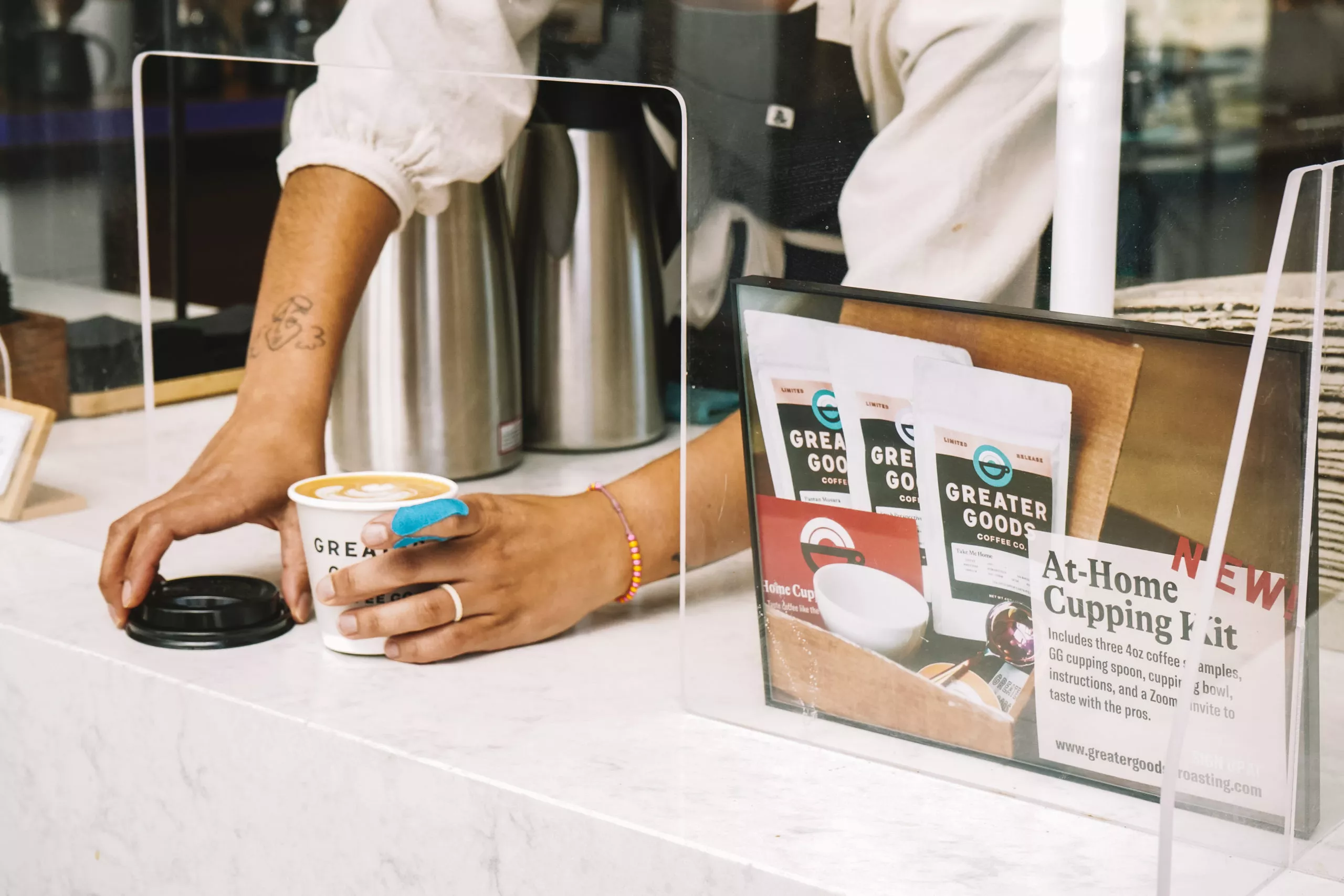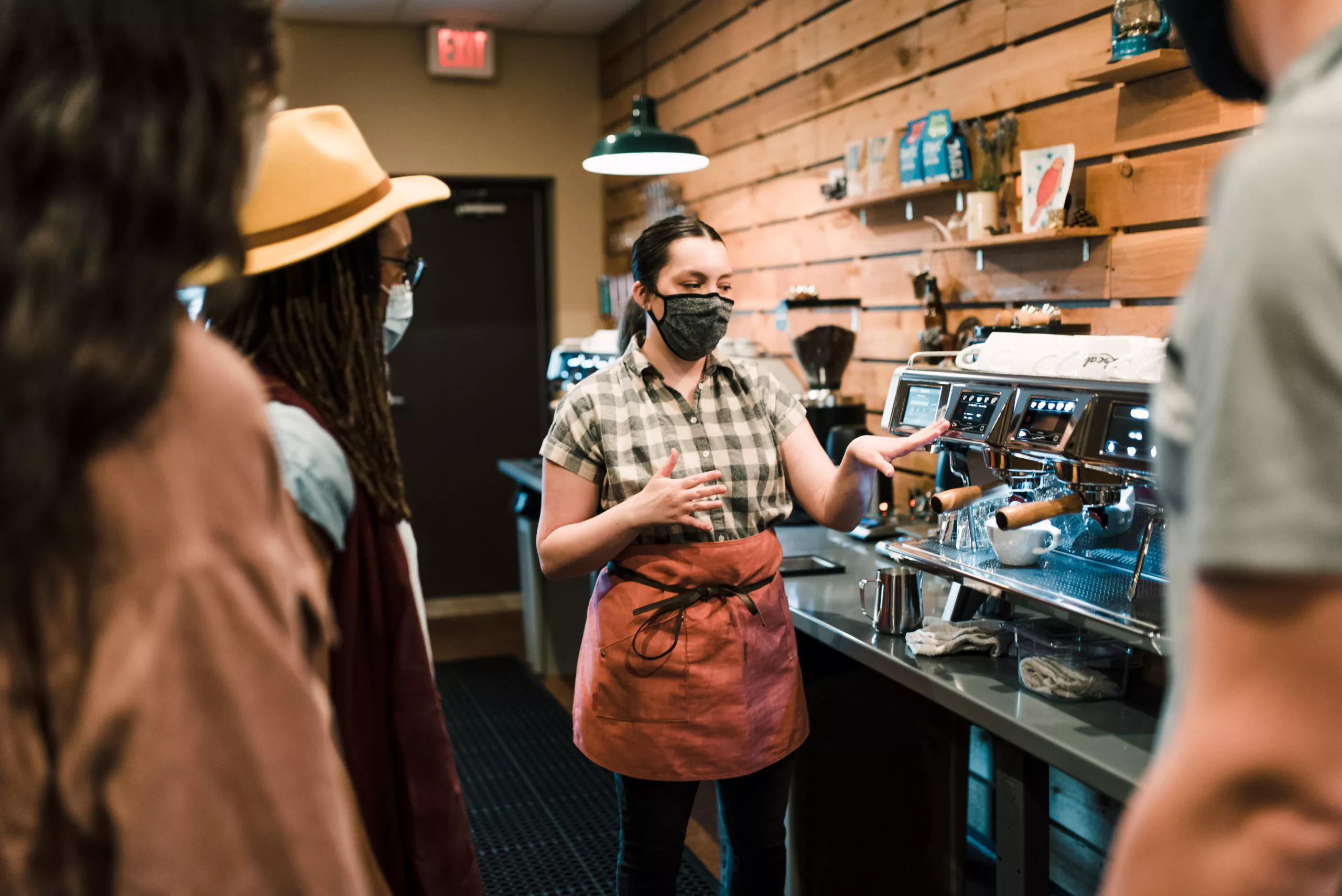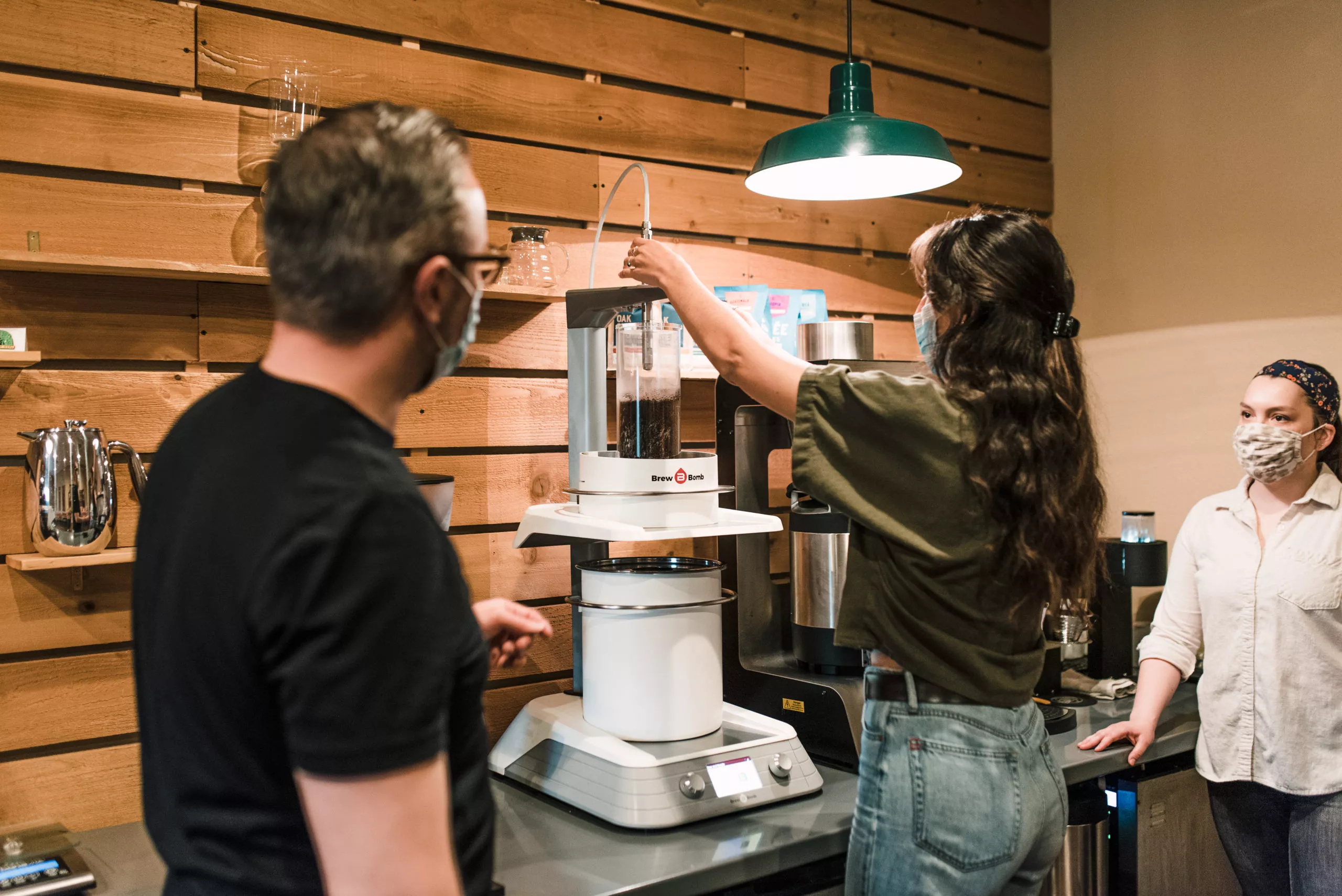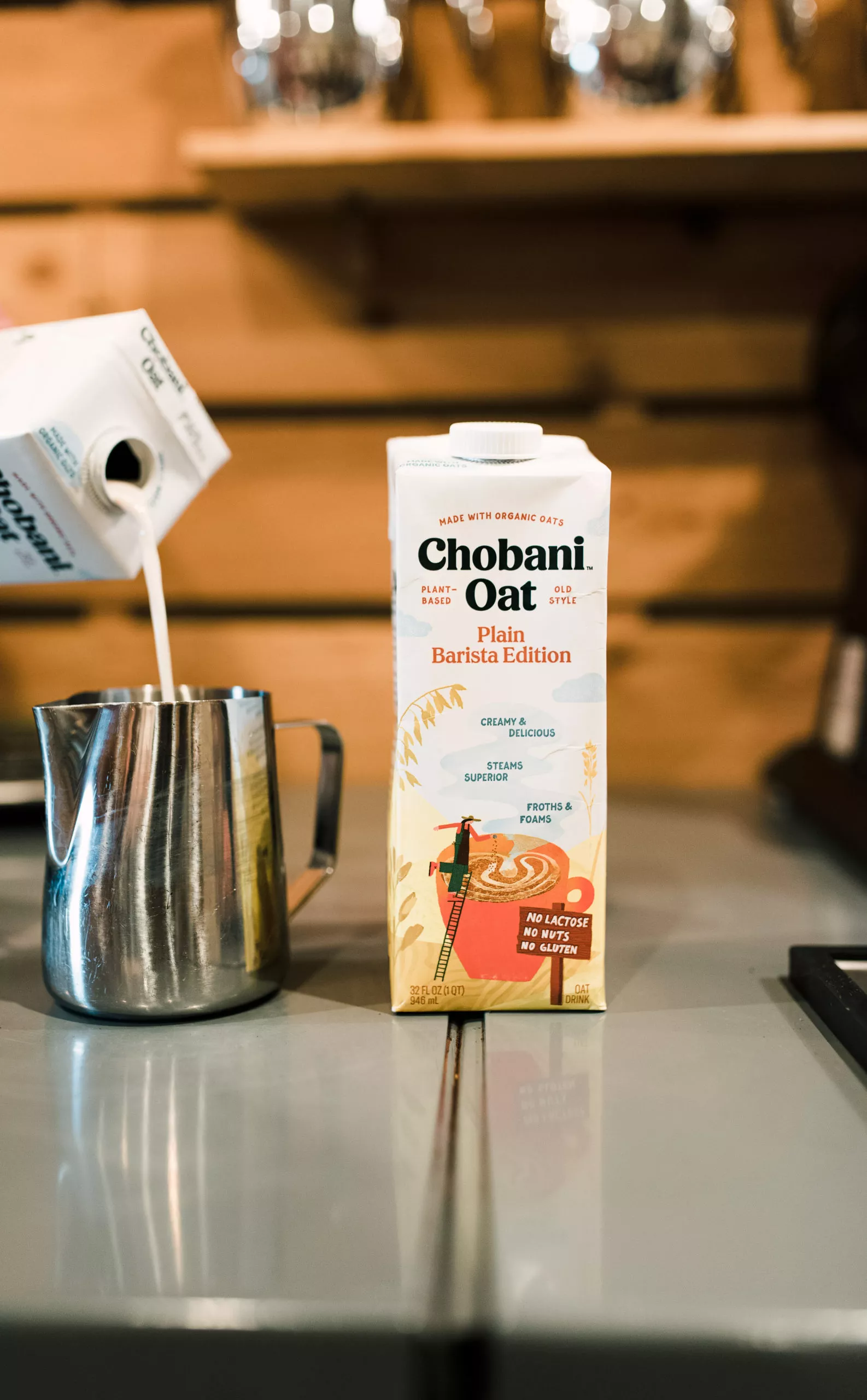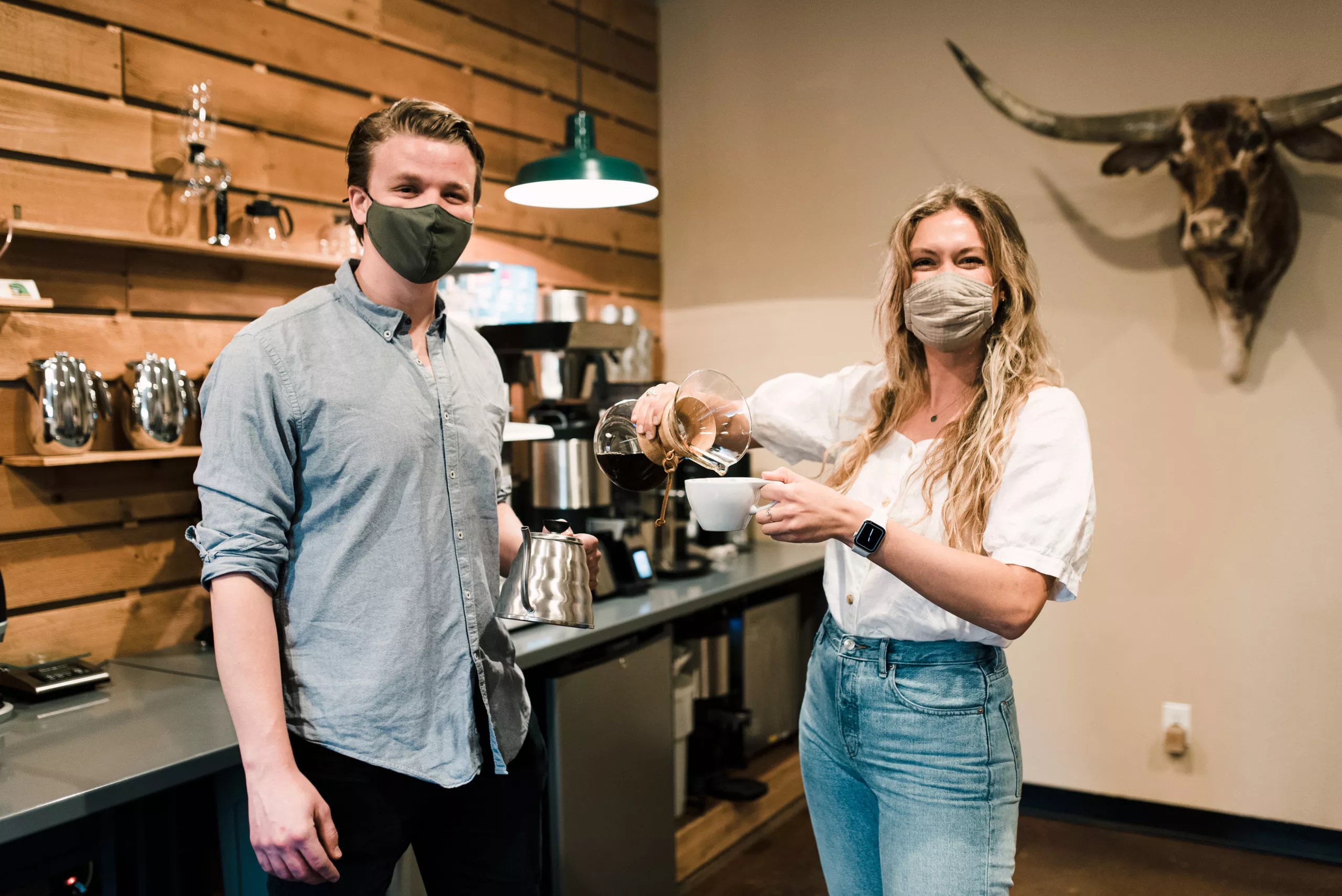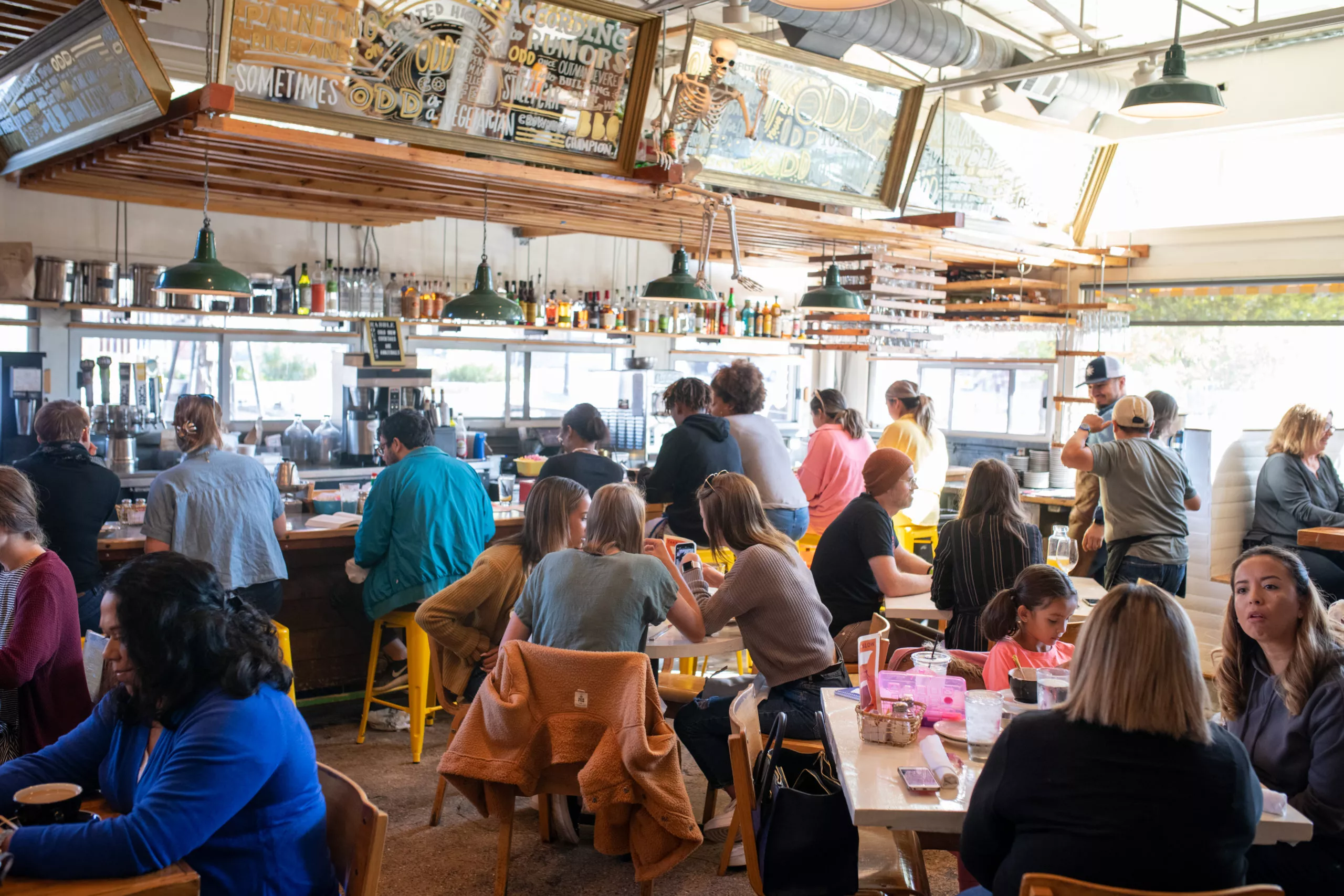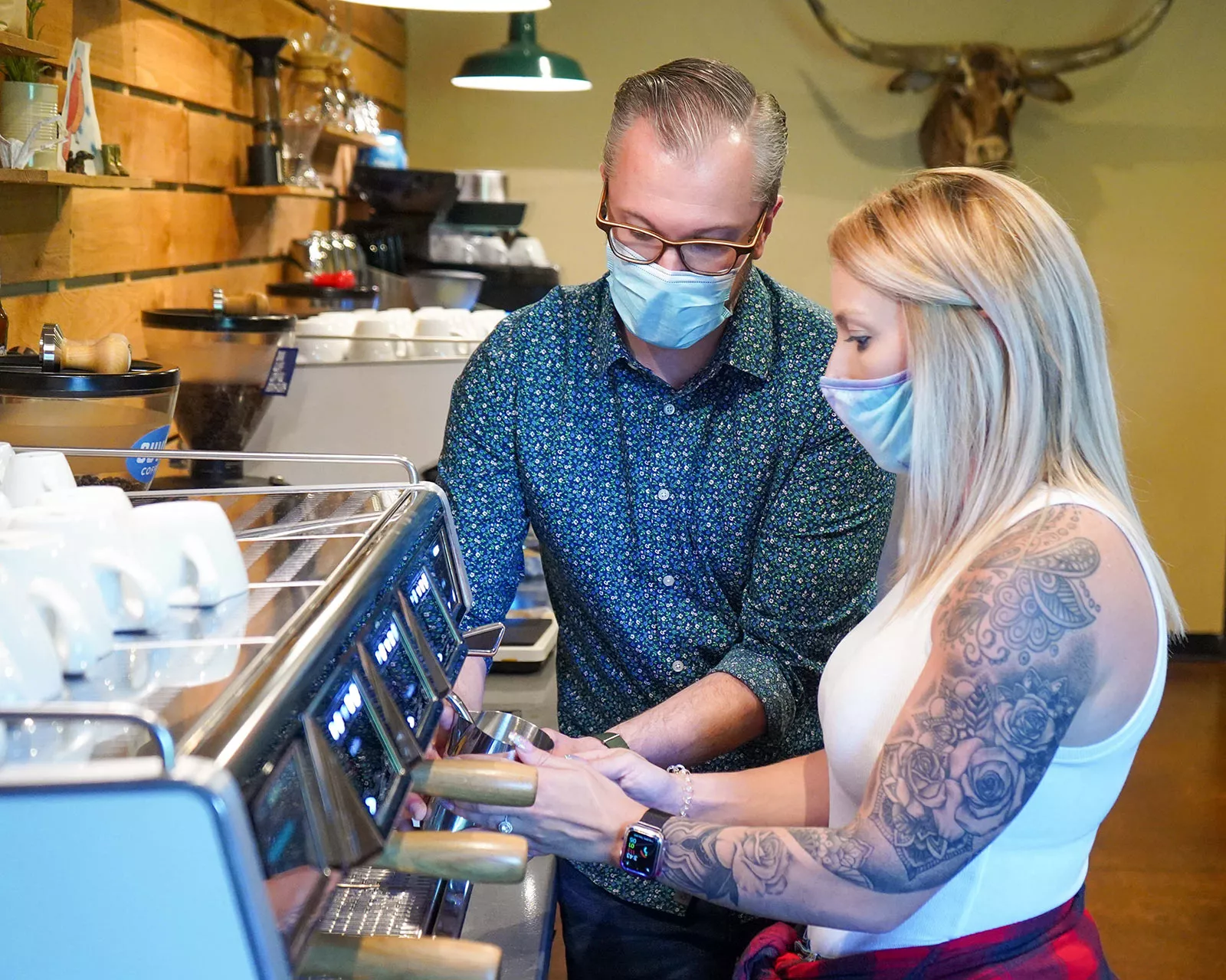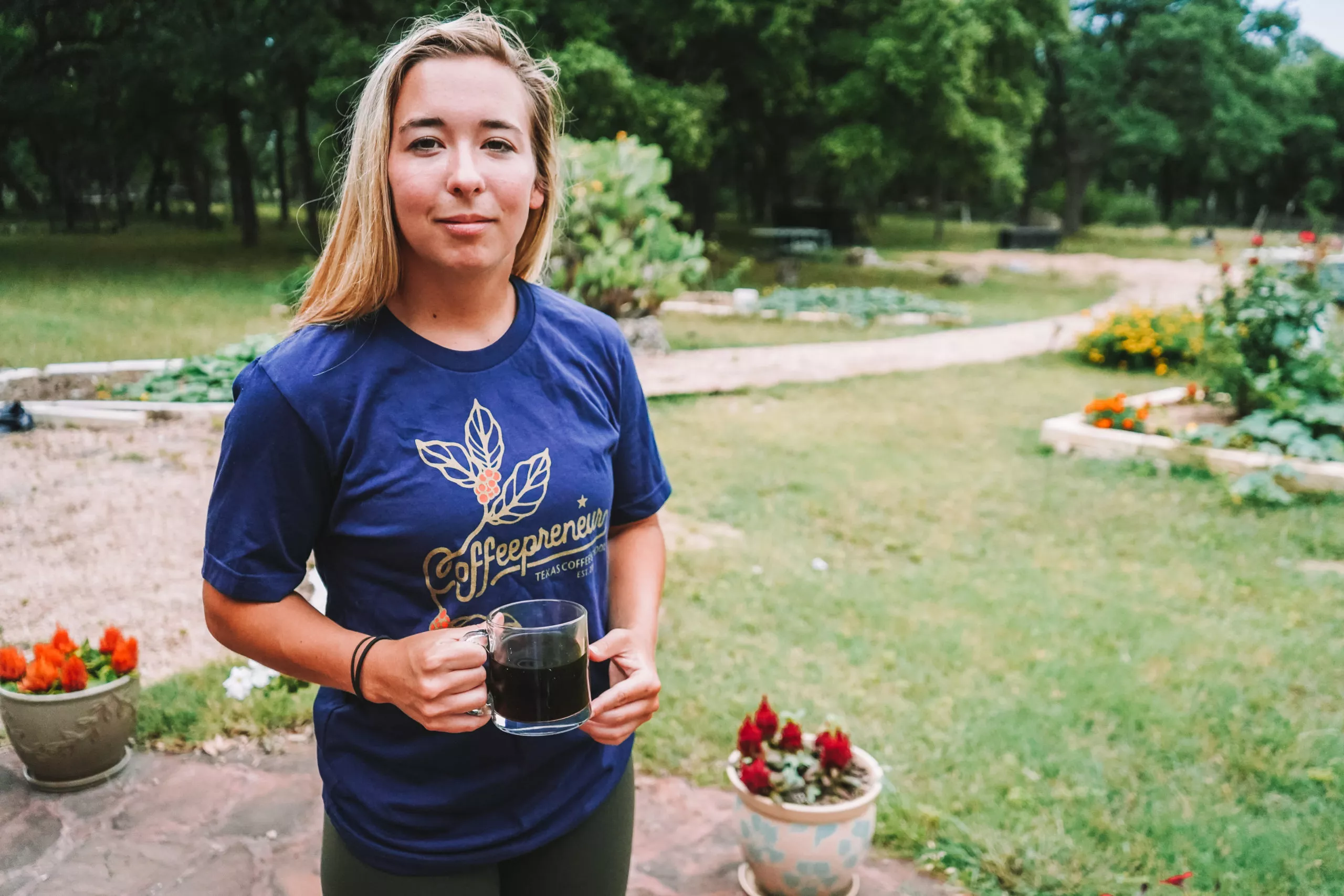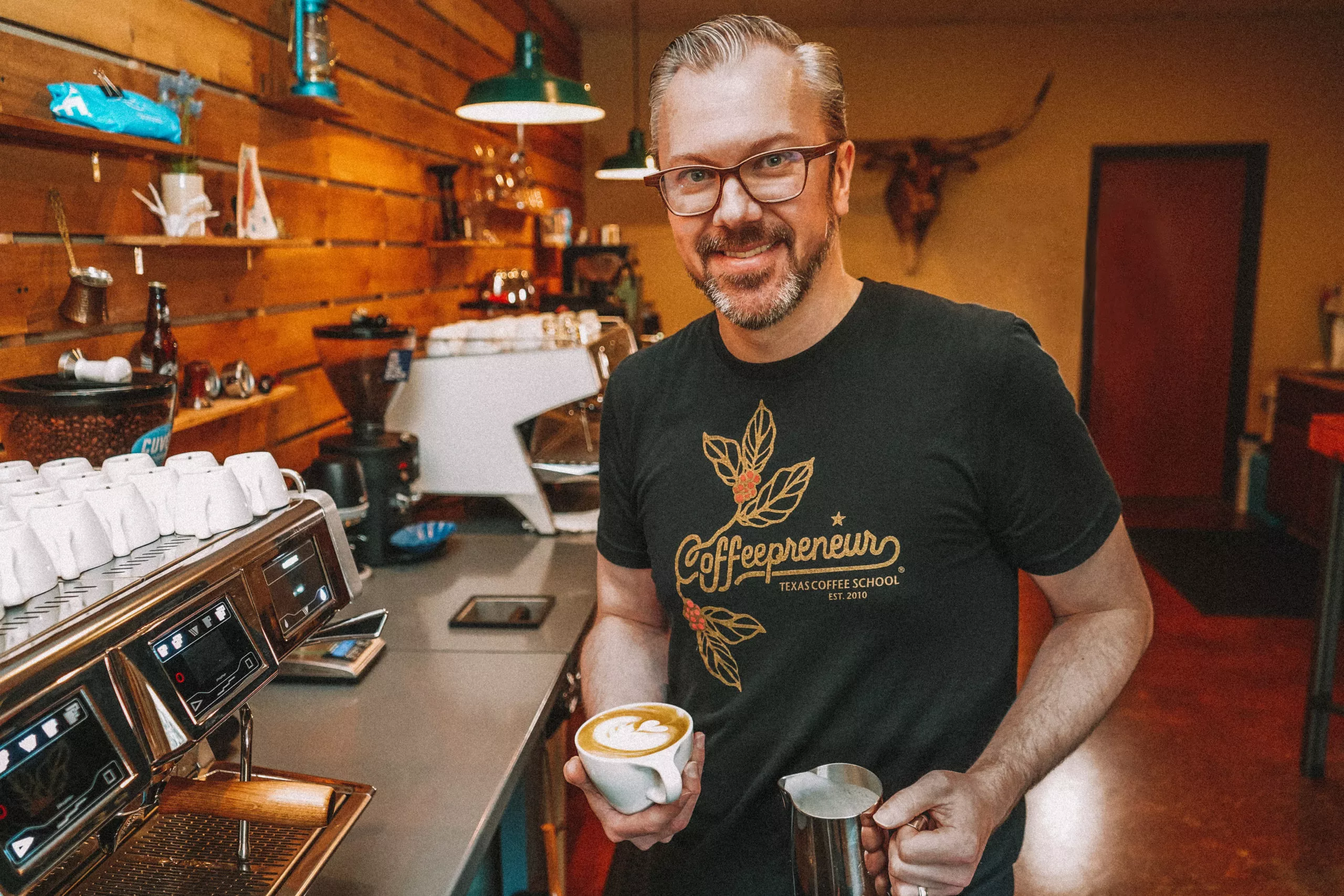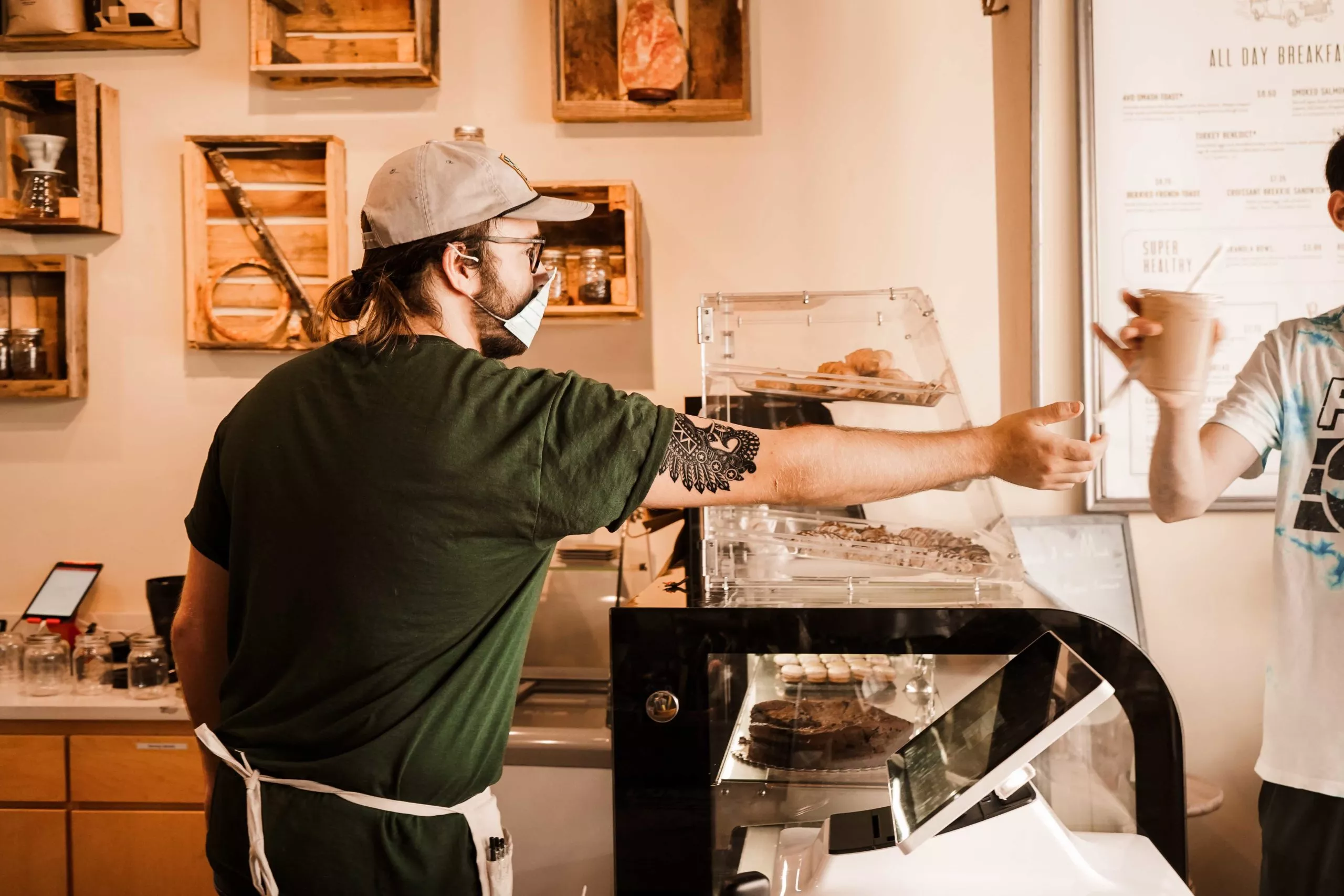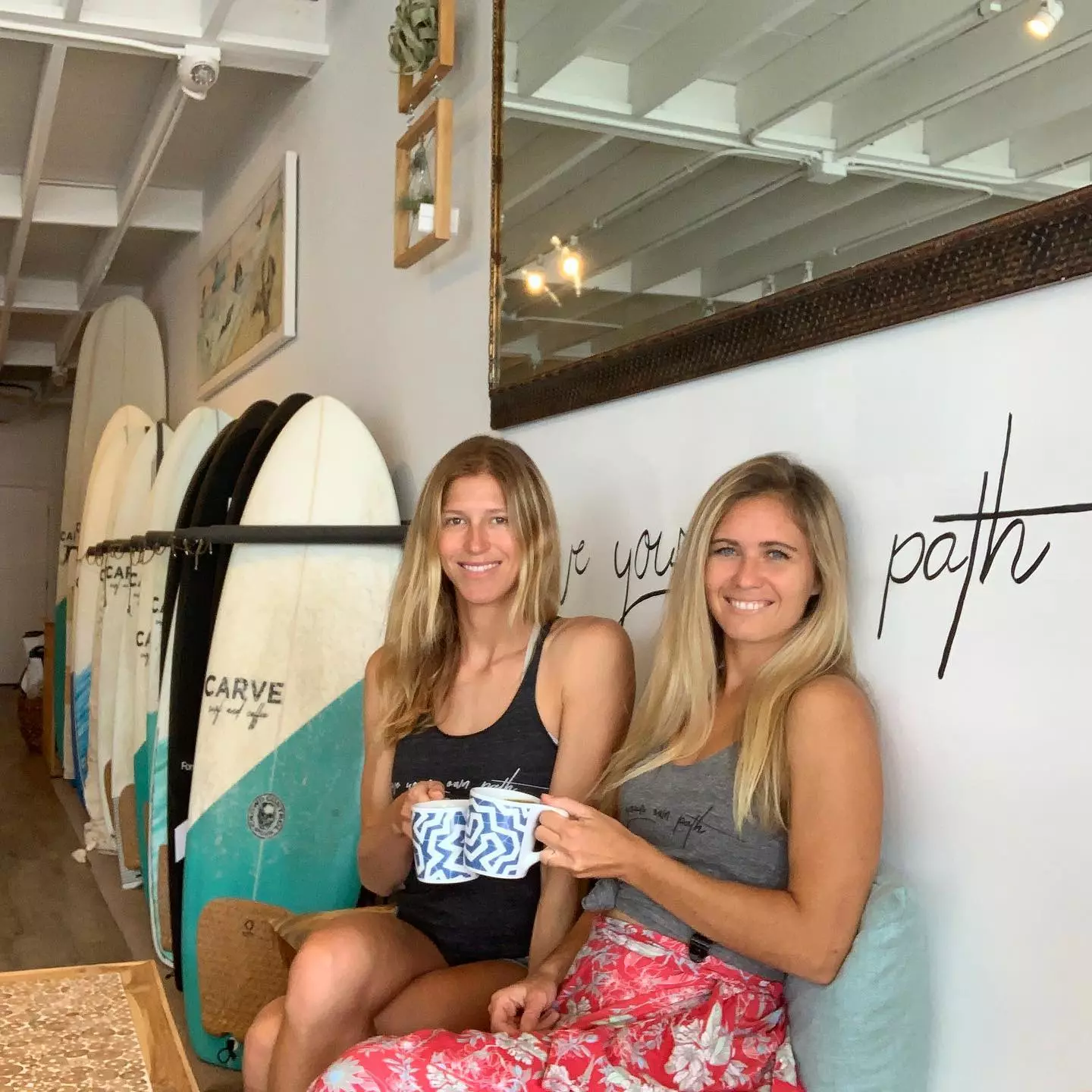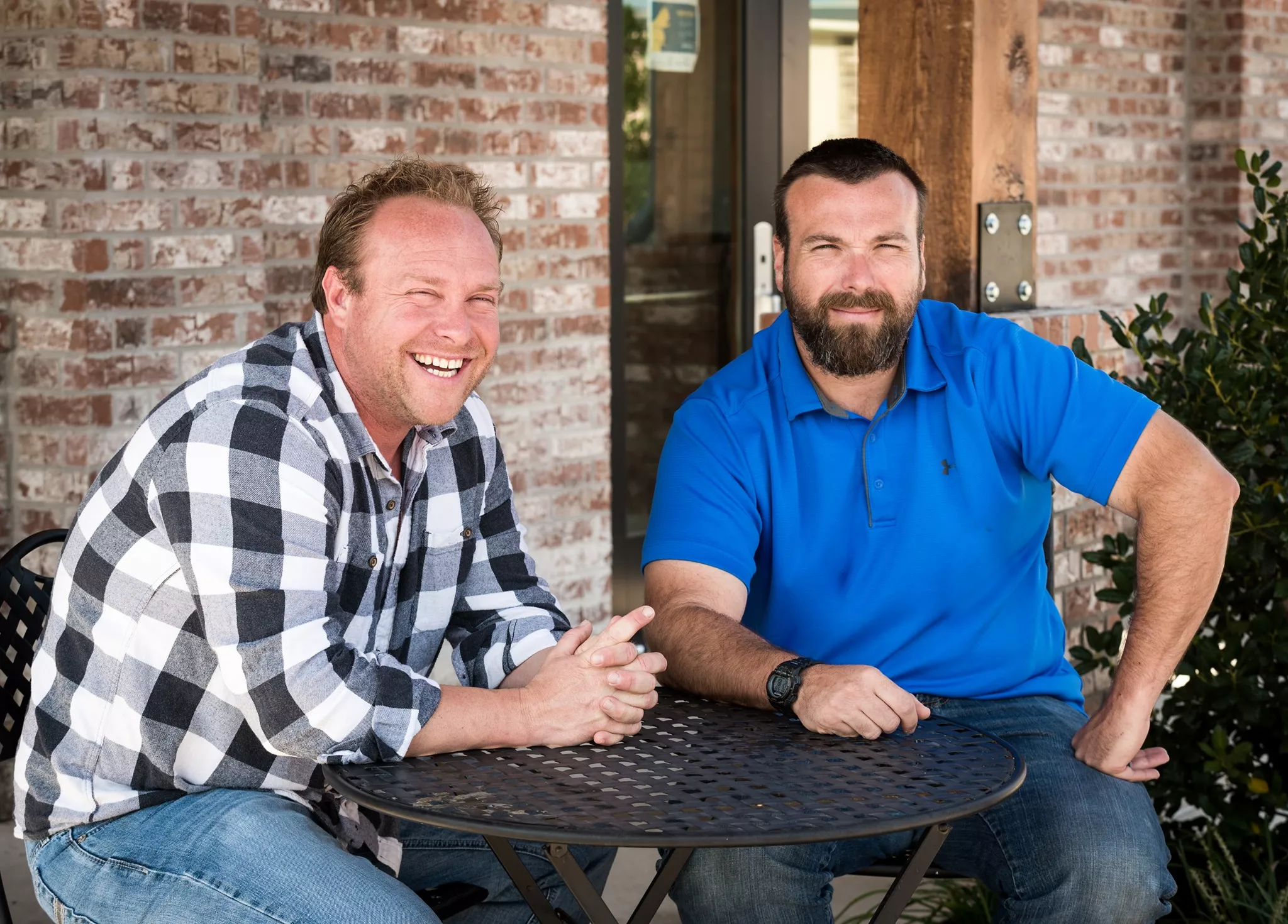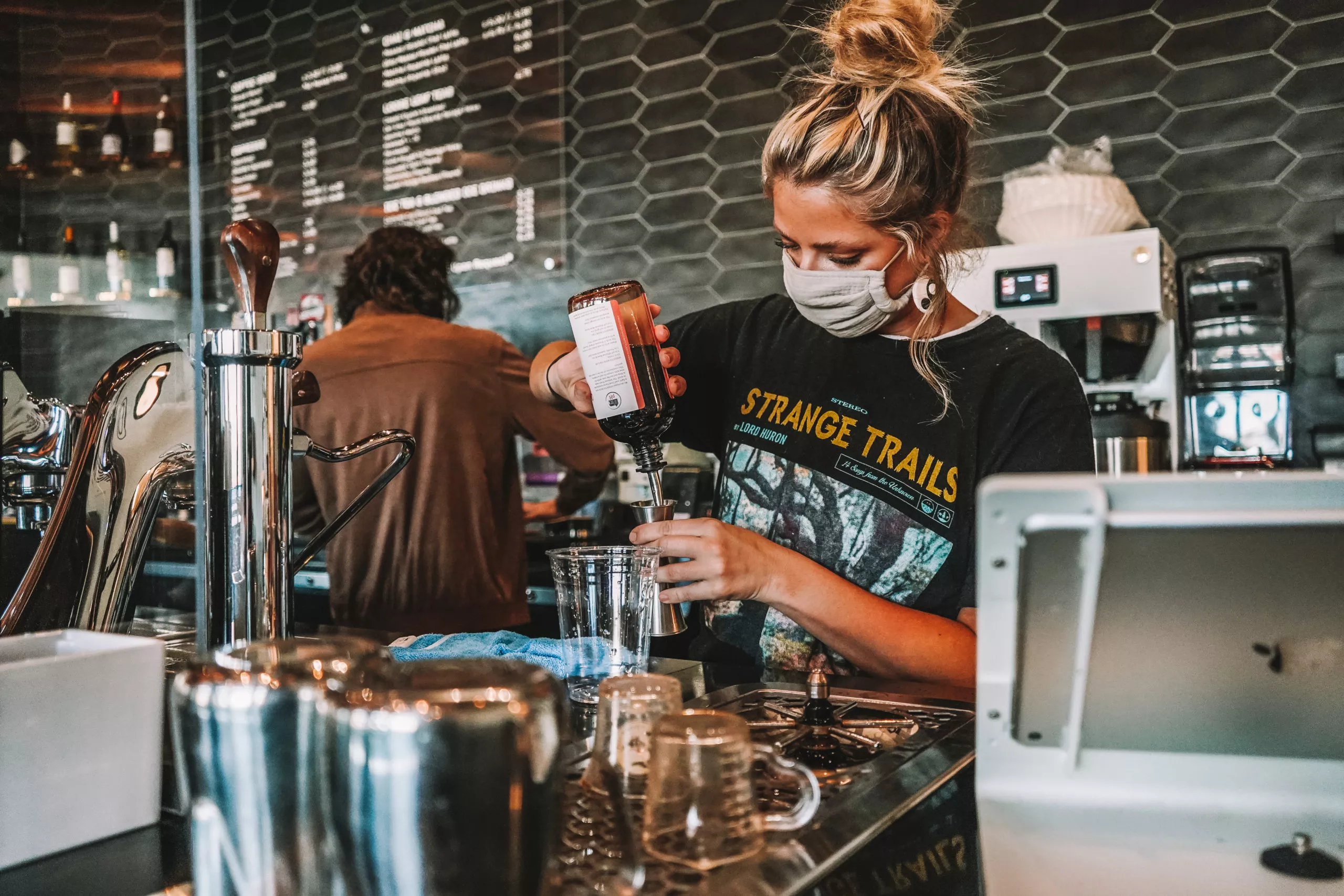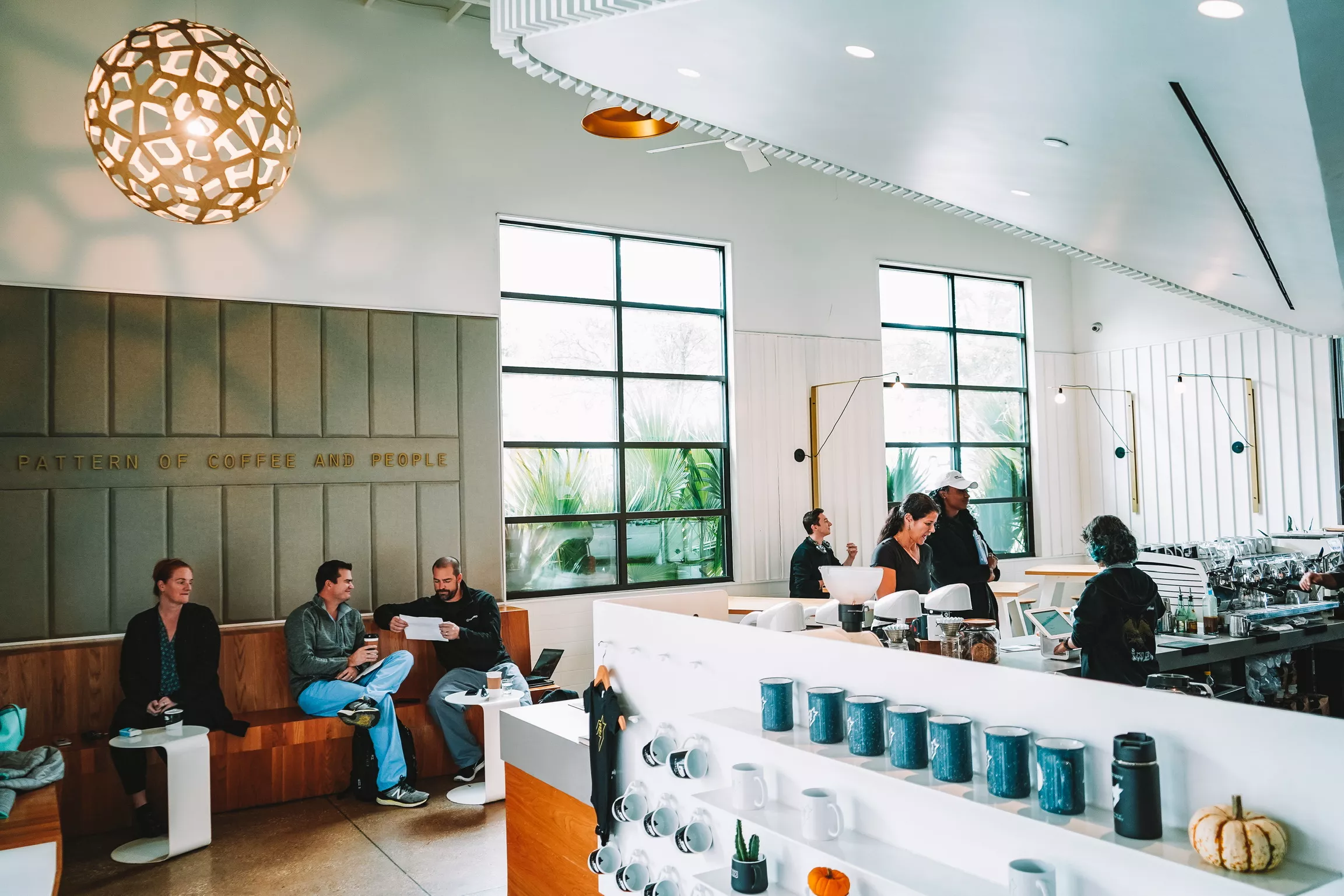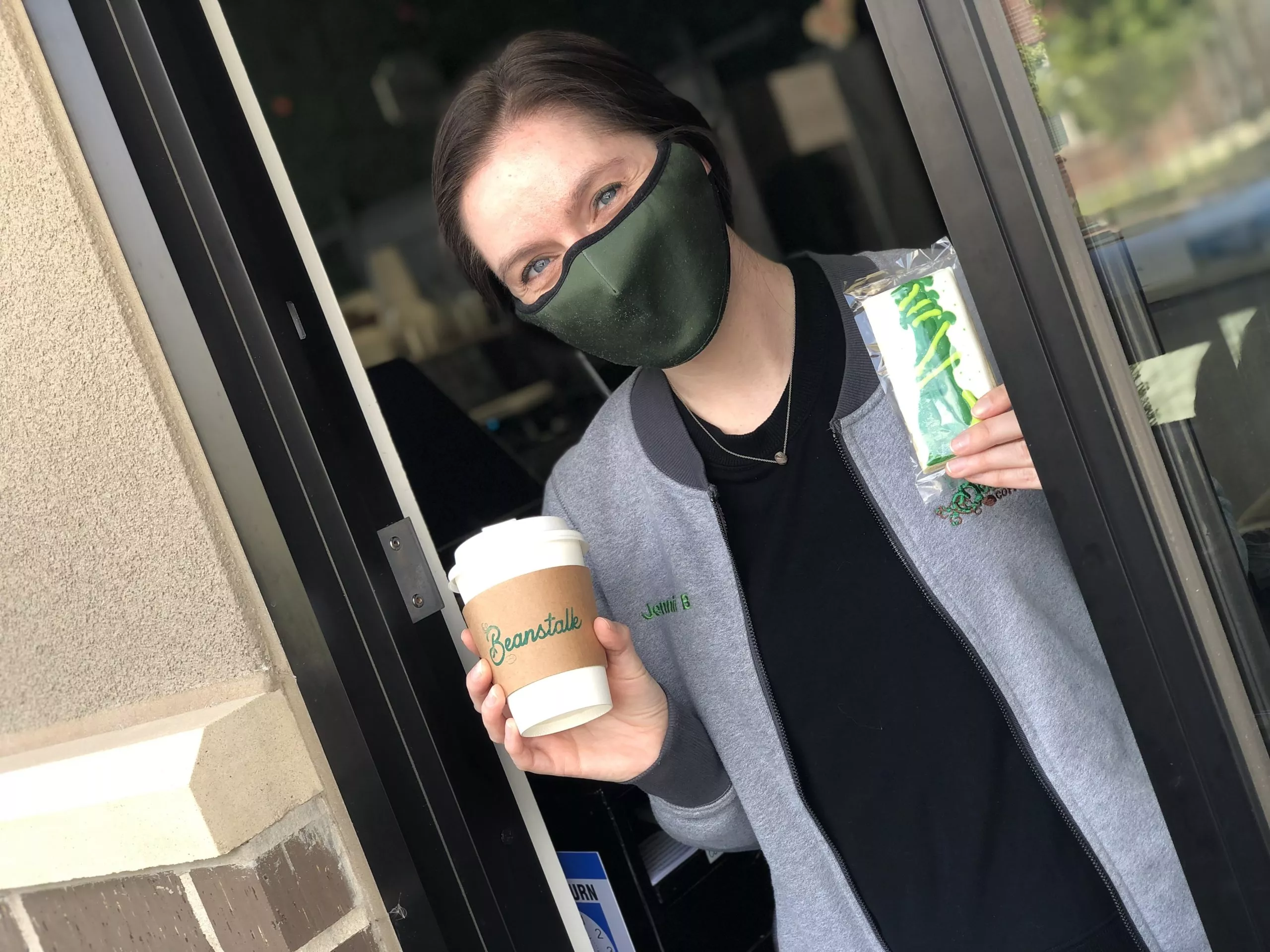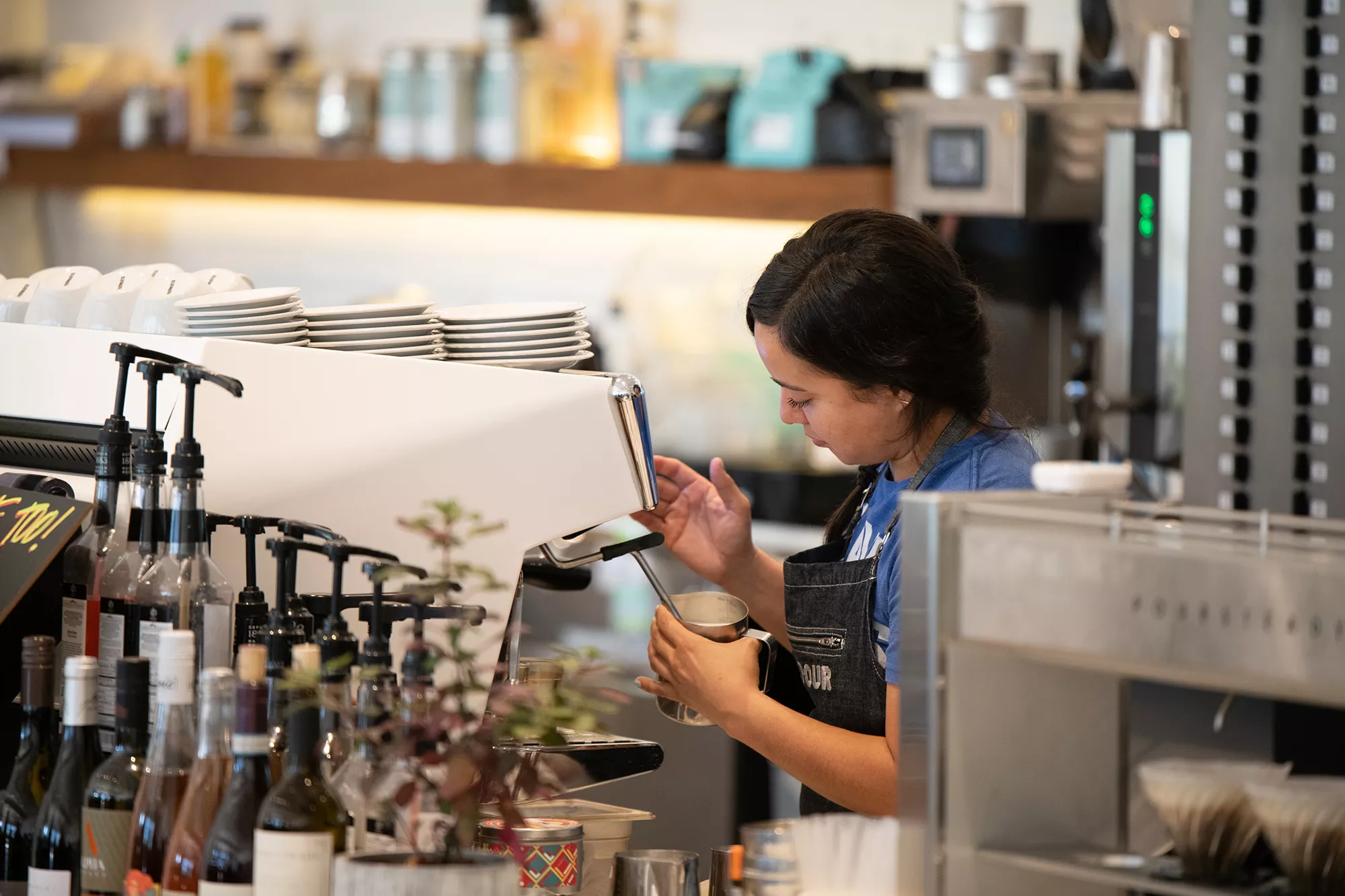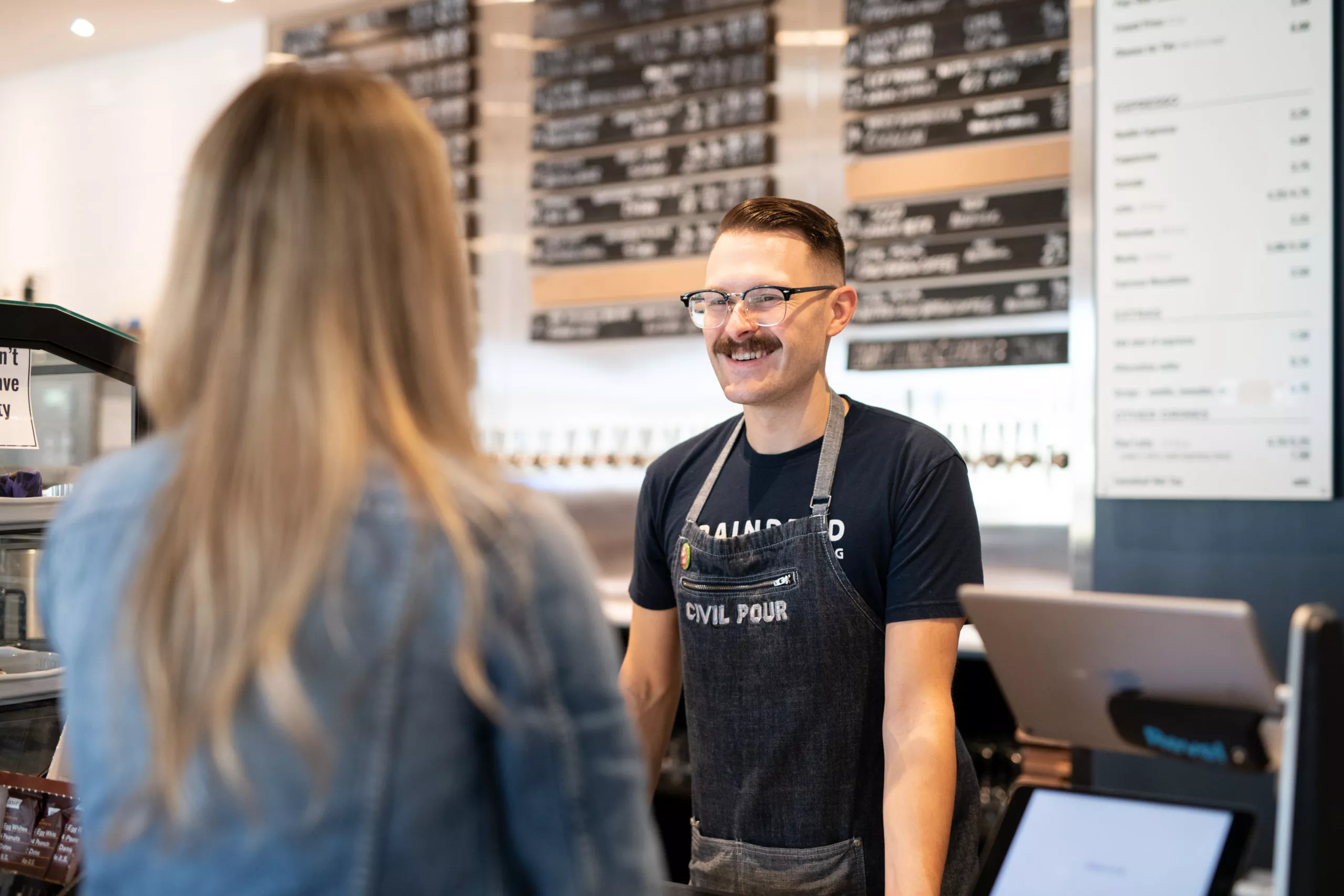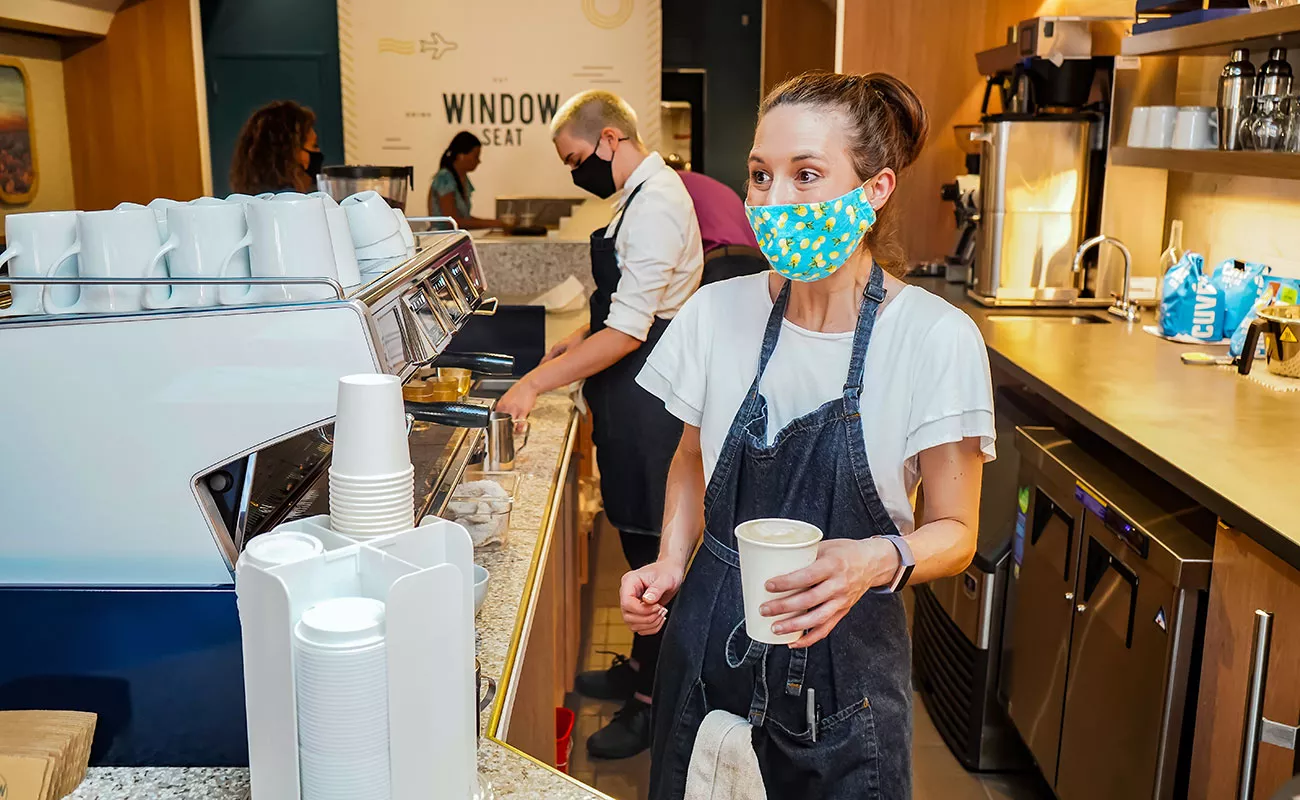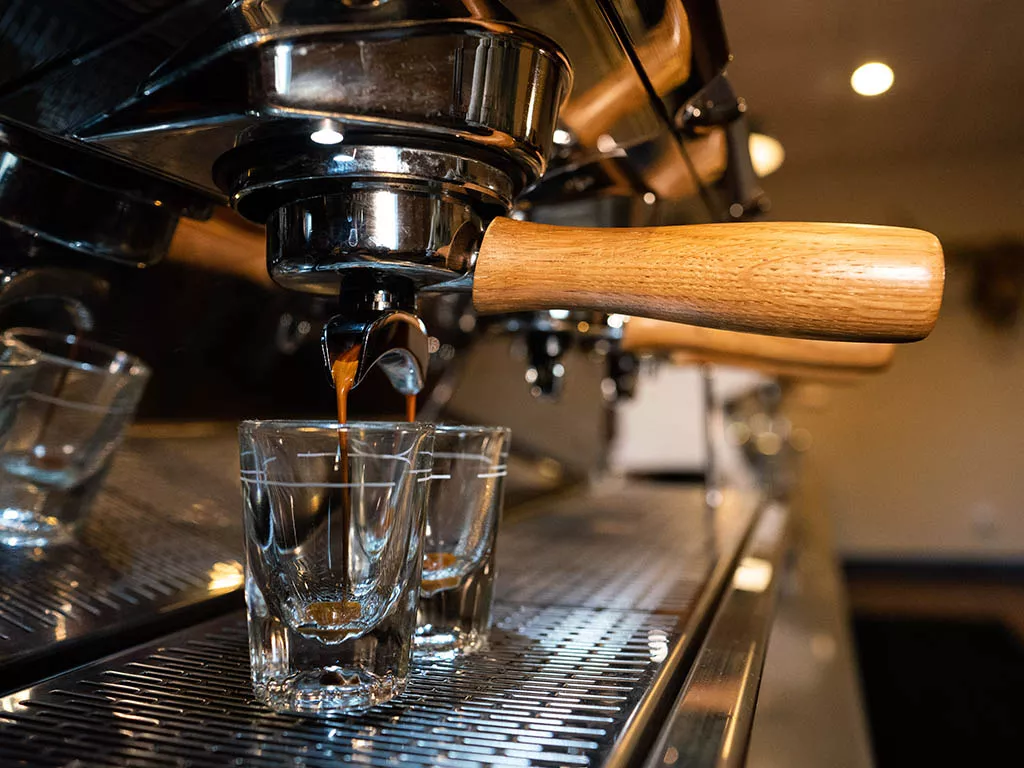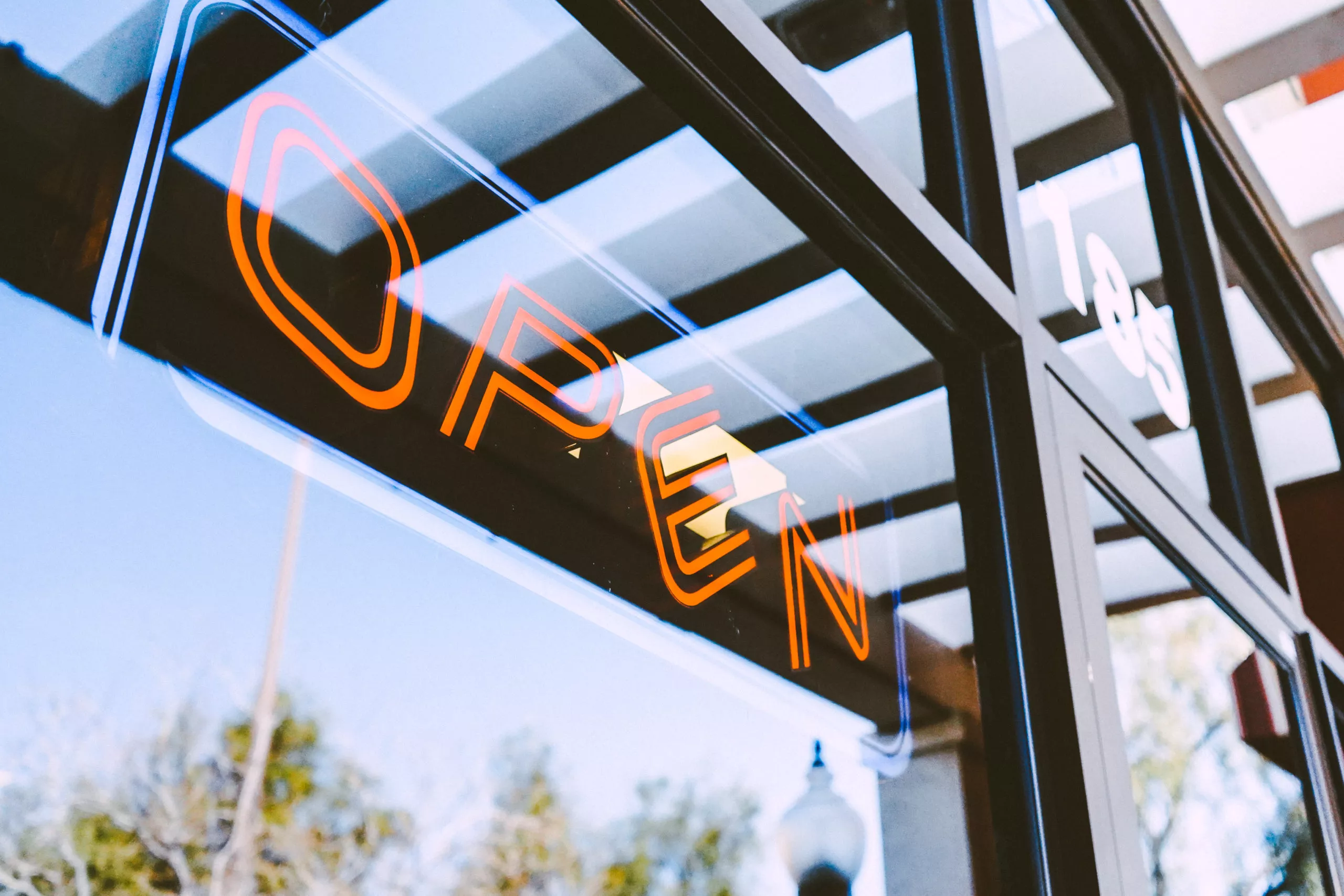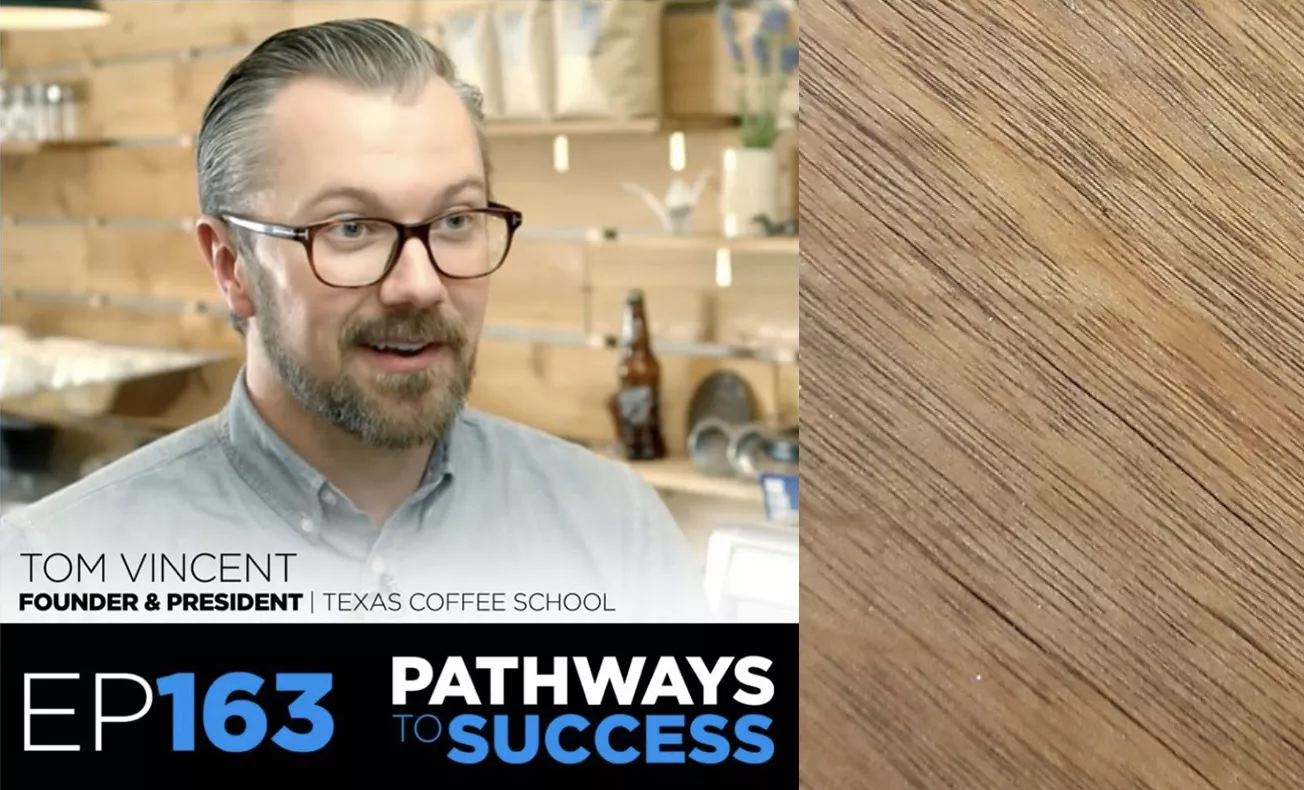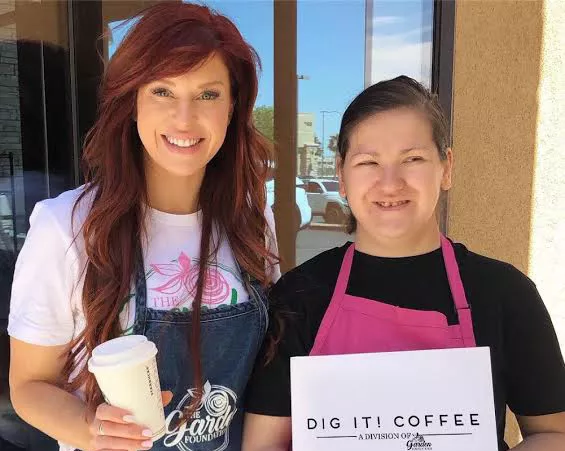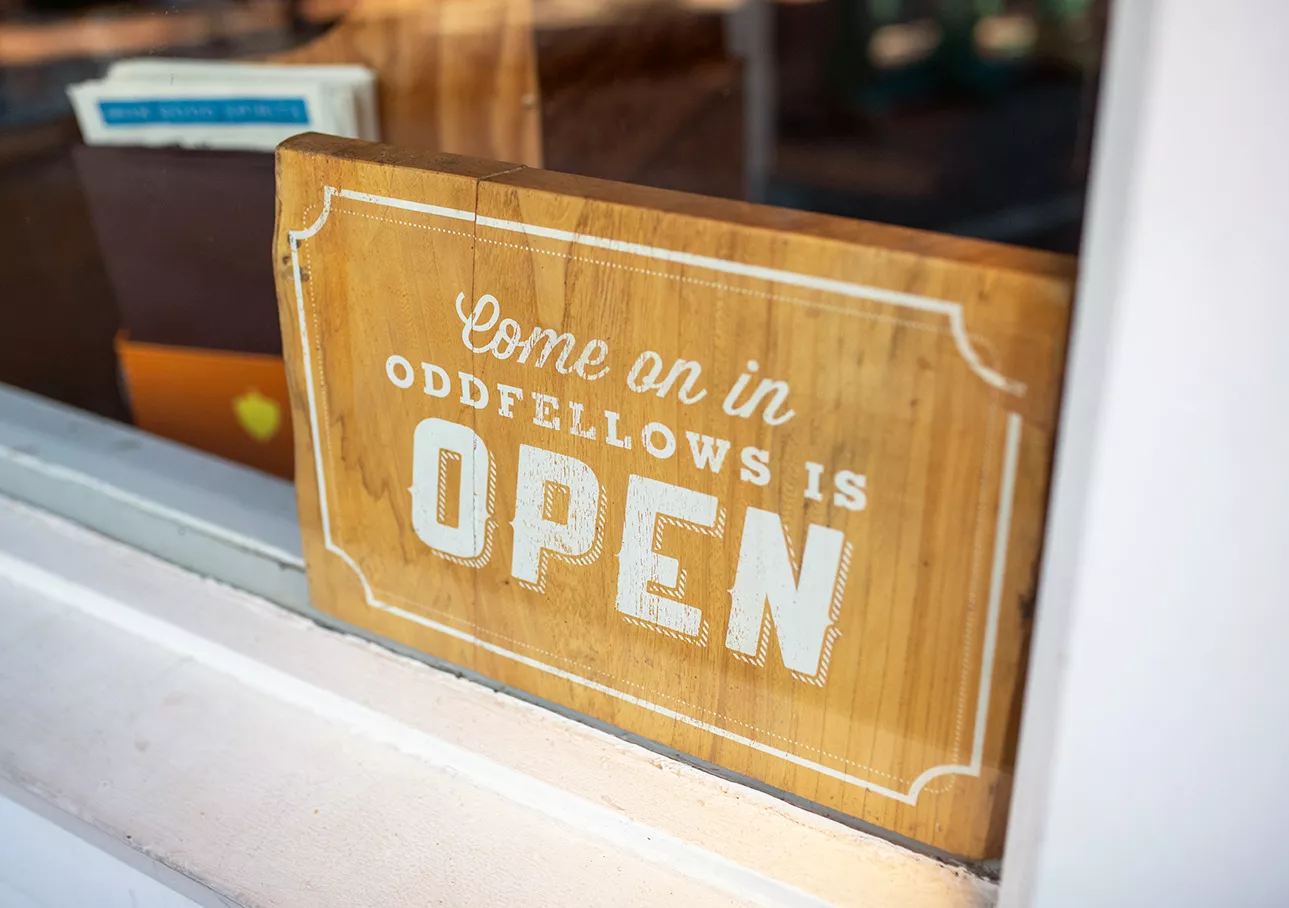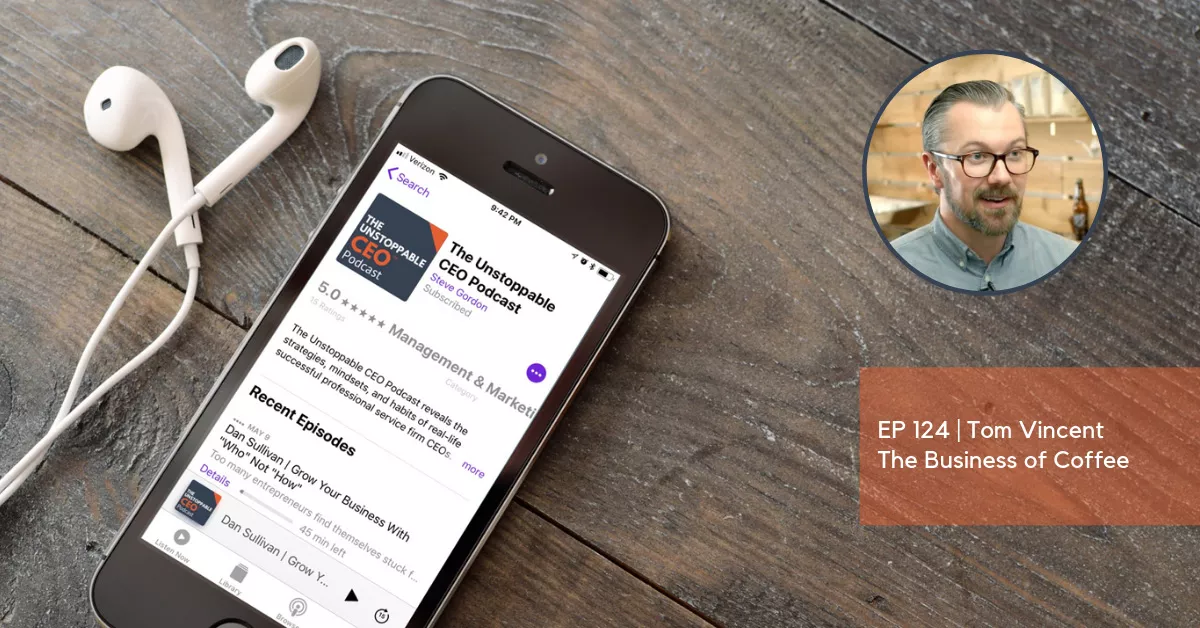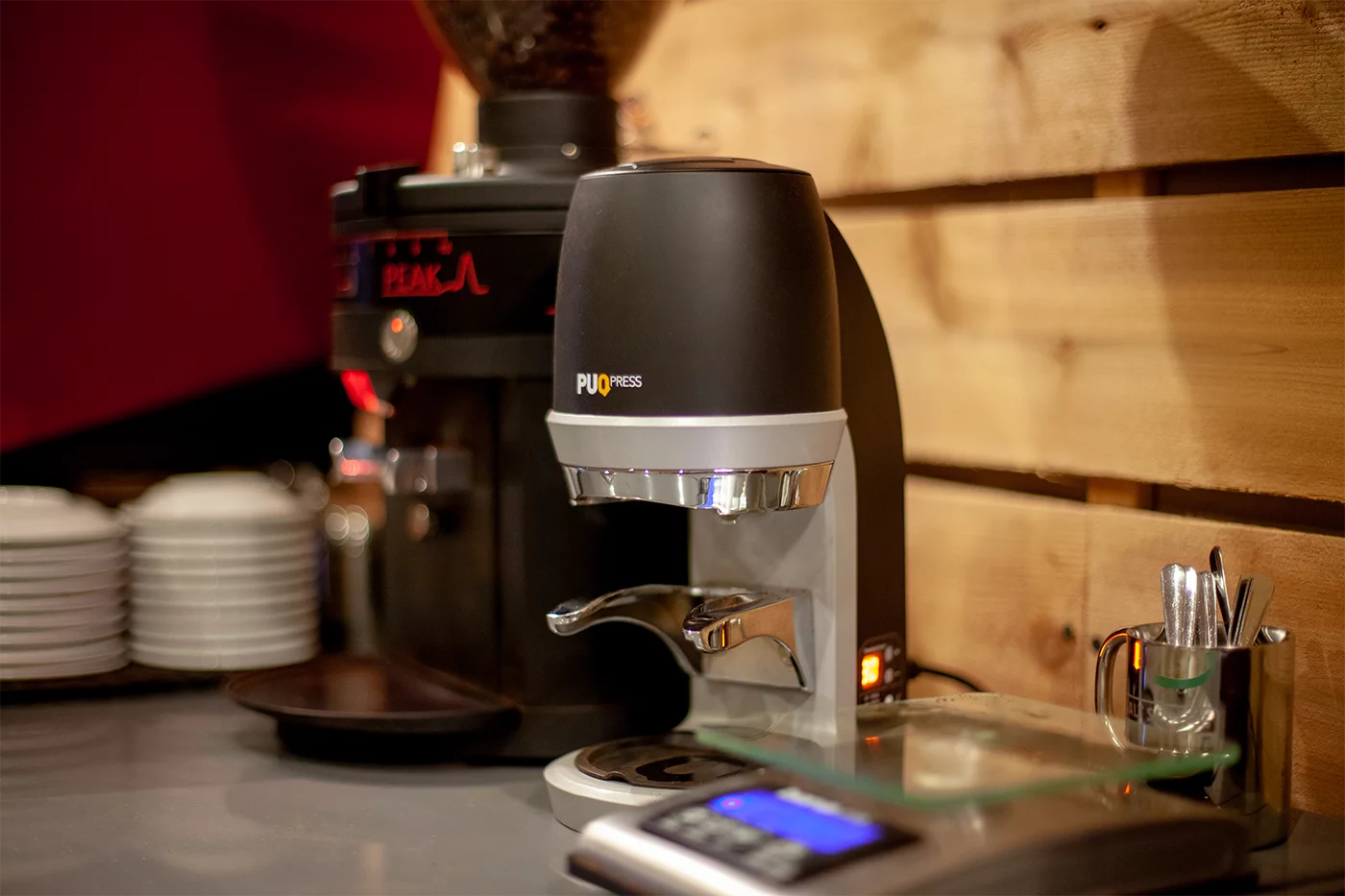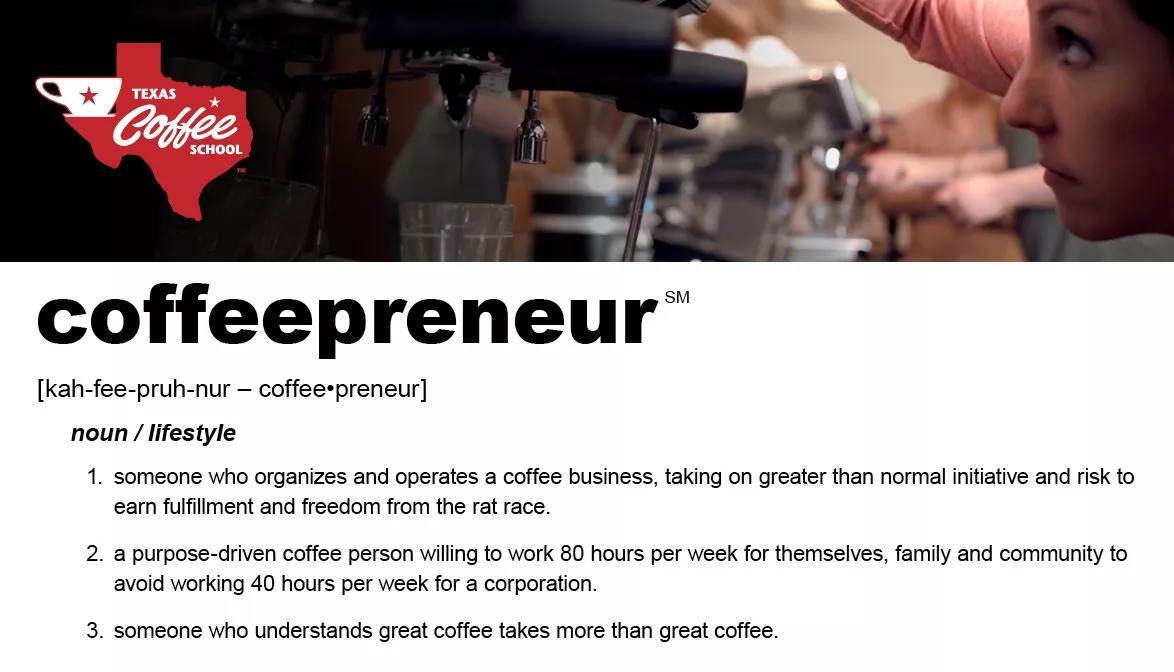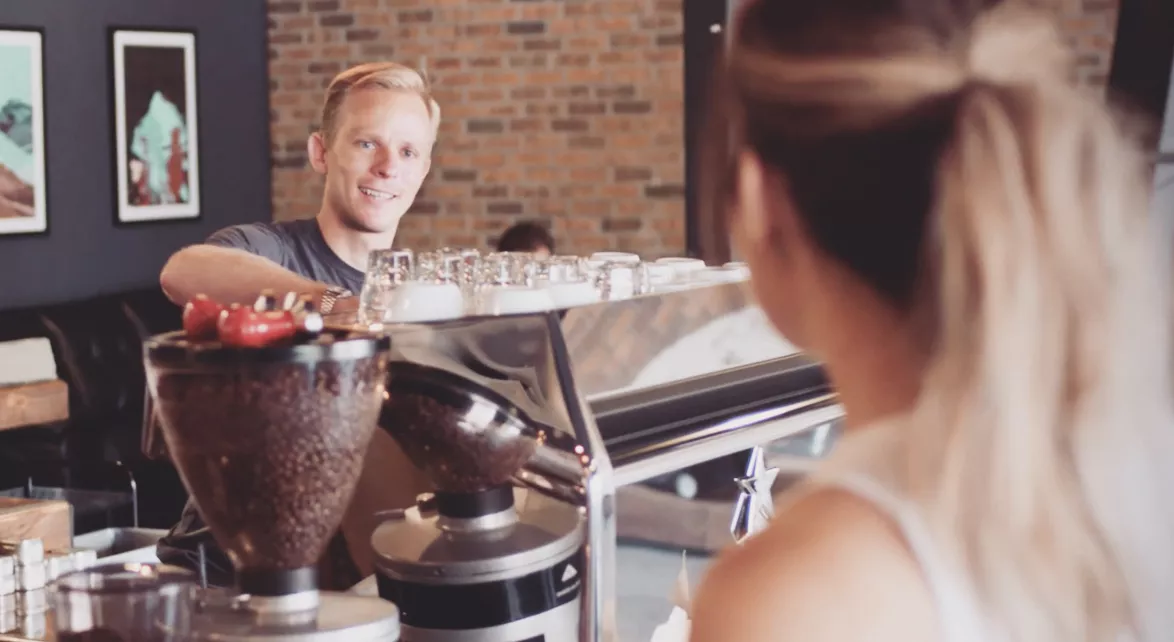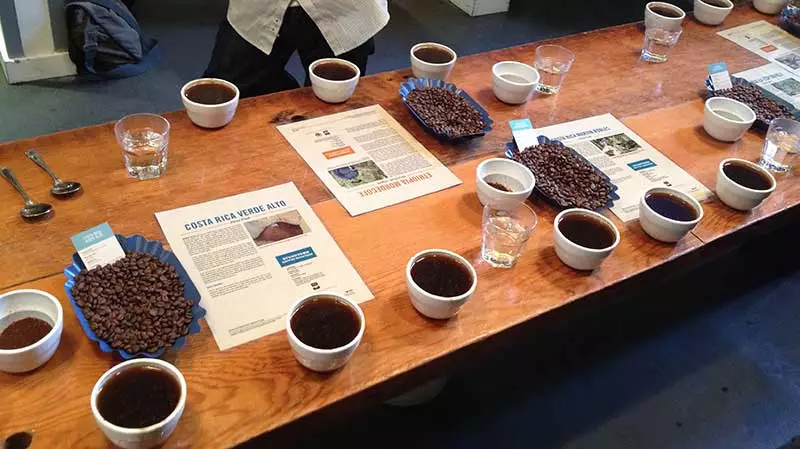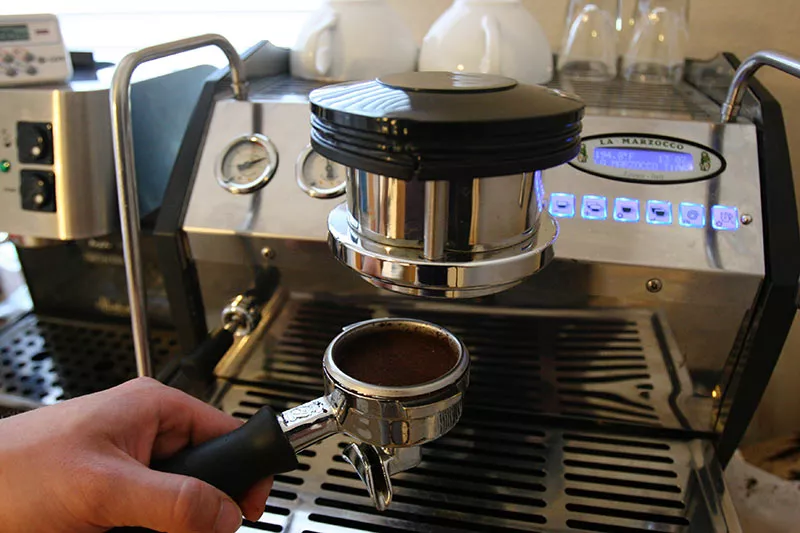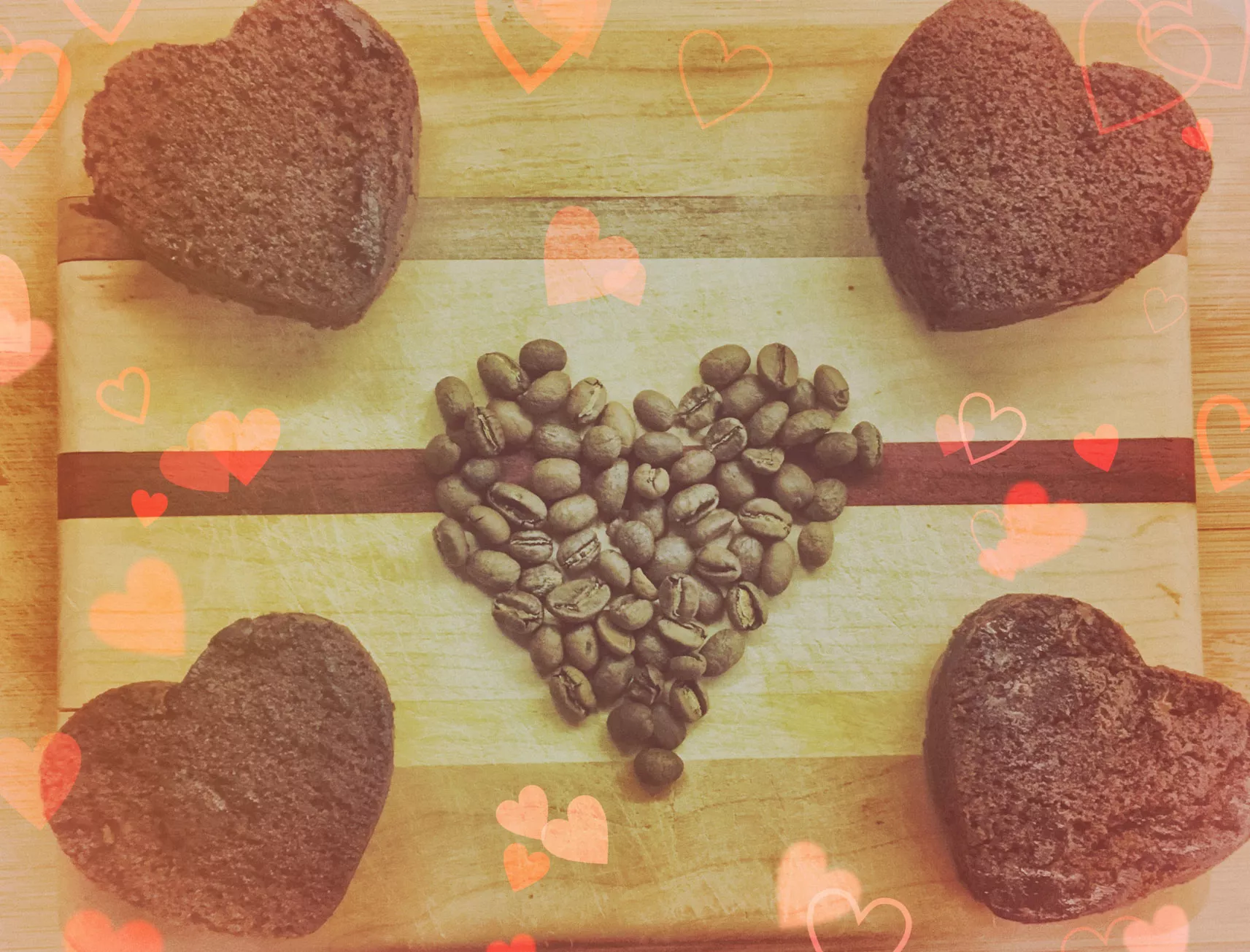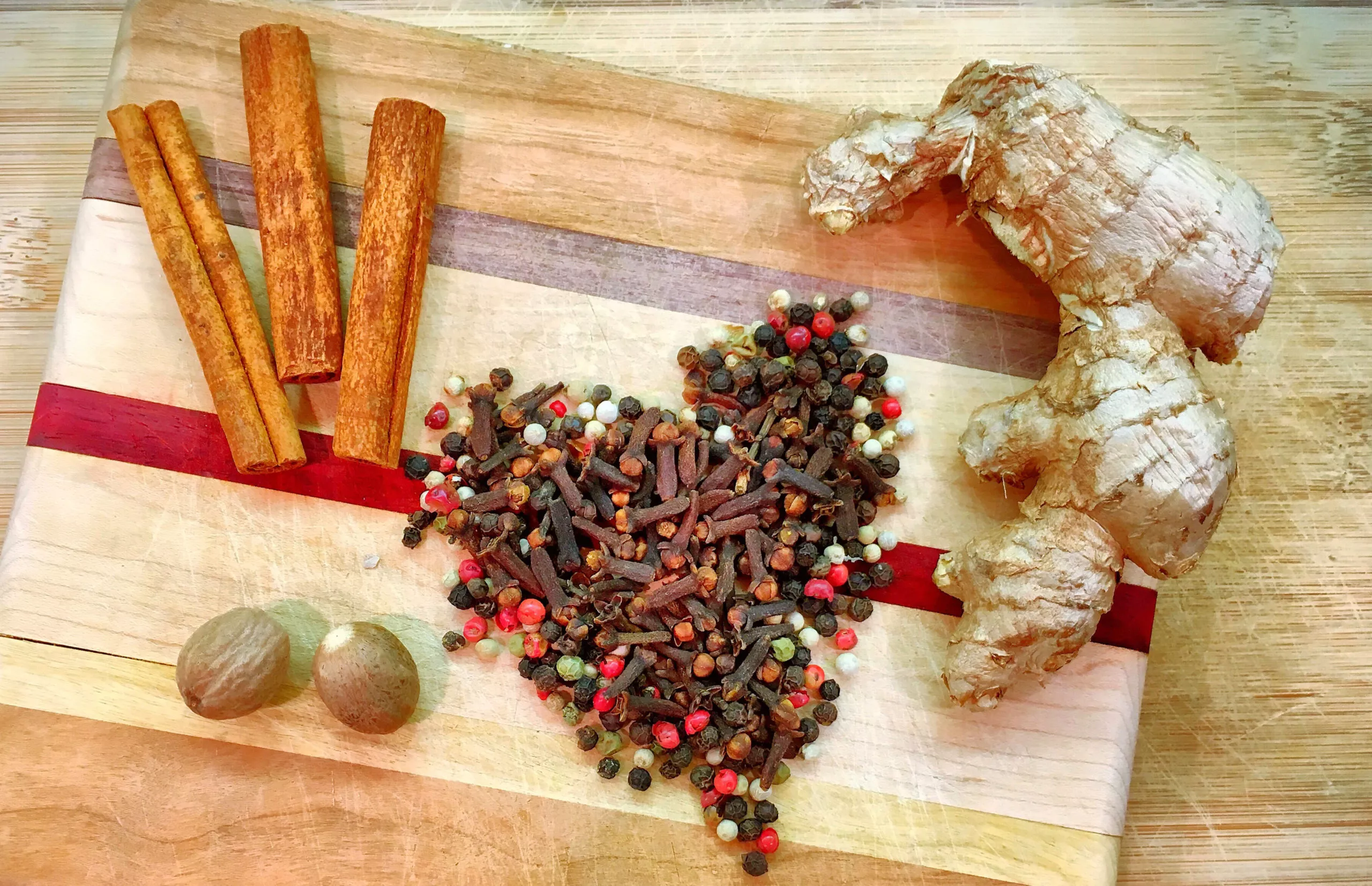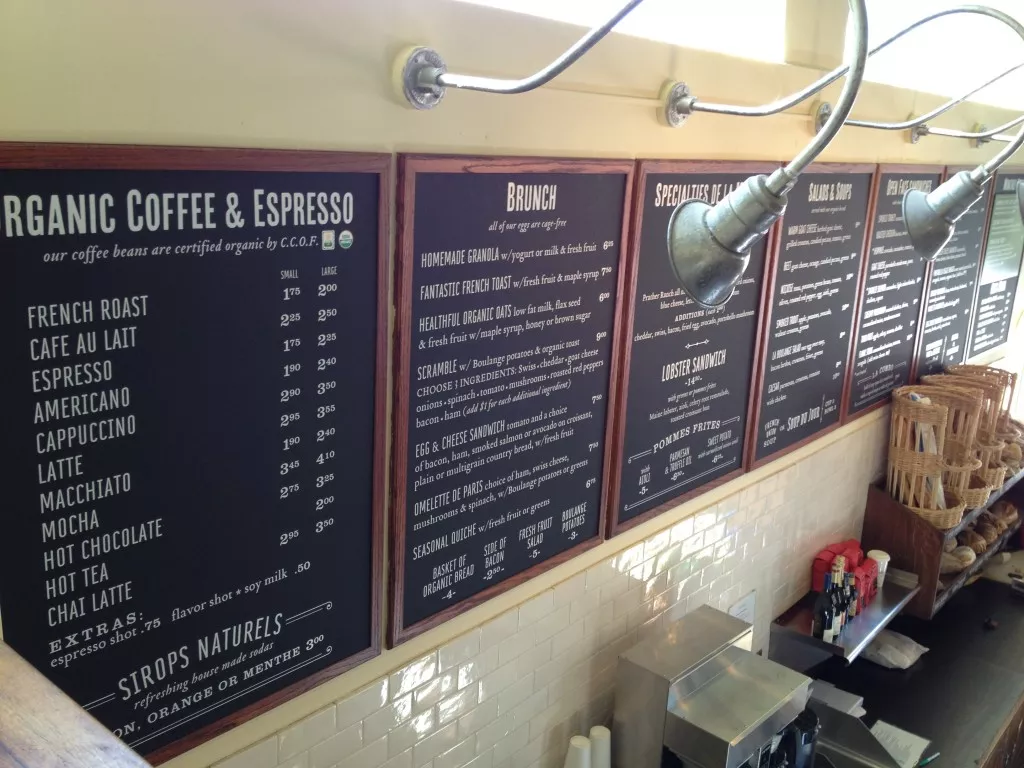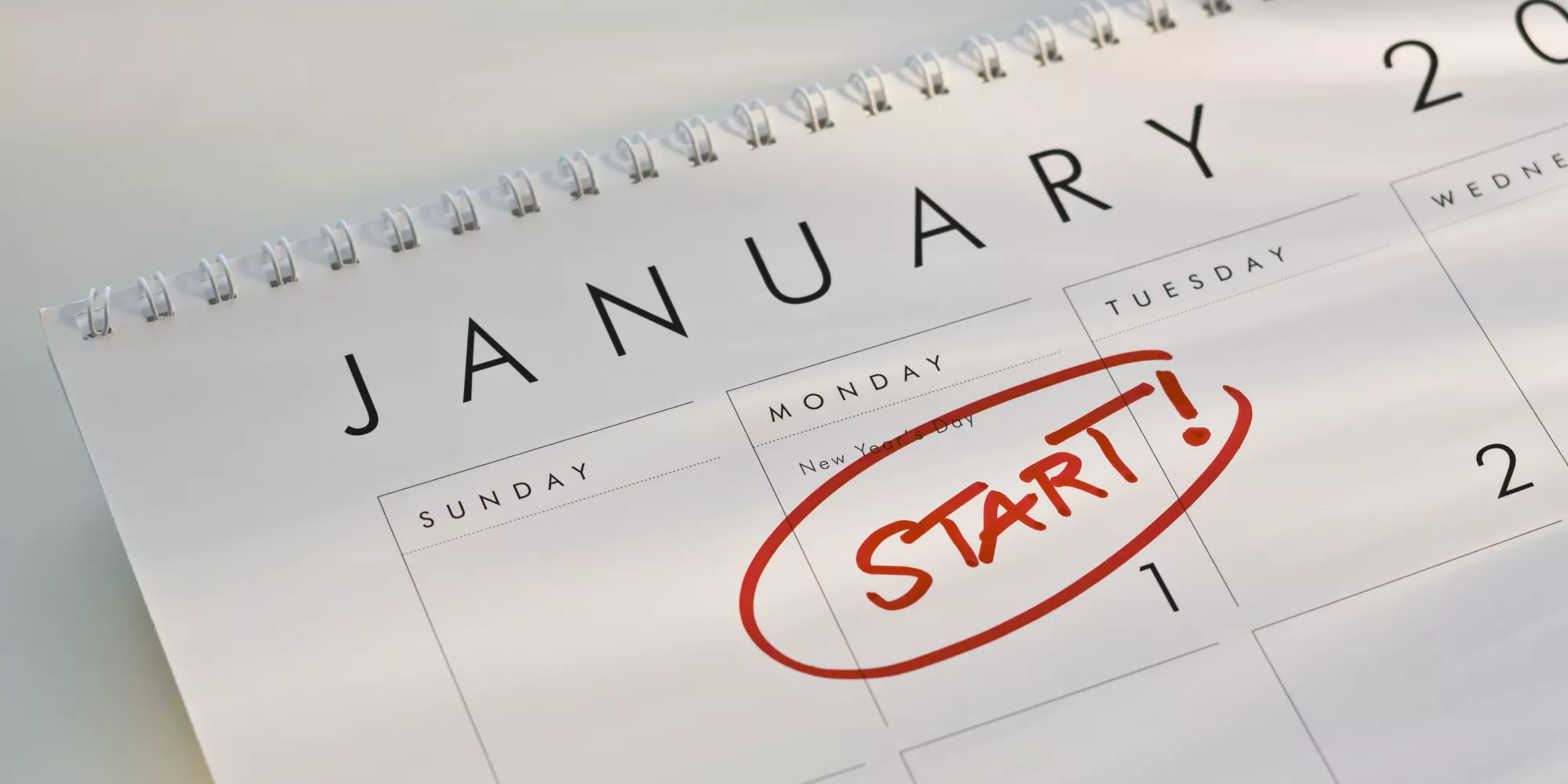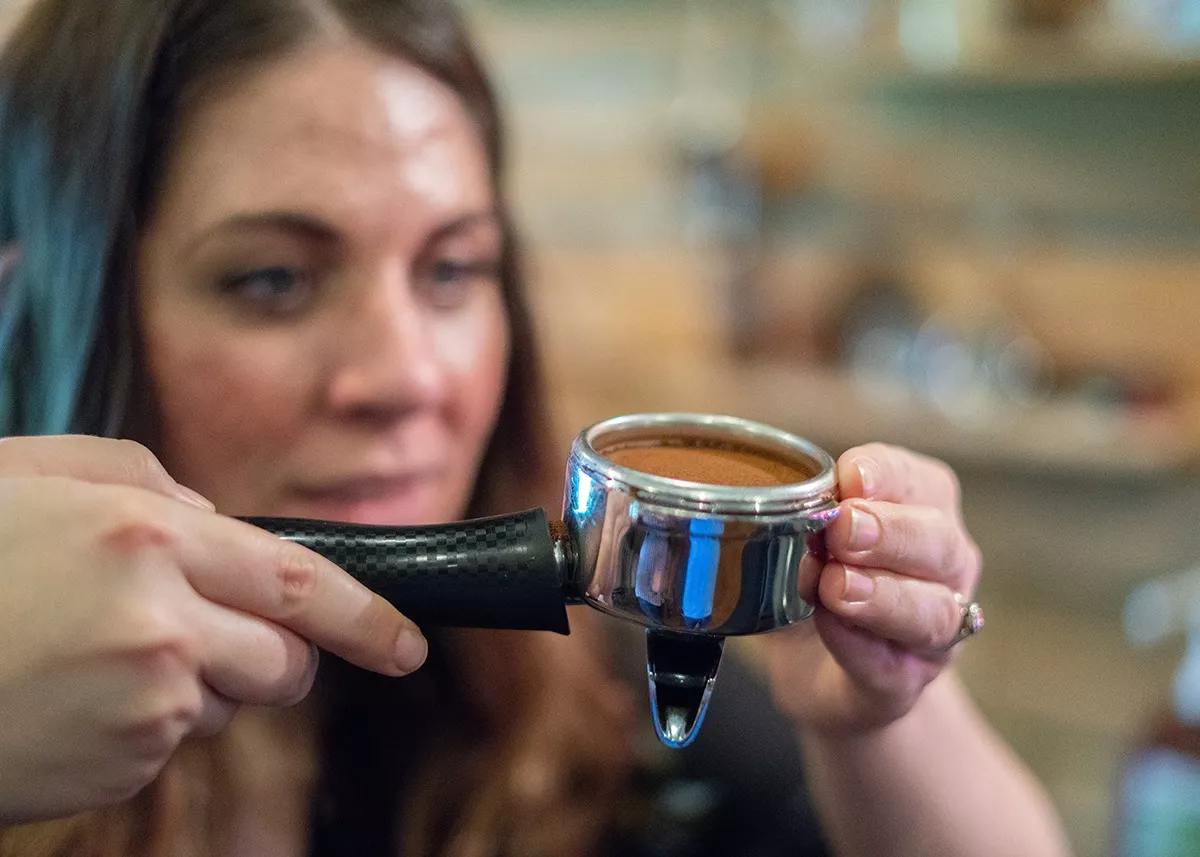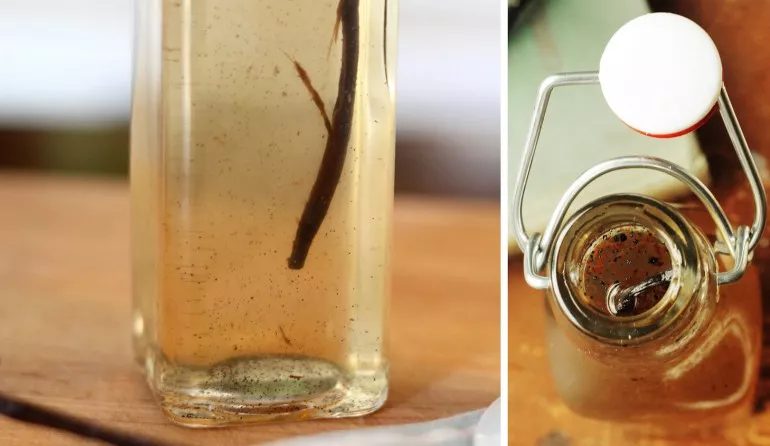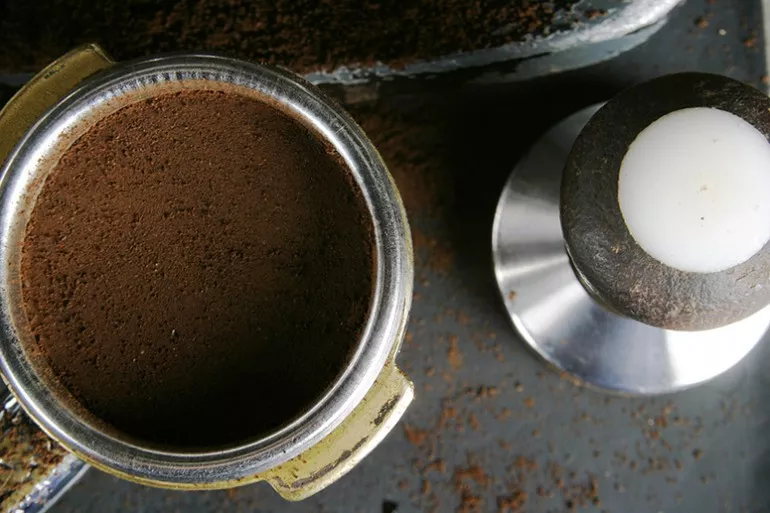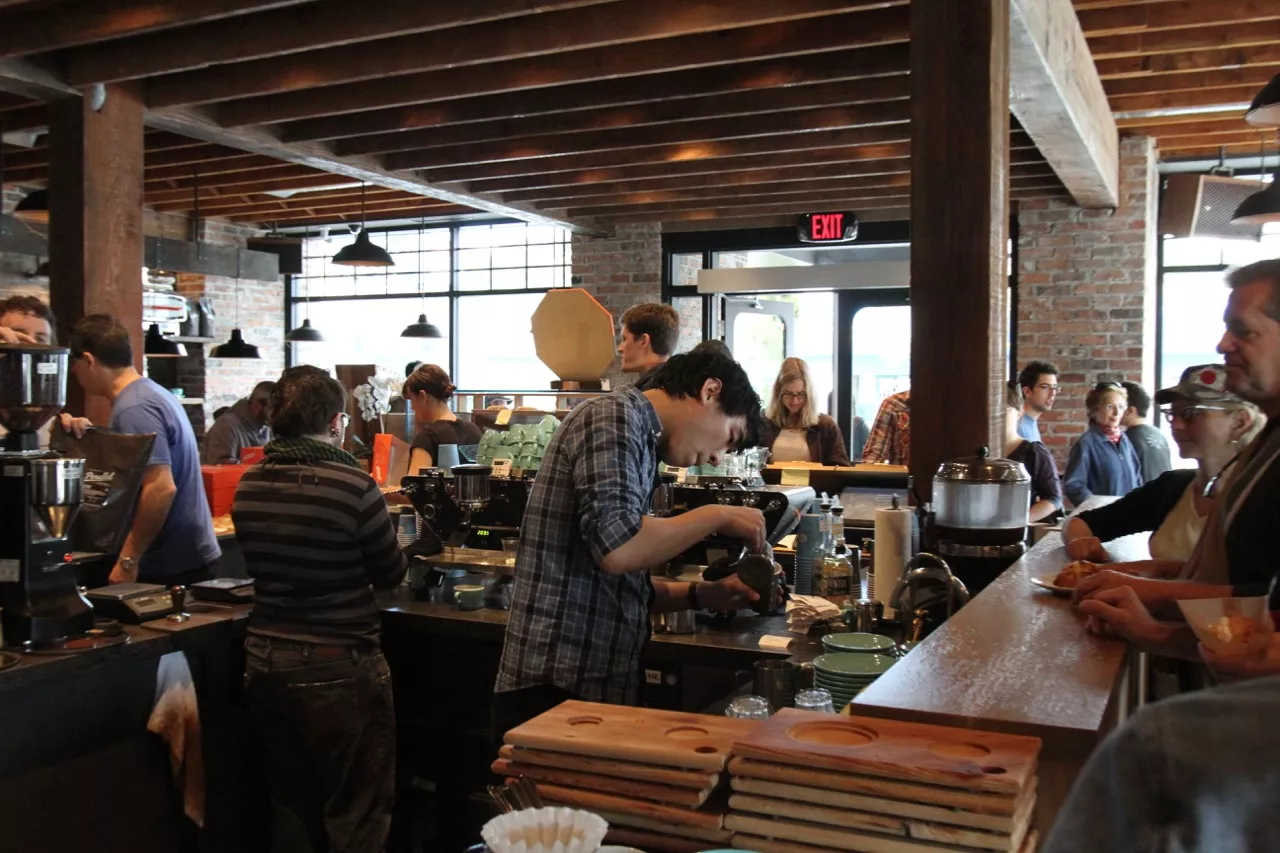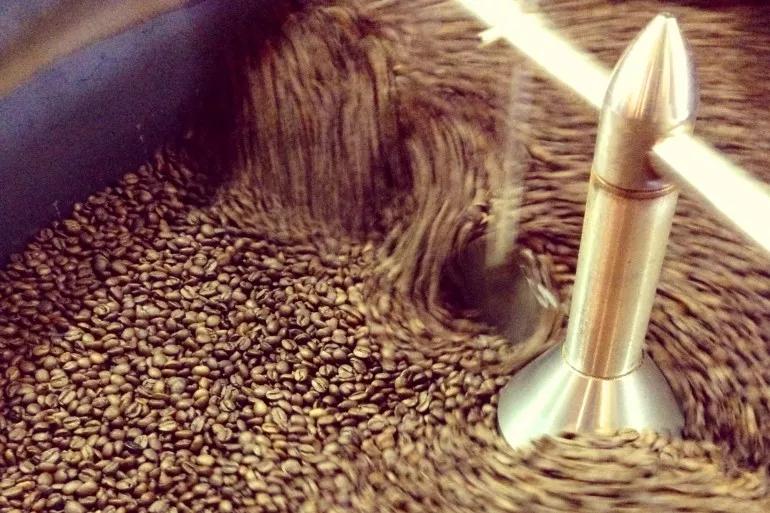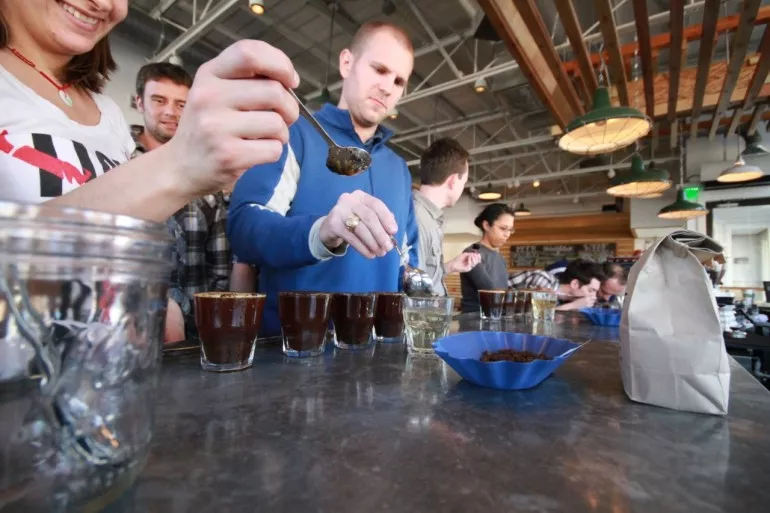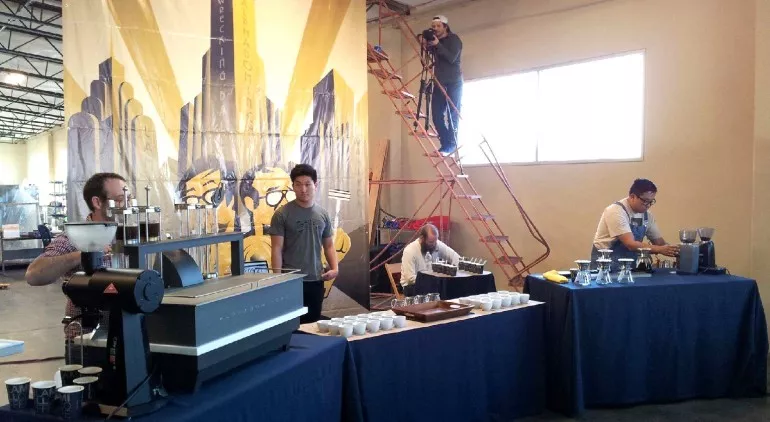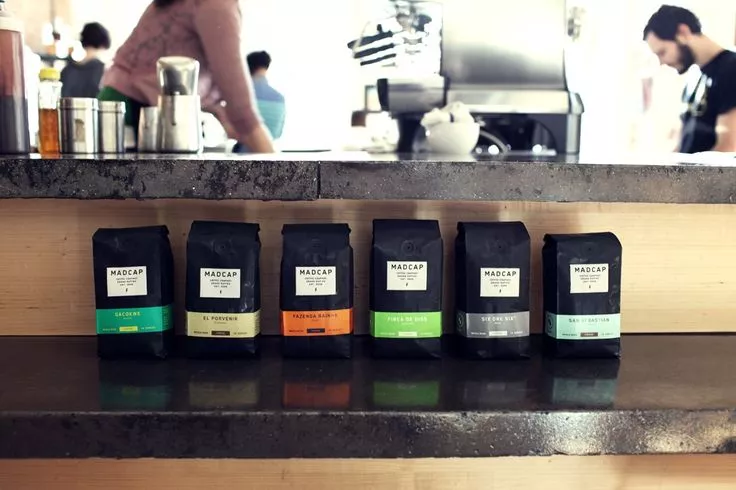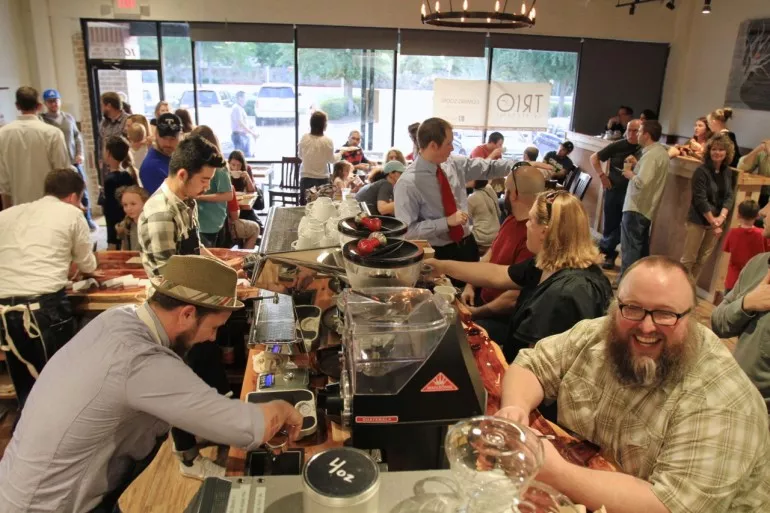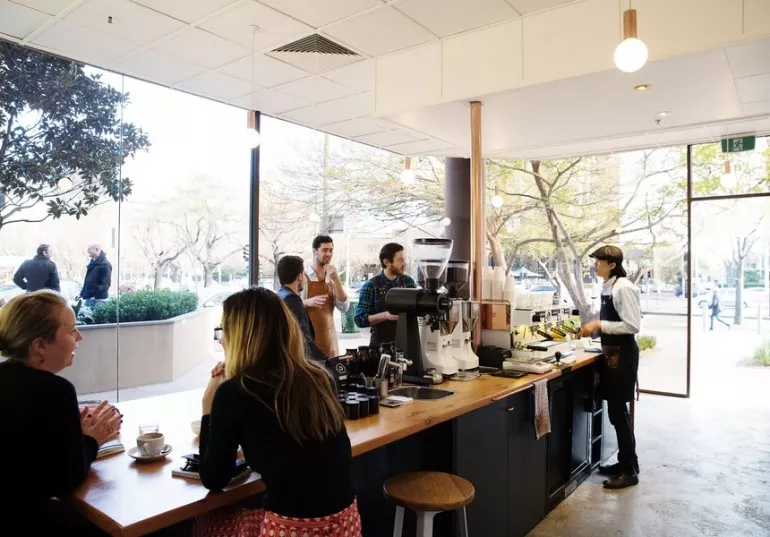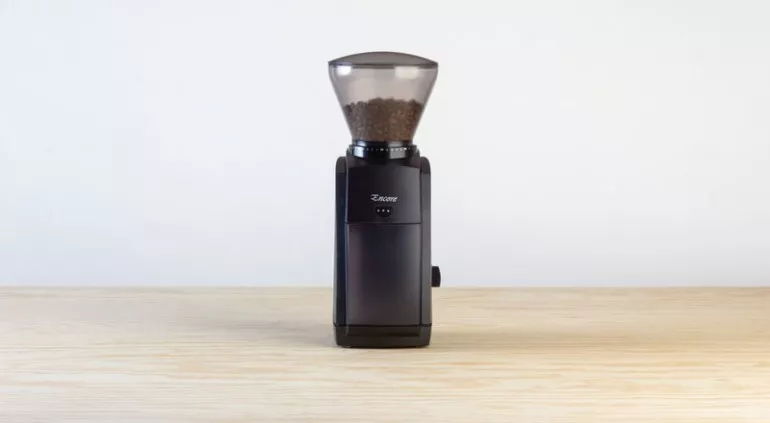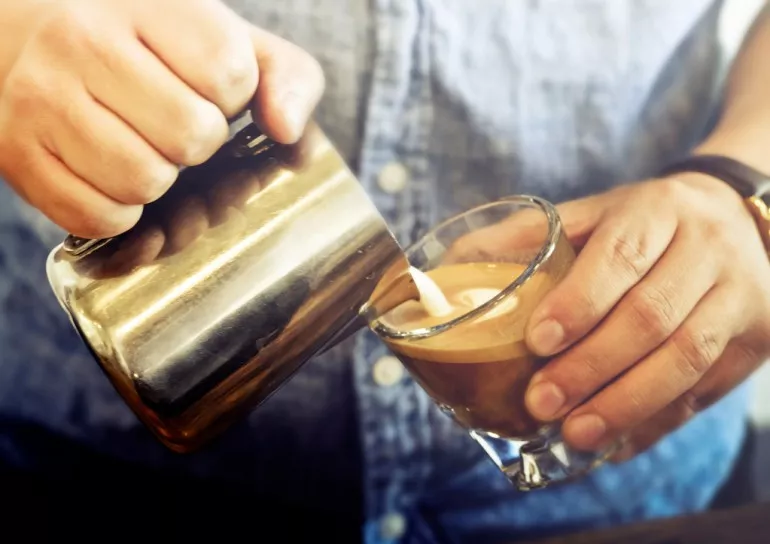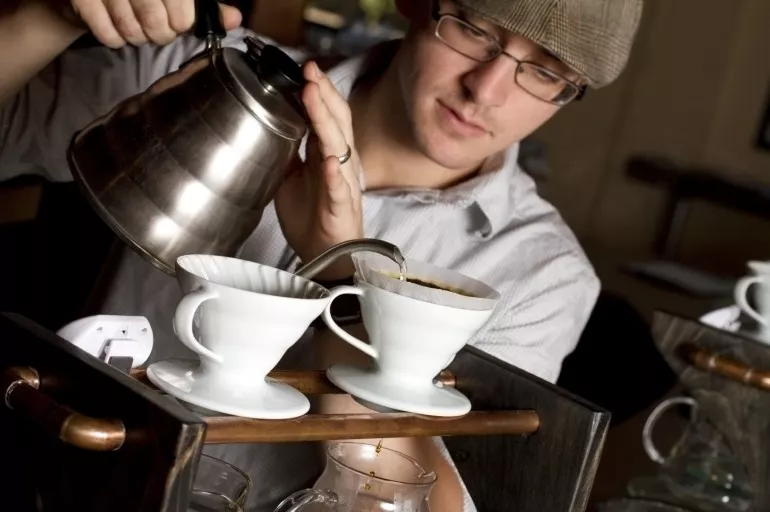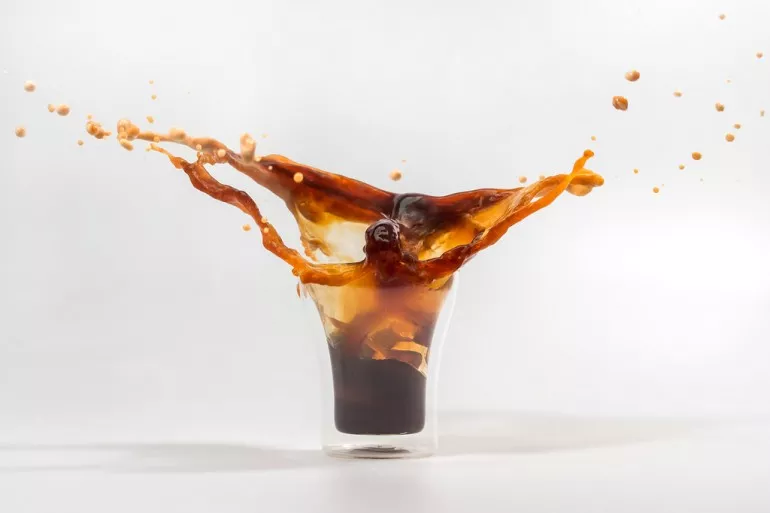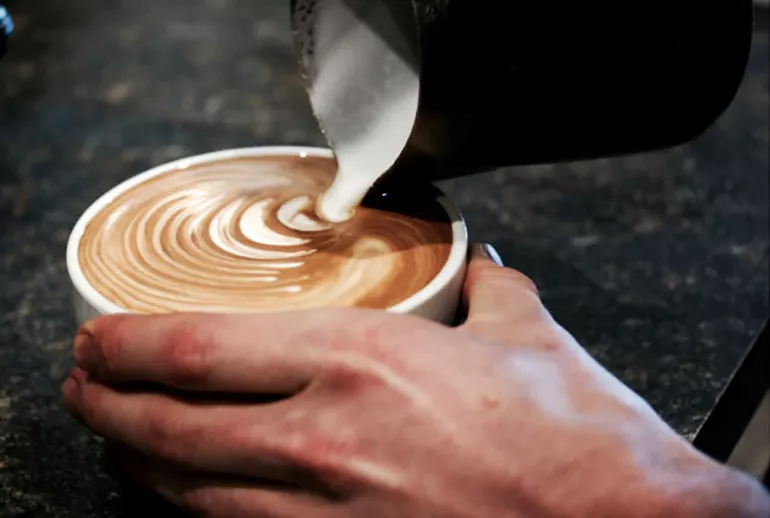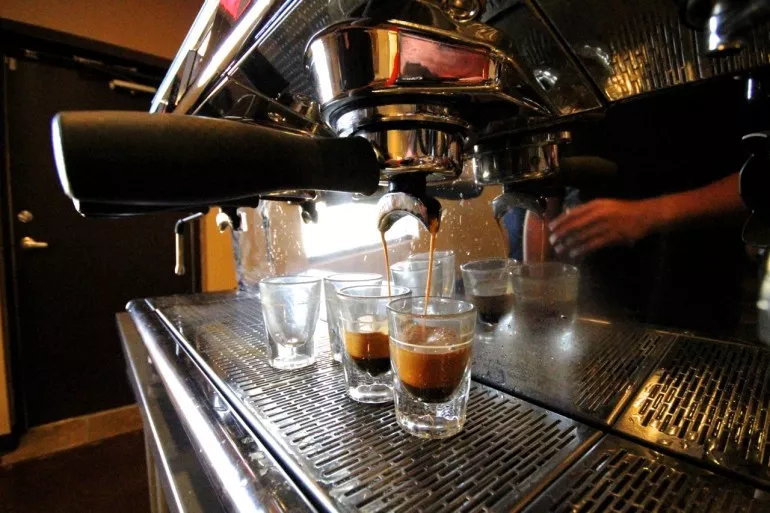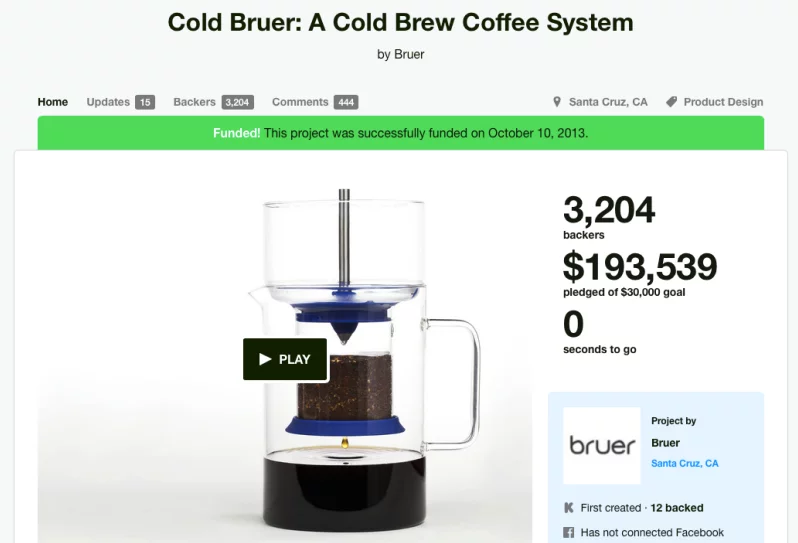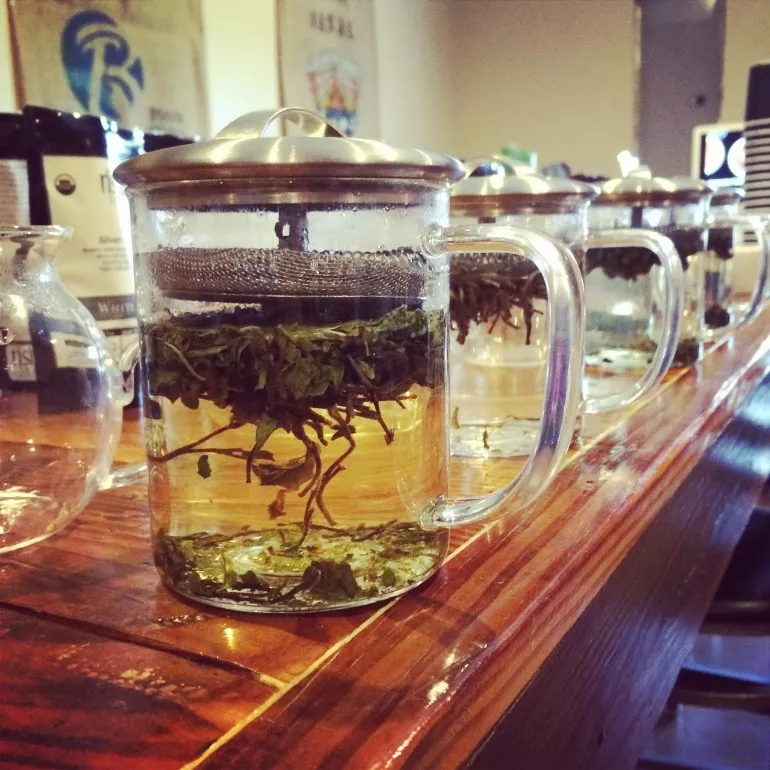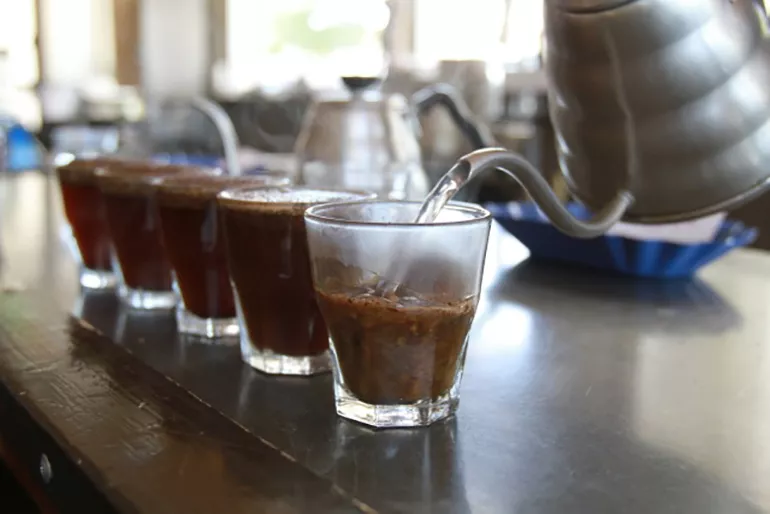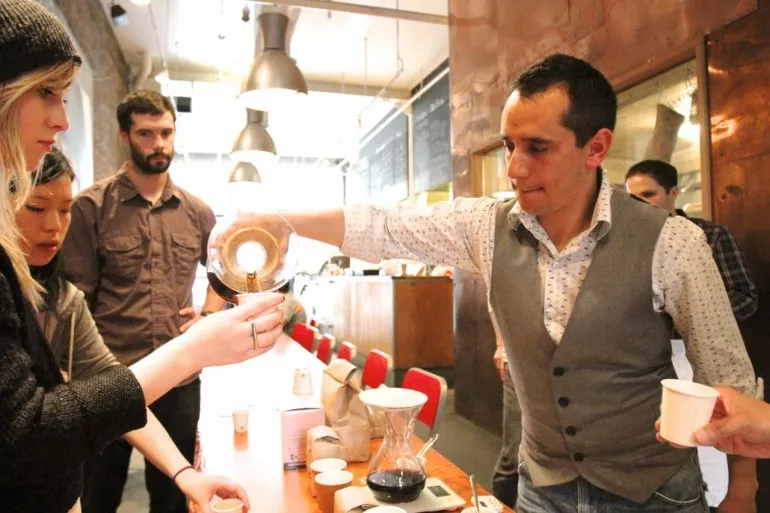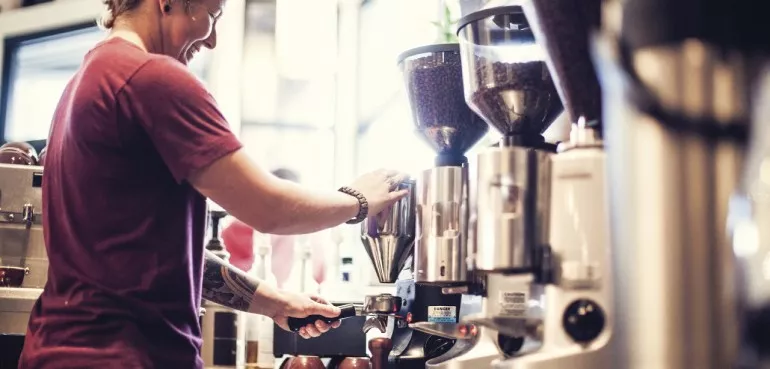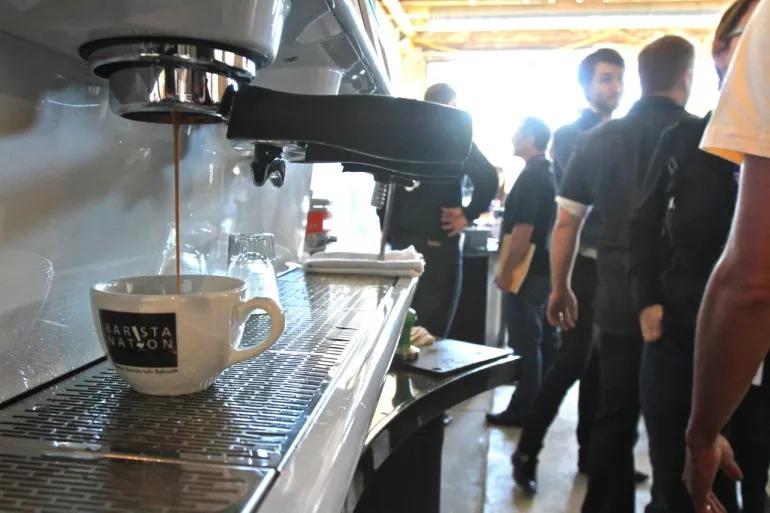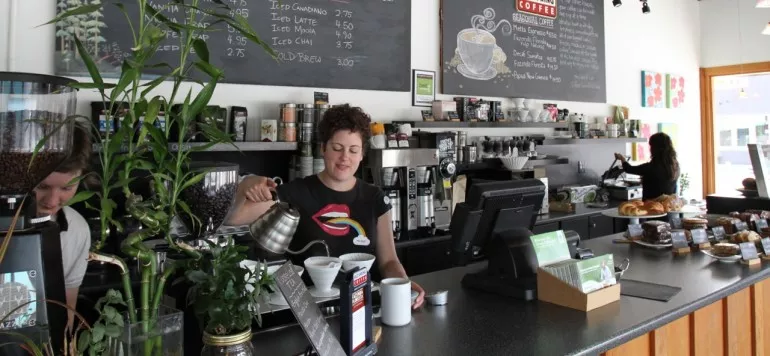In many popular coffee regions around the United States, iced coffee is treated as an afterthought. In a lot of cases it is even looked down upon by baristas and coffee purists. The reason? “Iced coffee is bitter, and just plain tastes bad.” But why? Could it be that baristas only focus their attention in the direction of traditional hot brewing methods? What if the same level of though and care were put into iced coffee?
Here in Texas, it is summer 8 months of the year. We don’t have the luxury of ignoring iced coffee – it’s apart of our reality. If we are going to be true stewards of specialty coffee in a region known for it’s sweltering heat, we need to address iced coffee with the same level of passion and thought we put into the hot brewing methods.
For making exceptional tasting iced coffee, we have gravitated toward the “Toddy” cold brewing method over all others. The process is quite simple, and the results can be remarkably tasty – if you find the right coffee! This cold brewing method is so interesting because it pulls a lot more of the underlying flavors from the coffee – flavors that are not nearly as noticeable, if at all when brewed hot. The experience can be like discovering coffee for the first time all over again! One of our favorite coffees thus far has produced initial notes of sweet citrus and toffee, finished with the lingering flavor and thick body of melted chocolate. We teach cold brewing methods in our Quality Coffee Brewing Class and students tell us on a regular basis that this is the best tasting iced coffee they’ve ever tasted!
ABOUT THE BREW METHOD:
The Toddy cold brew coffee maker is a non-electrical brewer that tends to downplay “acidity and bitterness” while emphasizing spice, herbal notes, chocolate, and sweet silky flavors. It tends to also impart a deliciously thick and syrupy body. Cold brewed coffee tastes great with or without ice! (Just be sure to refrigerating for several hours before drinking.) In home situations cold brewed coffee can stay fresh tasting for about 1-2 days IF stored in the air tight, lidded, glass carafe, in the refrigerator… Staling (oxidation) is mostly caused by exposure to oxygen. We suggest taking it on a case-by-case basis.

WHAT YOU WILL NEED:
- Filtered cold water (preferably refrigerated)
- Filtered hot water (200 to 202 Degrees F)
- A high-quality burr grinder
- A home size Toddy coffee maker
- A proprietary Toddy filter (Toddy maker comes with 2-3)
- A high-quality burr grinder
- A digital kitchen scale
- A Bonavita Variable Temperature Digital Electric Gooseneck Kettle for controlled pouring and accurate water temperature.
- A digital timer
- A spoon
- A large pitcher
- A 12oz bag of specialty coffee, rested 5-7 days from roast date

BREWING PARAMETERS:
COFFEE-TO-WATER RATIO:
100 grams of coffee beans, rested 4 to 7 days from the roast date
GRIND SIZE:
Coarse – looks like Kosher salt
BREW TIME:
12 Hours (Yes, Hours)
BREWING WATER:
- 200g hot water (200 to 202°F)
- 200g ice
- 600g cold water
If you are using a Bonavita Variable Temperature Digital Electric Gooseneck Kettle, set your temperature to 204 or 205 degrees. The temperature will drop a little bit when it comes into contact with the coffee. If you are using a hot water tower in a coffee shop and use a traditional (non-heated) kettle, such-as the Hario Buono, set the tower to 208 degrees to compensate for the temperature drop that occurs when the water comes into contact with a room temperature kettle.
Fill kettle 80% full for best temperature stability.
STEPS FOR BREWING:
- Use the table above as a reference.
- Measure out 600g oz of COLD water into a pitcher, then add 200g of ice cubes to the water.
- Insert one pre wetted Toddy filter into the bottom of the Toddy brewer along with the rubber plug (to prevent leakage.)
- Heat a full kettle of water to 200 – 202 Degrees F. Heating a full kettle promotes temperature stability. Otherwise the water will cool too quickly.
- Set timer for 12 hours
- Gently pour all you freshly ground coffee into the Toddy maker and give it a shake to ensure a level bed of coffee. (Some of you may wonder if this will cause the filter to clog. It hasn’t ever clogged on us.)
- Place prepared Toddy maker on a scale and “tare” the scale.
- While simultaneously starting timer, pour all 200g of HOT water over the grounds. Try your best to saturate fully. To ensure grounds are fully saturated, gently stir a few times around with spoon. Stay to the outsides when stirring to avoid dislodging filter.
- Allow coffee to bloom in the hot water for 60 seconds.
NOTE: Doing a “hot bloom” allows for CO2 to be released from the bean. Releasing the CO2 before adding the rest of the brew water will make it a slightly more efficient extraction, and it also brings a little bit of the sweet acidity and brightness from a coffee. When you introduce the cold water it “locks in” that sweetness.
- Once 60 seconds have elapsed, slowly pour your cold water and ice mixture over the coffee grounds ensuring you get full saturation.
- Once you have added all your water, simply cover the brewer (we use a paper plate) and leave out at room temperature to brew for 12 hours.
- Once 12 hours have elapsed, carefully hold the Toddy brewer over the glass carafe it came with and remove the drain plug from the bottom. The brewed extract will slowly drain. It usually takes around 25 minutes. Once the brewer is fully drained place the lid on the glass carafe and put the carafe in the refrigerator. Allow to chill for several hours.
- While waiting on the coffee to chill, clean out the coffee brewer and filter. You can usually get 5 to 7 uses out of a filter if you clean it right away.
- After coffee is fully chilled, serve by it’s self (neat) in a chilled rocks glass. It is amazing this way! If it tastes too strong, or you like your iced coffee served traditionally, pour in a 16oz cup that is 3/4 filled with ice.
GOOD PRACTICES:
- Adjust parameters to compensate for individual bean characteristics.
- Know your coffees! Fresh, aromatic coffees roasted on the lighter end of the spectrum lend themselves to this method. For instance, fruit-forward East African and bright Central American coffees do especially well with this method.
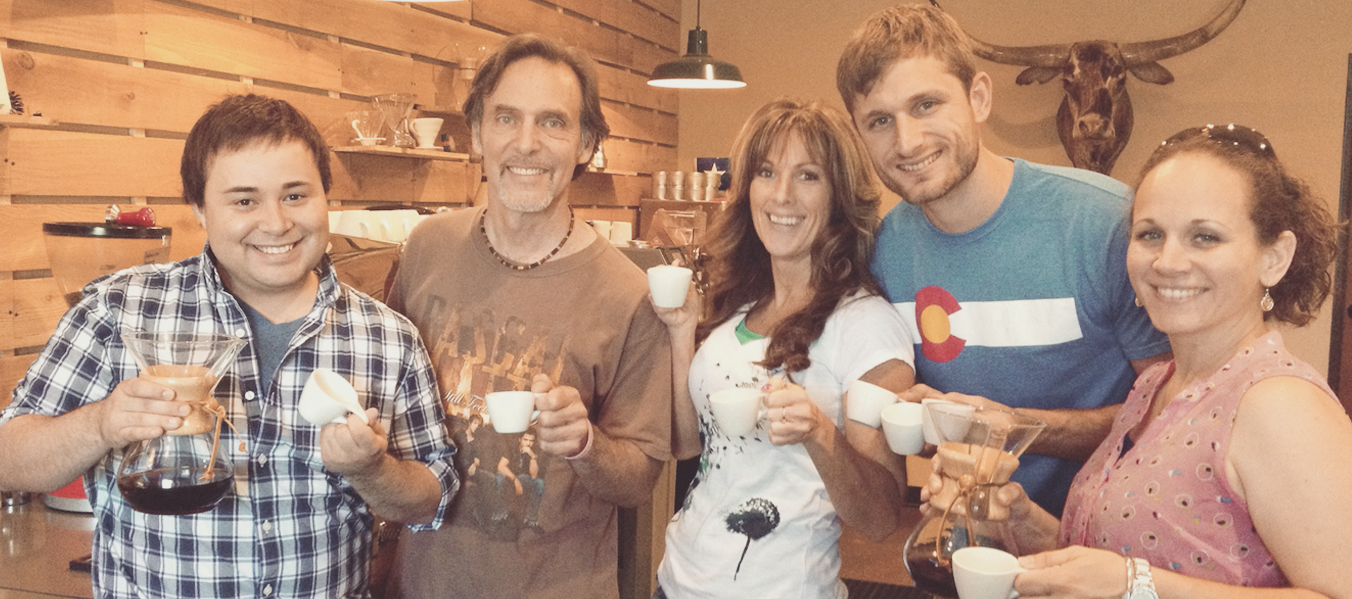
CONTINUE YOUR COFFEE EDUCATION
Texas Coffee School offers a variety of coffee and barista training classes that can enhance your coffee knowledge and brewing skills.
CLICK HERE FOR CLASSES AND ENROLLMENT DETAILS
